Bear Pond Trailhead
Pioneer Trail at Kings Park on Merritt Island
Tiger Bay State Forest
Bear Point Sanctuary
Halpatiokee Regional Park
Big Shoals State Park
Wakulla Springs State Park
Bahia Honda State Park
Bahia Honda State Park, located at mile marker 37 in the Florida Keys, is made up of over 500 acres and an offshore island that is waiting for you to explore. Henry Flagler’s historic Overseas Railroad is a stark reminder of the 1937 Category 5 Labor Day Hurricane.
Bahia Honda State Park is best known for its beaches, Calusa and Sandspur Beach. Favorite water activities include snorkeling, swimming, and scuba diving. Canoeing, kayaking, and boating are popular with easy access to both the Gulf of Mexico and the Atlantic Ocean. Watch for sea turtles and bottle-nosed dolphins.
Snorkeling tours offer the opportunity to explore the sea life at Looe Key National Marine Sanctuary. Look for starfish, spiny lobsters, queen conchs, and nurse sharks.
Saunter along the nature trail that leads you to the Old Bahia Honda Bridge. Enjoy the view while you admire herons, egrets, and ibises. A 3-1/2 mile hard surface road runs the length of Bahia Honda and is a perfect way to enjoy the park on your bicycle.
Bring your lunch and eat at a picnic area with a grill. Leashed pets are allowed in very limited areas.
For those who want to take a few days to experience all that Bahia Honda State Park has to offer, campsites are available for tents and RVs. There are six furnished cabins that accommodate 6 people in each.
Be sure to stay for stargazing. Bahia Honda Key is the darkest location in the Florida Keys.
For more information: https://www.floridastateparks.org/bahiahonda/
Photo Credit: Dan, Nancy, and Christian Kon
National Key Dear Refuge
National Key Dear Refuge
Established in 1957 to protect and preserve in the national interest the Key deer and other wildlife resources, the 9,200-acre National Key Dear Refuge consists of salt marsh wetlands, mangrove forests, freshwater wetlands, pine rockland forests, and tropical hardwood hammocks. Twenty-three endangered and/or threatened animals and plants live in the refuge.
National Key Dear Refuge is surrounded by saltwater and easily accessible on Big Pine Key. Because of karst bedrock, freshwater is stored in the bedrock’s holes and crevices. This freshwater is necessary for Key Deer and other plant and animal species to thrive.
Visiting National Key Dear Refuge on Big Pine Key:
Drive the Speed Limit. Key Deer and other wildlife share the roads with you.
Be sure to stop at the Visitor Center to learn about how to avoid poisonwood trees and stay safe on a trail where you may encounter snakes and alligators.
Saunter along the trails at The Blue Hole. https://www.imagineourflorida.org/blue-hole/
Discover endangered Bartram’s scrub hairstreak butterflies, endangered Lower Keys marsh rabbits, and the endangered Key Deer. https://www.imagineourflorida.org/key-deer/
There are 40 species of reptiles, including alligators and crocodiles, waiting to be discovered. Look for over 250 migratory and resident bird species, including the rarely seen Mangrove Cuckoo. Snakes, including the threatened Eastern Indigo call the refuge home.
Leashed dogs are welcome.
Learn more here:
https://www.fws.gov/refuge/National_Key_Deer_Refuge/
Photo credit: Dan Kon, Nancy Kon, Christian Kon
Mullet Lake Park
– Mullet Lake Park-
Located in Geneva in Seminole County, Mullet Lake Park is best known for its 8 primitive camping sites, its group camping site, and boat launches. The 55-acre park borders Lake Mullet and the St Johns River. This quaint park offers the opportunity to sit and relax under ancient oak trees as you take in the sights and sounds at this remote location.
Listen for the sounds of birds, fish jumping, and frogs croaking. Look for birds of prey, shorebirds, and a variety of blooming wildflowers waiting to be admired.
For more information click here: https://www.seminolecountyfl.gov/…/301554-Mullet-Lake-Park.…
Photo credit: Dan Kon
Little Big Econ State Forest
Little Big Econ State Forest
Located in Geneva in eastern Seminole County, the Little Big Econ State Forest gets its name from both the Econlockhatchee River and the Little Econlockhatchee River. Econlockhatchee means “earth-mound stream” in the Muskogee language and was named by the native Americans for the numerous mounds found along the river.
Before being established on March 24, 1994, by the Florida Legislature, the property was used for cattle ranching, crops, as a turpentine distillery, and for a portion of the Florida East Coast Railway. Today the 10,336 acres in the Little Big Econ State Forest is an outdoor enthusiast’s paradise.
Seventeen miles of the Econlockhatchee River, which has been designating an Outstanding Florida Waterway, makes its way through the forest before flowing into the St. Johns River on the eastern boundary. The Little Big Econ State Forest boasts a variety of habitats including wet prairie, pine flatwoods, sandhill, scrub pine, flatwoods, scrub, sandhill, and oak-palm hammocks.
Over 160 bird species have been spotted in the forest including Bachman’s sparrows, crested caracara, wood storks, swallow-tailed kites, and sandhill cranes. Look for fox squirrels, gopher frogs, gopher tortoises, turkeys, deer, and alligators.
The Little Big Econ State Forest has been named one of the country’s most family-friendly hikes by the American Hiking Society. Saunter along the 5.2-mile loop Kolokee Trail, discover wildlife along the 8 miles of Florida National Scenic Trail, or explore any of the 15 miles of trails located in the forest.
Paddle all or a portion of the 20 mile-long Econlockhatchee River Paddling Trail. There are 12.1 miles of bicycle trails and 9.3 miles of equestrian trails complete with a water trough.
Primitive camping sites are available and some have a picnic table and fire ring.
Reserve the picnic pavilion for your special events.
Enjoy your lunch at a picnic table. Your leashed pets are welcome.
Whether for a day or a week, there is plenty to explore and discover at the Little Big Econ State Forest.
For trail maps and more information:
https://www.fdacs.gov/…/State-…/Little-Big-Econ-State-Forest
Photo credit: Christian Kon
Fort Zachary Taylor State Park
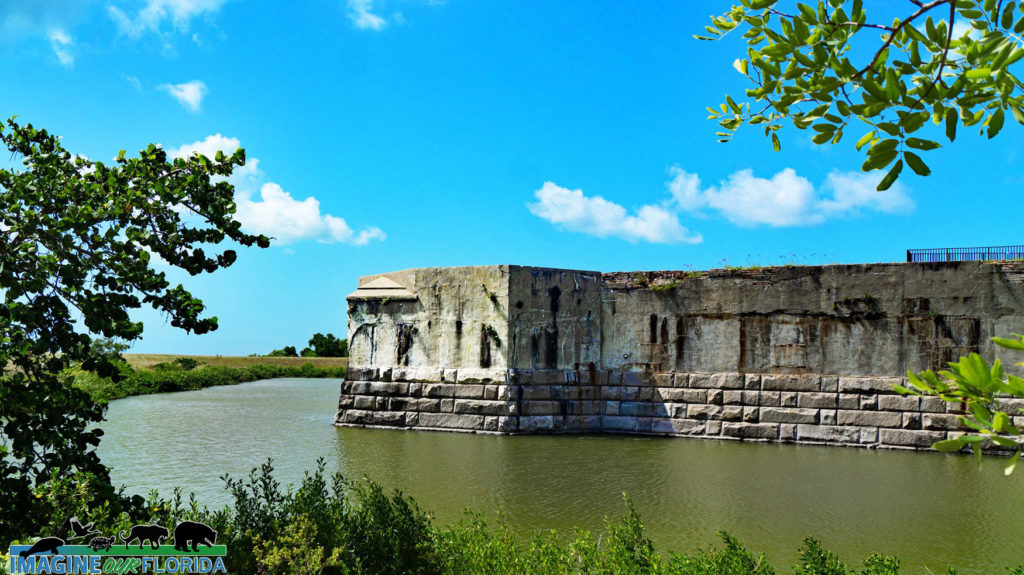
Trimble Park
Trimble Park —
Nestled between Lake Beauclair and Lake Carlton on the Harris Chain of Lakes lies an outdoor paradise. Trimble Park, operated by Orange County, is located near Mt. Dora in Tangerine.
Saunter along the 1.2-mile loop trail surrounded by ancient oaks. The trail runs along the perimeter of the 71-acre park. Wind through forests of pine, oak, and cypress trees. Walk on a boardwalk through the wetlands. Pause near the lakes to enjoy the view and the wildlife who make their homes there. There are plenty of benches to rest on for your wildlife viewing pleasure. Much of the trail is shaded. Bring your lunch and enjoy it at one of the many picnic tables, some of which are under a shaded structure.
Camping sites are available for your tent or RV. Launch your boat, canoe, or kayak from the boat dock. There are playgrounds for your kids. Your dogs on a 6-ft leash are welcome too!
For more information: http://orangecountyfl.net/CultureParks/Parks.aspx…
Park map and more: https://www.ocfl.net/…/Camping%20at%20Orange%20County%20Par…
Fakahatchee Strand Preserve State Park
Fakahatchee Strand Preserve is Florida’s largest state park. The word “Fakahatchee” is the Miccosukee term for “forked river” referring to the water flow around the strand. This area has a canopy of bald cypress trees, royal palms, and occasional gumbo limbo trees. The area also contains more orchids and bromeliads than anywhere else in North America. There are 44 orchids and 14 bromeliads native to this area. Unfortunately, orchid poaching has been a large problem in the past. Keeping the Park Services number on hand and calling if you witness poaching could help protect the many endangered orchids that exist here.
The cypress trees were previously vulnerable to unregulated logging and very few old trees exist. You can also find small freshwater sponges on old floating tree branches. There is also an abundance of wildlife.
Fakahatchee Strand Preserve State Park is on the Great Florida Birding and Wildlife Trail. The strand offers biking, geocaching, canoeing, picnicking, and contains the Karen O’Neil Memorial Garden located at the entrance. Restrooms are available. There is so much to see in this beautiful swamp.
Hours are 8 a.m. to sunset. For more information, check out the website. https://www.floridastateparks.org/…/fakahatchee-strand-pres…
Lake Louisa State Park
Lake Louisa State Park
If you are looking for somewhere to get some fresh air and see some of Florida’s natural beauty, then this is the place to go! Just north of Orlando, off Highway 27 in Clermont, is Lake Louisa State Park. It is open every day of the year until sundown. Lake Louisa State Park lies in the Green Swamp and within the northern boundary of Lake Wales Ridge. The wetlands create natural flood control while supplying the aquifer with filtered water. The Hillsborough, Withlacoochee, Peace, and Ocklawaha Rivers all originate from The Green Swamp.
Camping, hiking, biking, canoeing, kayaking, paddle boarding, and horseback riding are activities waiting to be enjoyed. Guided horseback and kayak tours are great ways to see the park. It is a good idea to bring water and snacks or pack a picnic. Lake Louisa State Park features three major lakes, several smaller lakes, 20 miles of trails, and 7 miles of paved roads.
The park offers trails ranging from a half a mile to 5.5 miles where you can explore 11 different ecosystems. Dudes Loop at 0.5 miles and Compton’s Loop at 1 mile are the shortest trails. South Trail is 1.2 miles and Sandhill Loop is 1.5 miles. The mid-level trails are Big Creek Loop and Bear Lake Loop at 2 miles long, and South Loop at 2.5 miles. The more challenging trails are the Nature Trail at 3.5 miles and Bronson Loop at 5.5 miles. Be sure to get a map at the Ranger Station. The Rangers are very helpful and knowledgeable about the park.
Compton’s Loop Trail has some geological formations of limestone and red clay swirling together to make very pretty colors in the rock. The rock has eroded over time, forming a tiny cliff. The trail leads you through the trees and sable palms up to a hill with tall pine trees and a view of the rolling hills. Make sure to check out the very scenic Lake Louisa Beach that has a long boardwalk with a swampy marsh underneath. Mangrove trees growing out of the water keep the boardwalk nicely shaded. The boardwalk leads you to a sandy swimming area with a playground and picnic table. Bear Lake is a great scenic spot that offers boating access for your handheld watercraft. Bear Lake Loop and Bronson Loop circle the lake and are wonderful trails to immerse yourself in nature and for wildlife viewing.
Look for bobcats, white-tailed deer, tortoises, fox squirrels, and rabbits. Near the lakes, you may see alligators, snakes, and otters. The ranger is happy to give guides to identify some of the snakes who are native to the area, as well as a guide for identifying tracks along the trails. There is so much to #explore and #discover at Lake Louisa State Park for any level adventurer!
For more information and trail map: https://www.floridastateparks.org/pa…/lake-louisa-state-park
Written by Briana Gunnell ~ Valencia student and IOF volunteer
Photo Credit: Briana Gunnell
Moss Park
Moss Park, an Orange County park located in Orlando, is a 1551-acre preserved habitat of wildlife and flora located between Lake Mary Jane and Lake Hart. The many hiking trails and roads in Moss Park make it the perfect spot for walks, bicycle trips, and car visits.
Discover Florida sandhill cranes, gopher tortoises, alligators, deer, raccoons, and many other animals. Moss Park also has a hiking trail with beautiful views that leads you to Split Oak Forest, the home to a 200-year-old live oak tree.
Moss Park provides 54 camping zones suitable for RV or tents. All campsites have fire rings, grills, picnic tables, water, and electricity. Moss Park also has five group sites available that can accommodate up to 450 campers when combined. A dock and boat ramps are available for the visitors and a playground is waiting for the kids to enjoy.
The park is open from 8 am to 8 pm every day except Christmas. Only service animals are permitted in Moss Park.
Gather the family and discover all that Moss Park has to offer. Bring your binoculars, a picnic lunch, and immerse yourself in Nature.
For more information: http://www.orangecountyfl.net/CultureParks/Parks.aspx…
Contributor: Steven Marquez – IOF Volunteer
Photo Credit: Steven Marquez
Econ River Wilderness Area
Econ River Wilderness Area
Purchased by Seminole County in 1994, the 240-acre Econ River Wilderness Area is located south of Oviedo on the west side of the Econlockhatchee River.
Explore 3 miles of trails including the 2.2-mile Main Loop Trail and the 1/2-mile Flatwoods Loop Trail. Saunter through pine flatwoods, sandhill, oak hammocks, and river swamp habitats. Rest on one of the benches at the river.
Discover gopher tortoises, great horned owls, northern bobwhites, golden mice,
raccoons, fox squirrels, white-tailed deer, bobcats, river otters, and more who make their homes in the wilderness area.
Put on your hiking shoes, bring your horse or bike, your dog on a leash, and enjoy your day in the wilderness from sunrise to sunset. Join the nearly 40,000 people who visit the Econ River Wilderness Area each year. Don’t forget your camera.
For more information: http://www.seminolecountyfl.gov/…/Econ-River-Wilderness-Are…
Photo Credit – David Gale
Hillsborough River State Park
Hillsborough River State Park
Nature and history abound at Hillsborough River State Park located just outside of Tampa. Explore one of the 7.3 miles of trails, learn about the Seminole Indian Wars at Fort Foster, and find peace along the waters of the Hillsborough River.
Fort Foster was originally built in 1836 to defend the bridge which crossed the Hillsborough River on Fort King Military road. It served as a place to resupply soldiers during the Second Seminole War. In 1936, Civilian Conservation Corps realized the historic significance of Fort Foster and the allure of the Class II rapids located nearby.
The Corps opened Hillsborough River State Park to the public in 1938. Today, visitors are invited to explore within the reconstructed walls of Fort Foster complete with blockhouse stairs and cannons. Plan your trip in January to see reenactments at the Fort Foster Rendezvous or in December at the Candlelight Experience.
Hillsborough River State Park is designated a Great Florida Birding and Wildlife Trail. There are 4 trails within the park that wind through pine flatwoods, a floodplain swamp, a hardwood and hydric hammock, and a cypress swamp.
Hike or bike along the 1.6-mile Wetlands Trail through cypress domes and Flatwoods where you may encounter bobcats, hawks, and a variety of rare plants. Saunter down the Rapids Trail to the swift, flowing Class II rapids on the Hillsborough River.
Paddle a kayak or canoe down the Hillsborough River or for the more adventurous, down the rapids. Cool off in the ADA accessible swimming pool.
Primitive campsites and 112 campsites for tents or RVs are located in the park. Playgrounds and picnic areas are waiting for you to enjoy. Pavilions are available to rent for reunions and other special events. A poolside cafe, camp store, and bike and canoe rental are located in the park for your convenience. Pets are welcome and must be on a 6′ leash.
For more information click here: https://www.floridastateparks.org/…/hillsborough-river-stat…
Photo Credit: Aymee Laurain

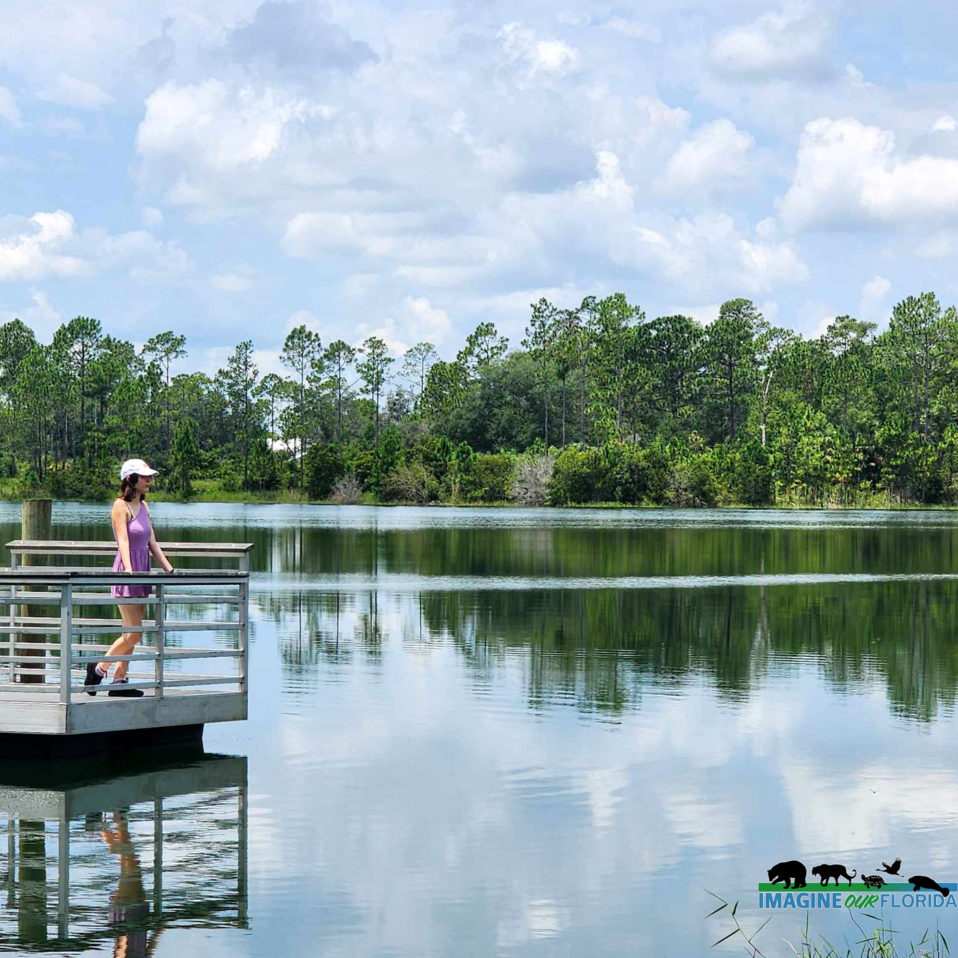
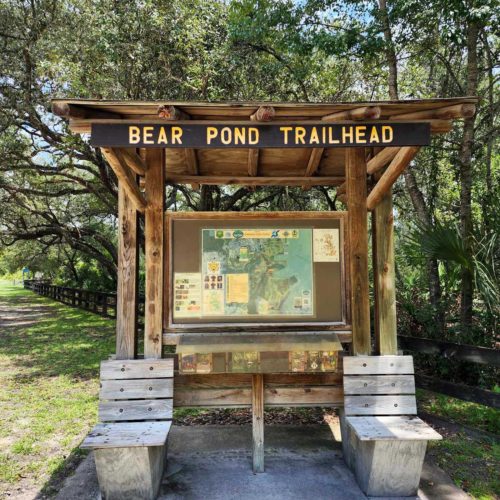
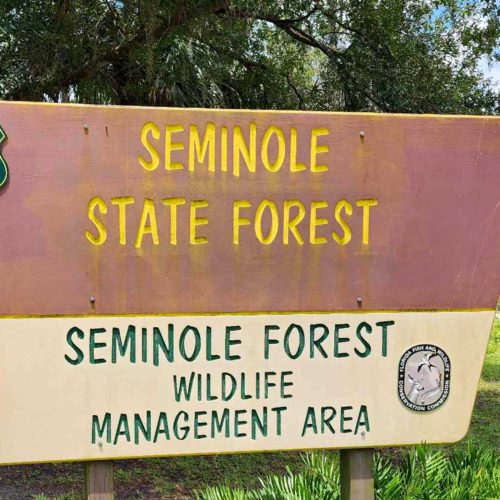
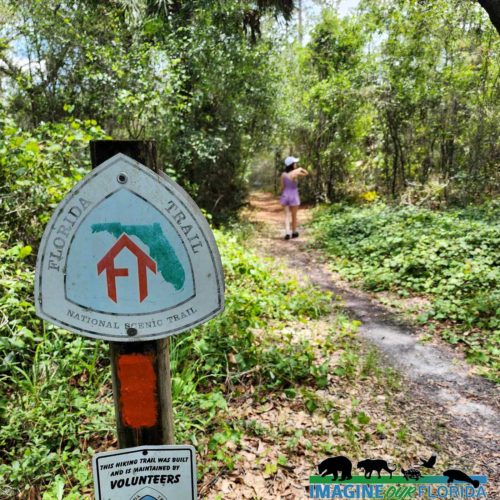
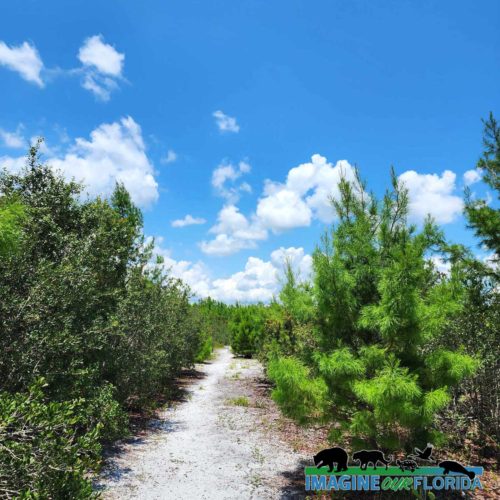
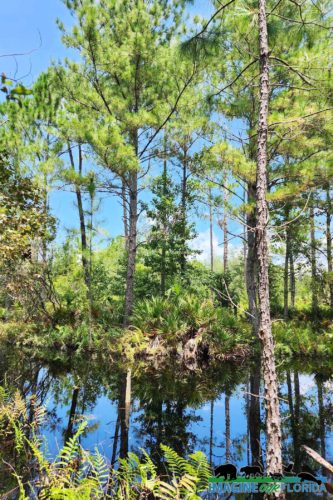
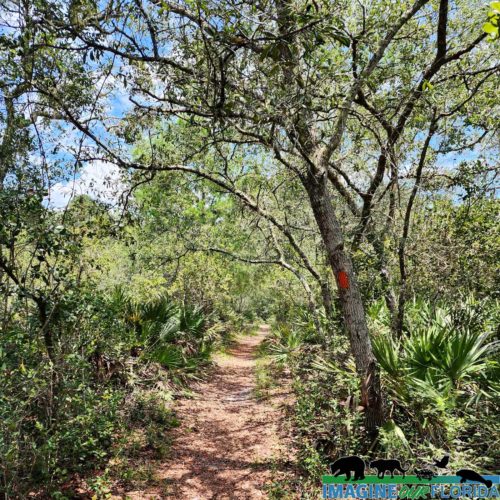
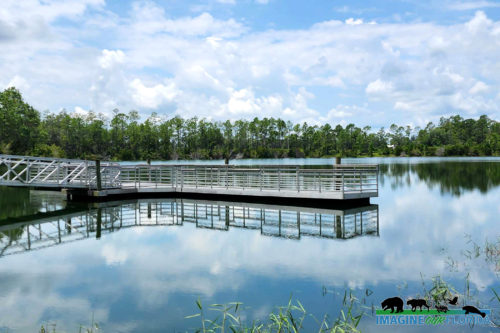
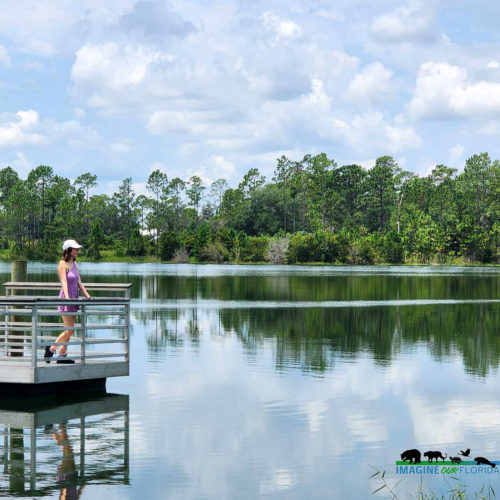
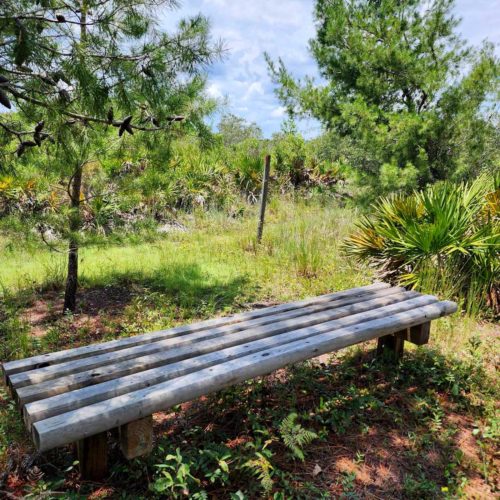
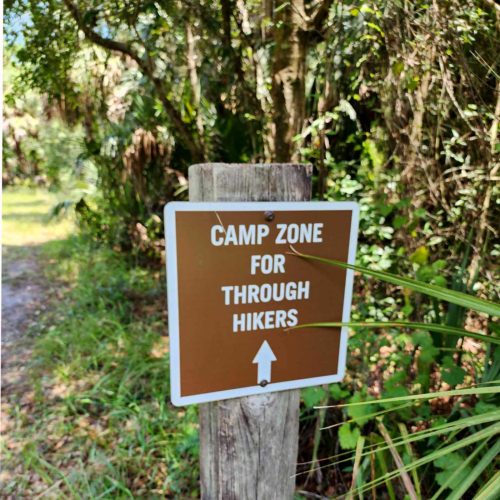
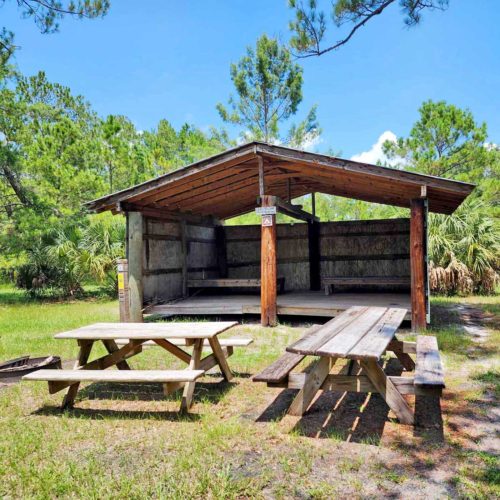
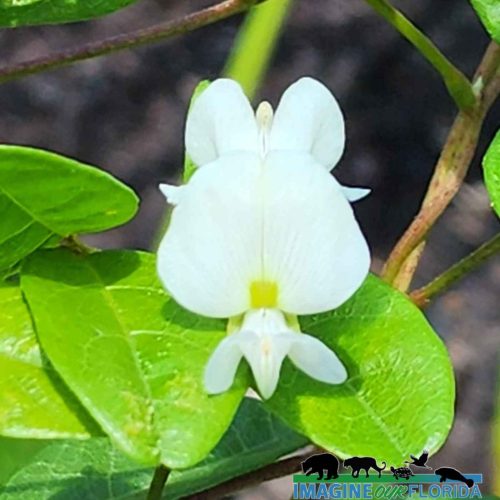
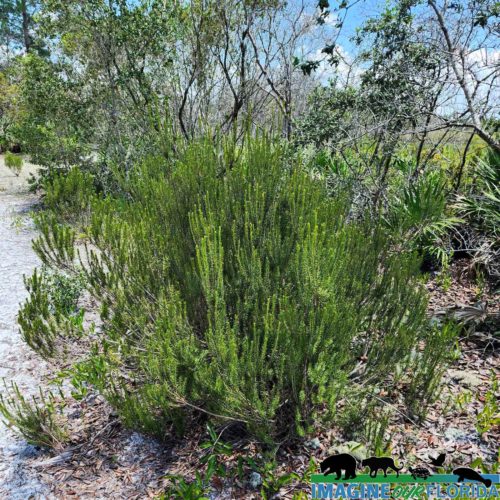
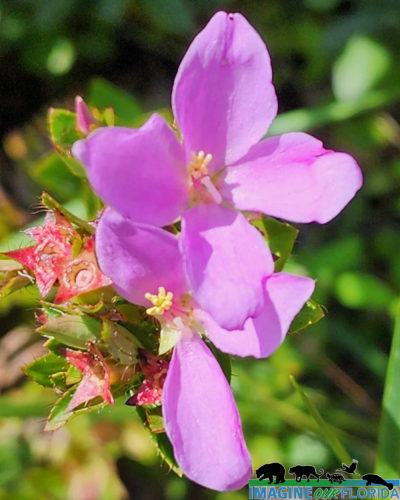
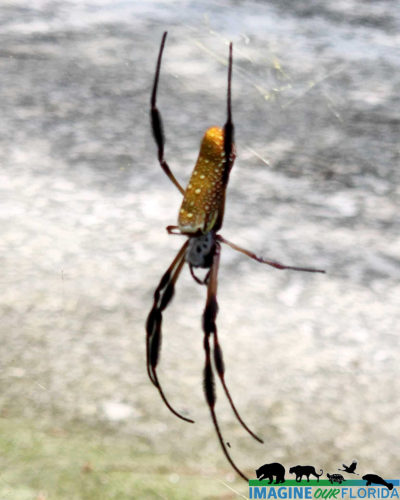
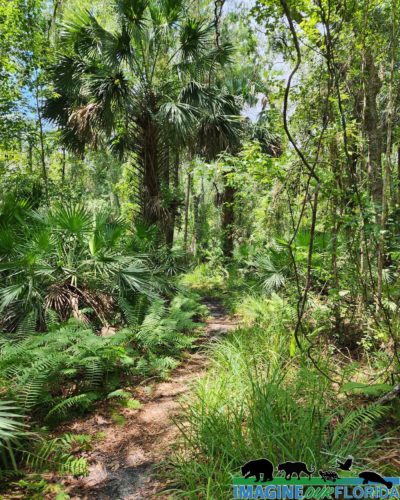
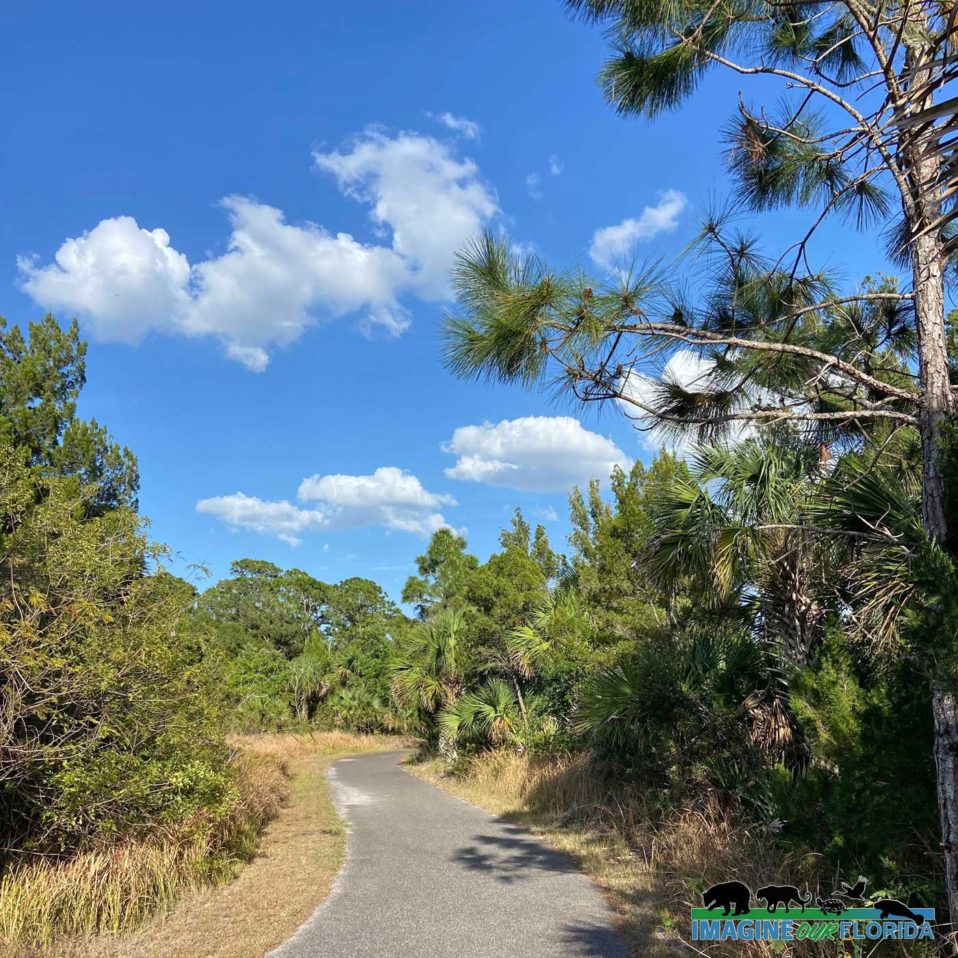
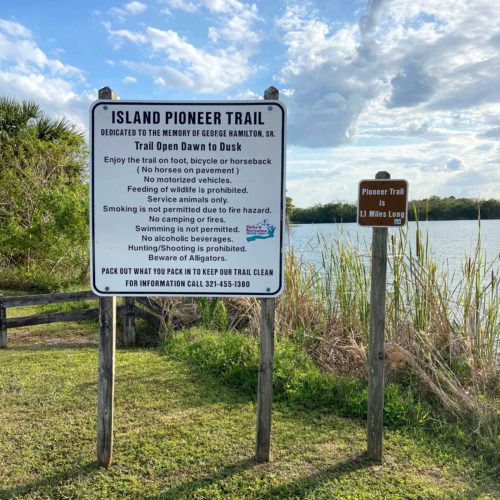
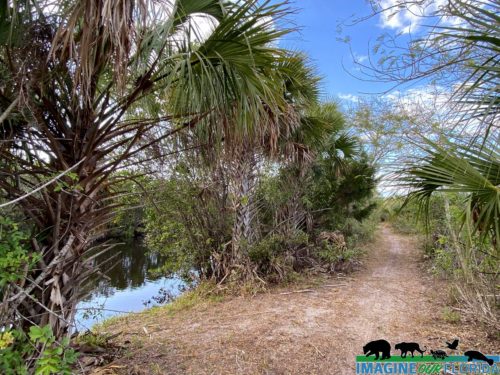
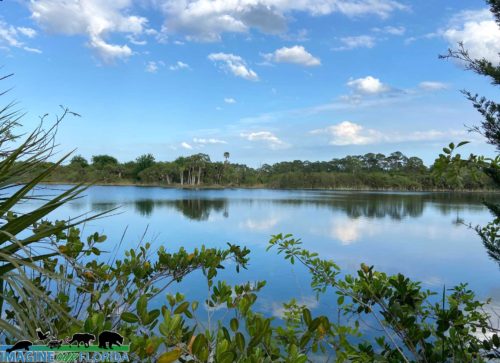
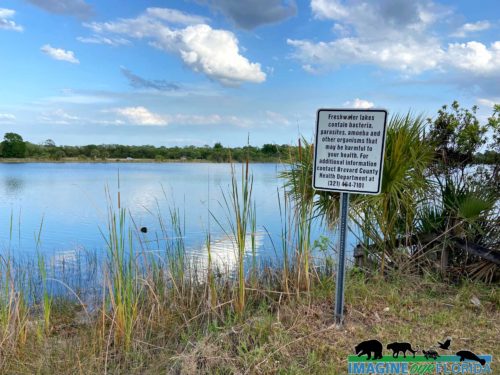
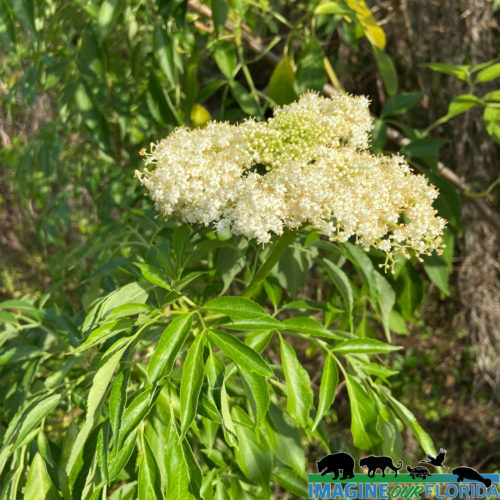
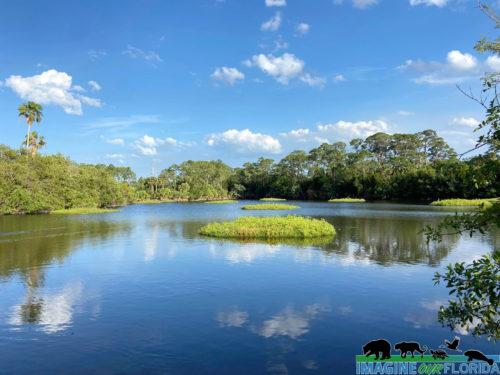
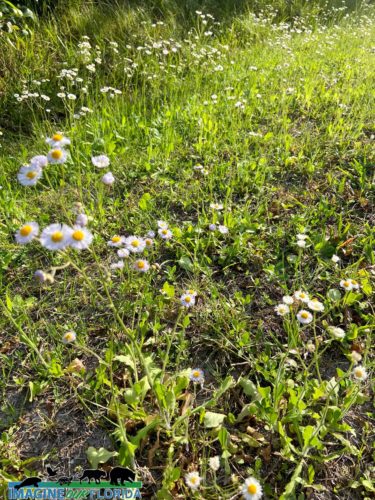
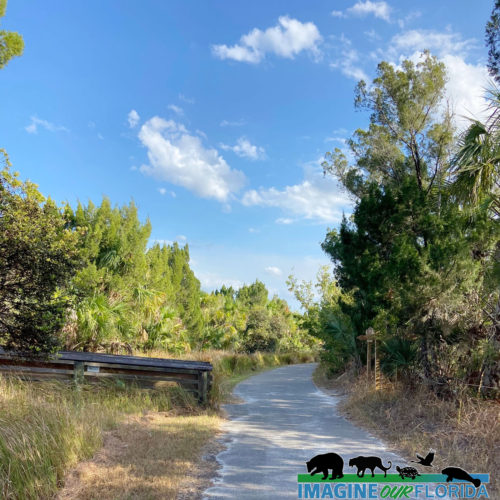
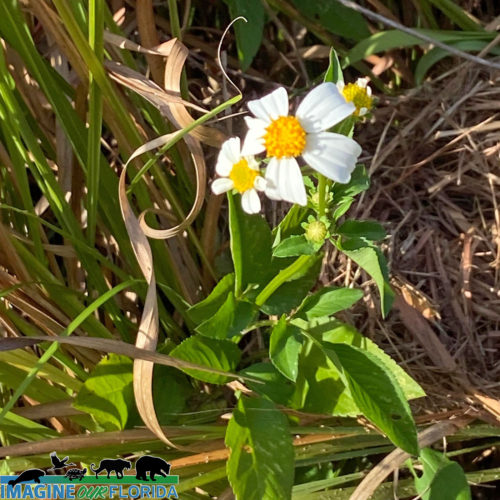
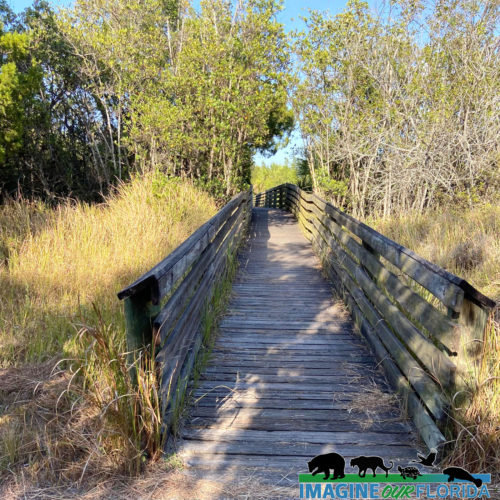
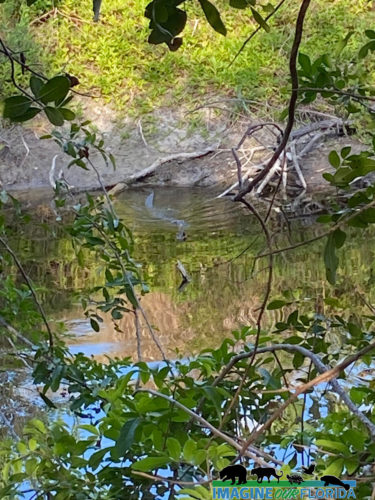
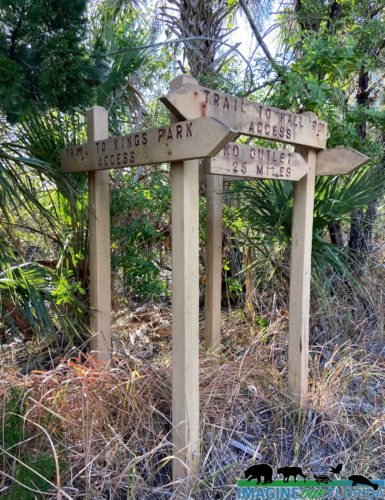
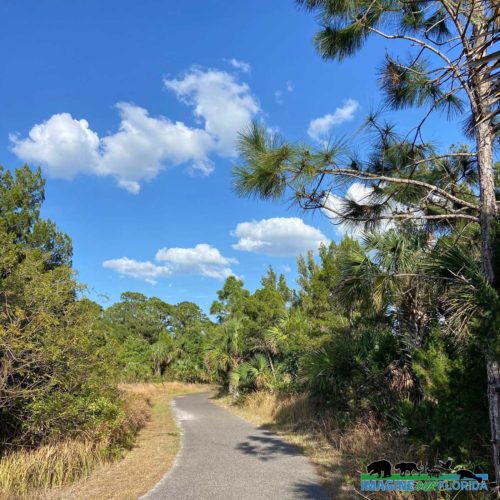
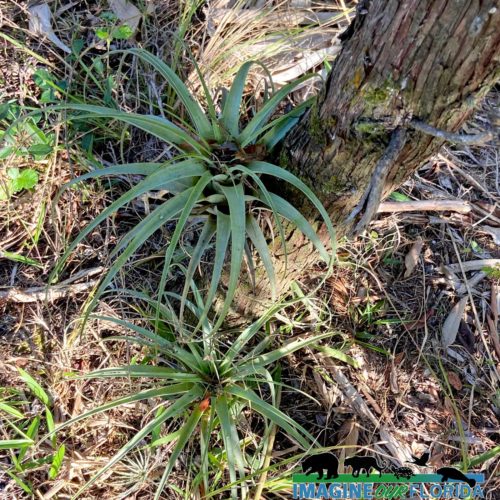
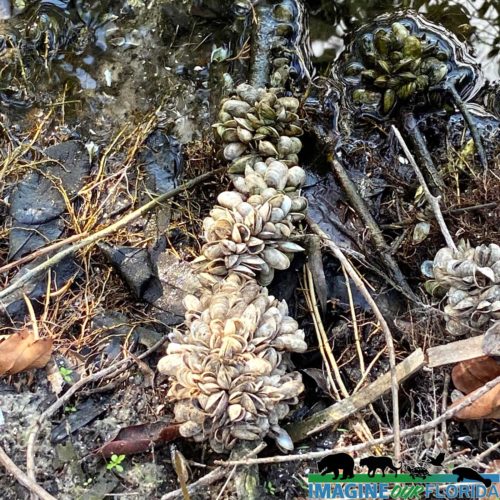
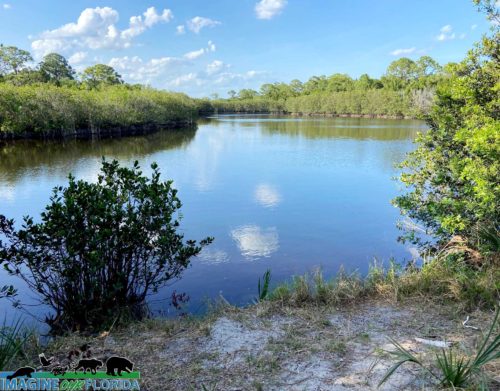
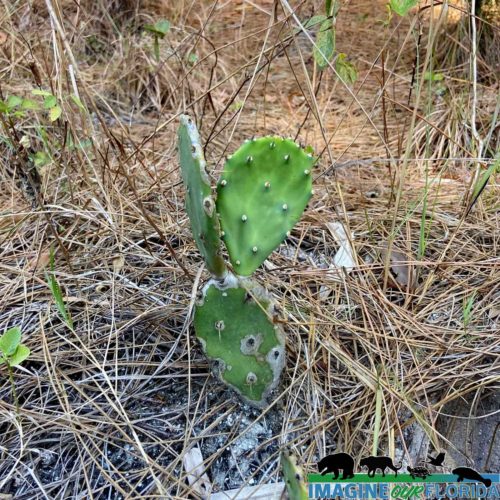
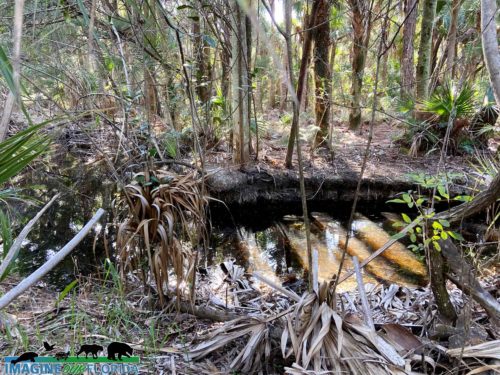
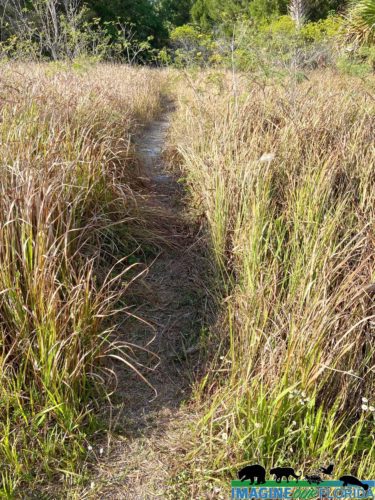
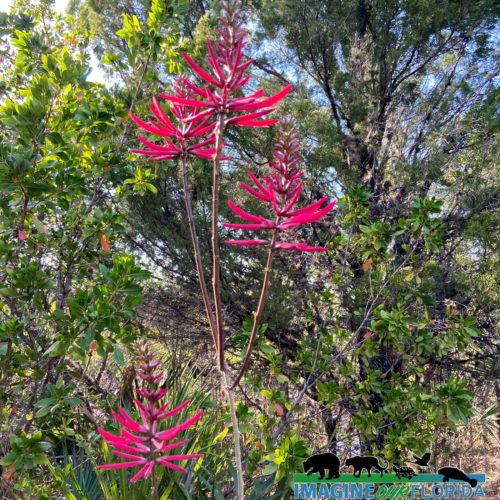
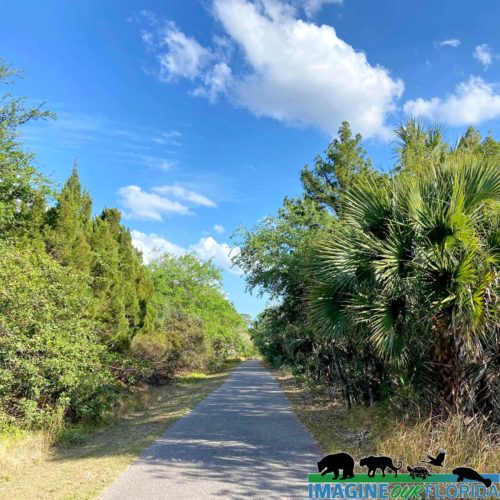
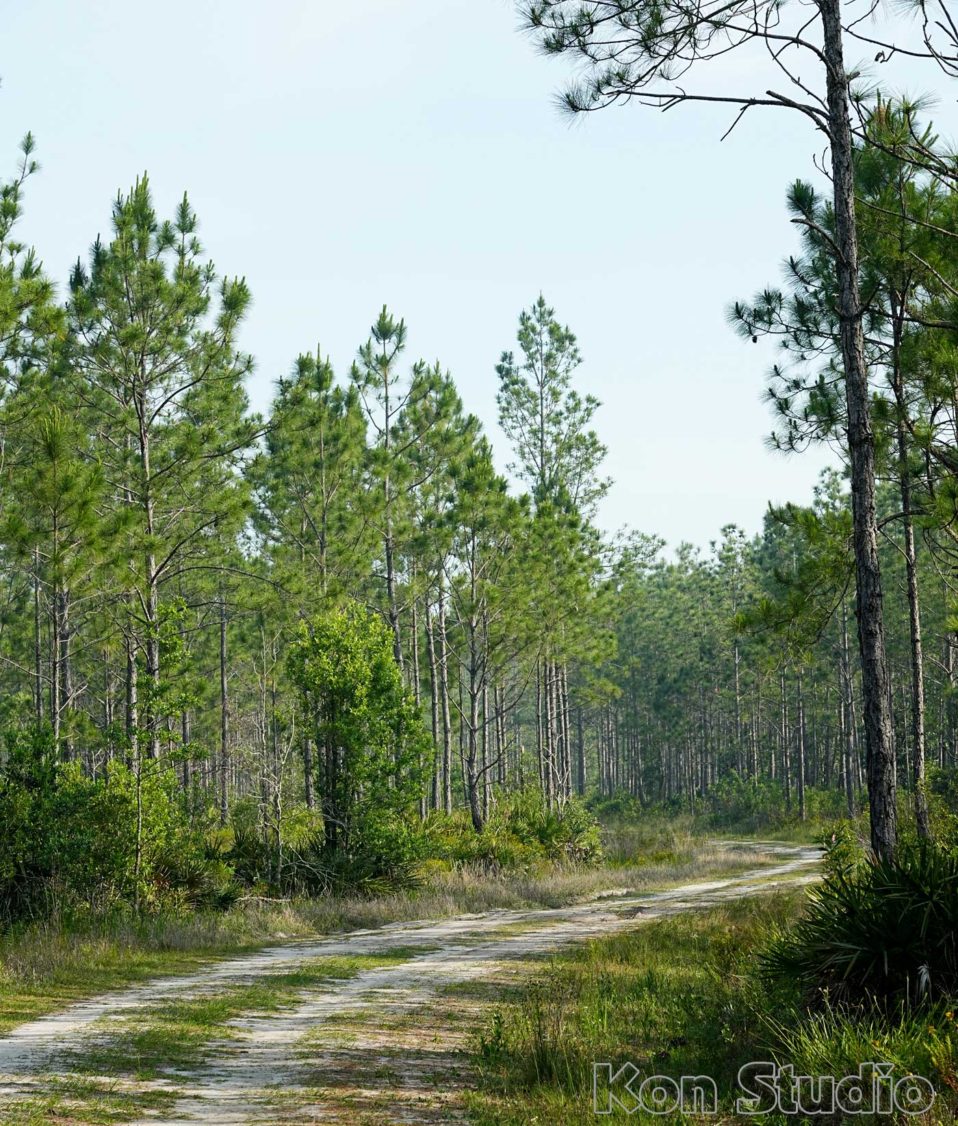
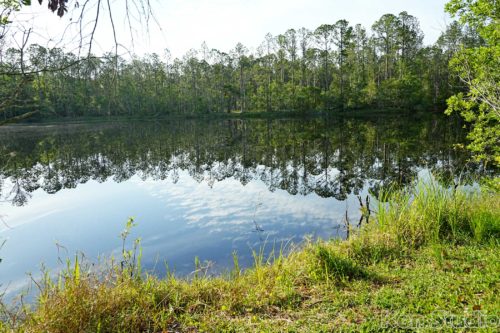
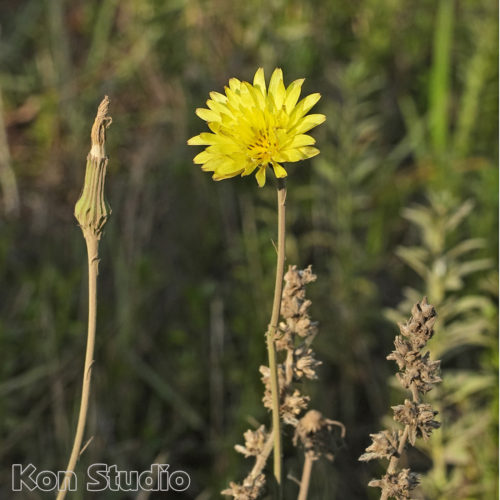
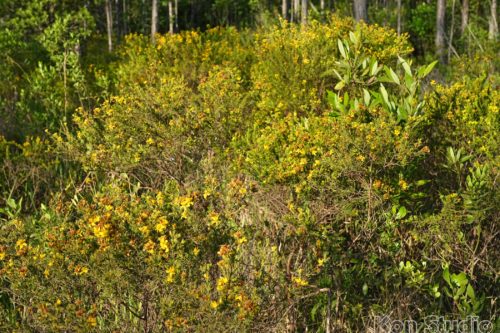
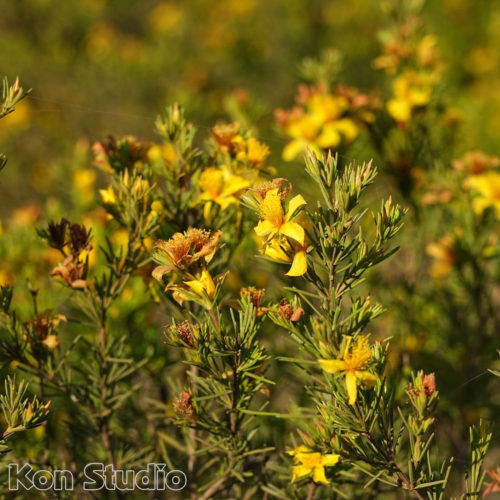
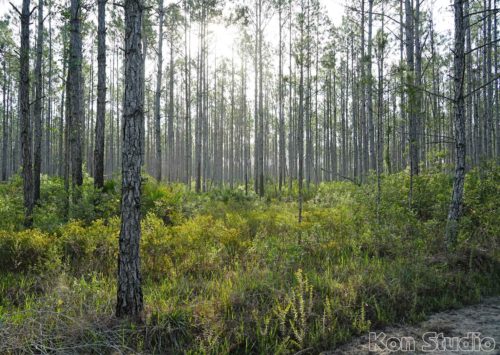
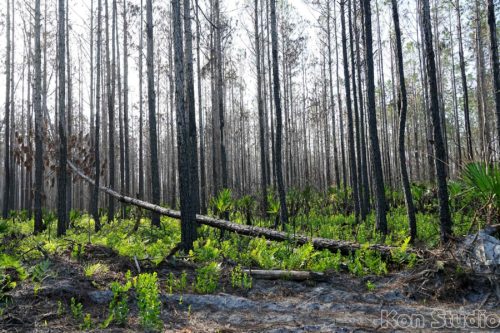
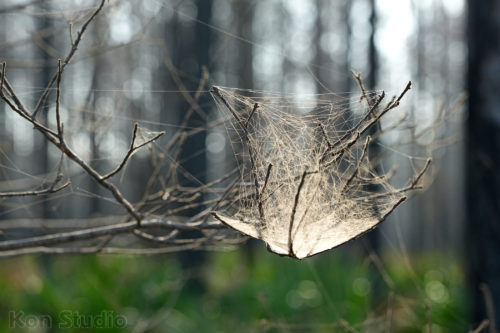
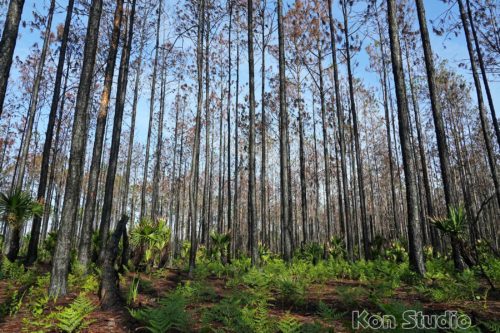
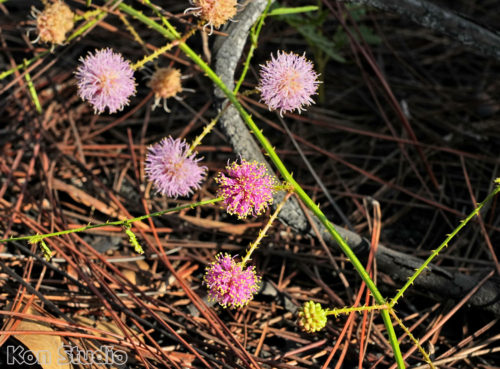
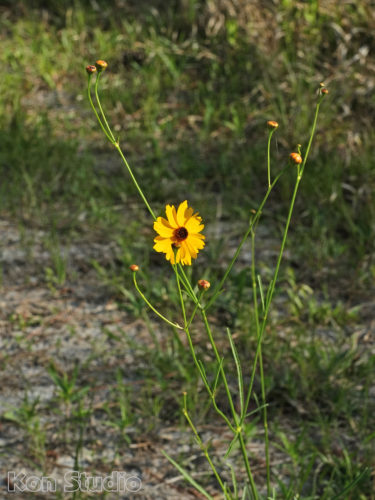
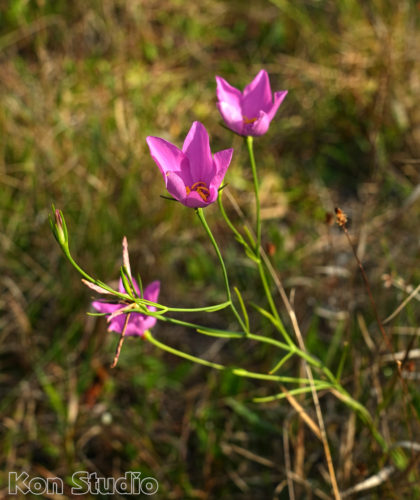
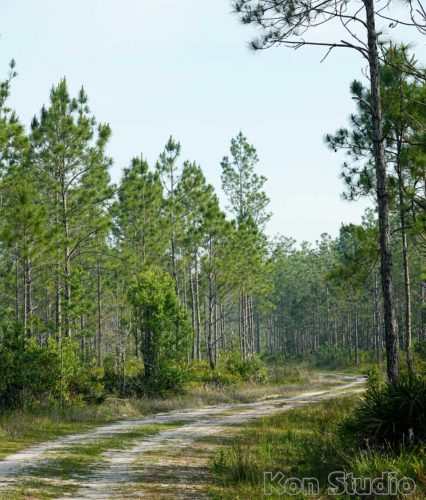
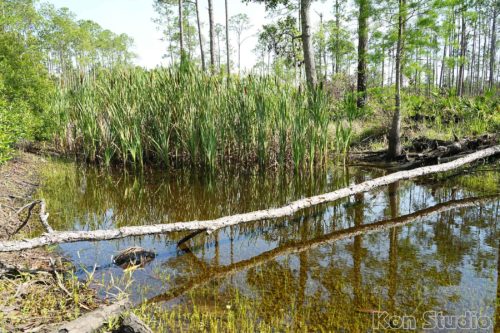
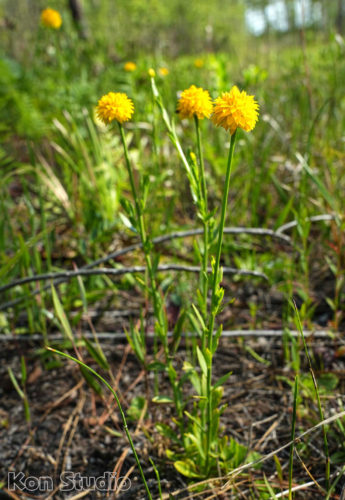
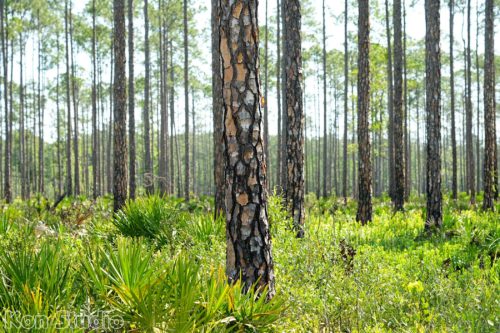
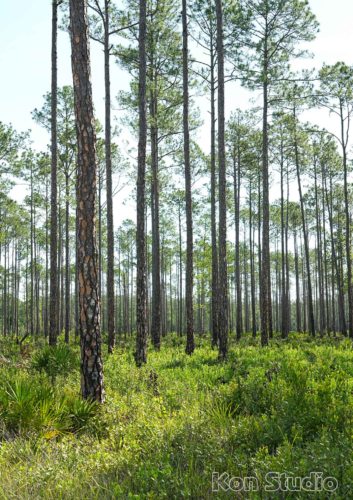
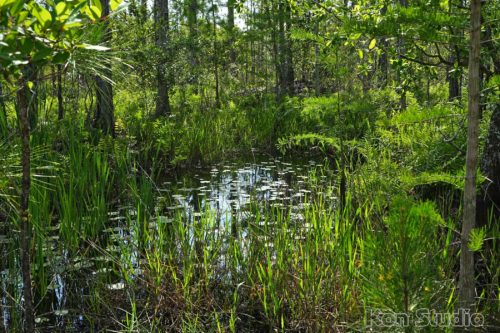
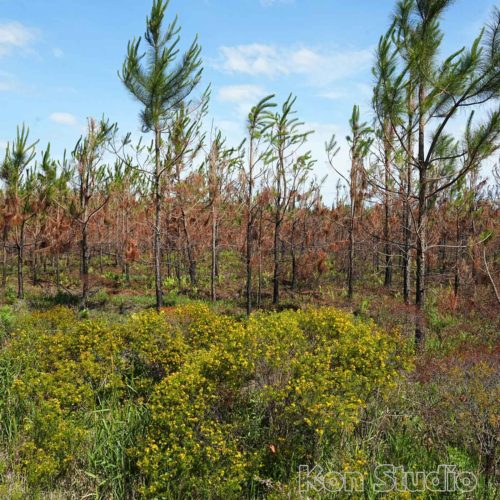
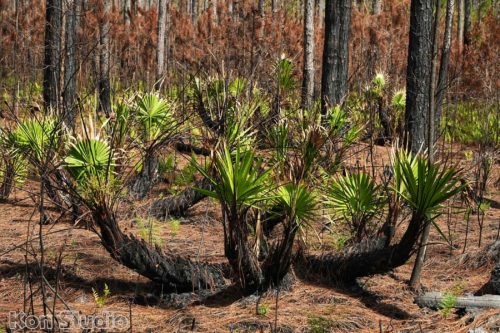
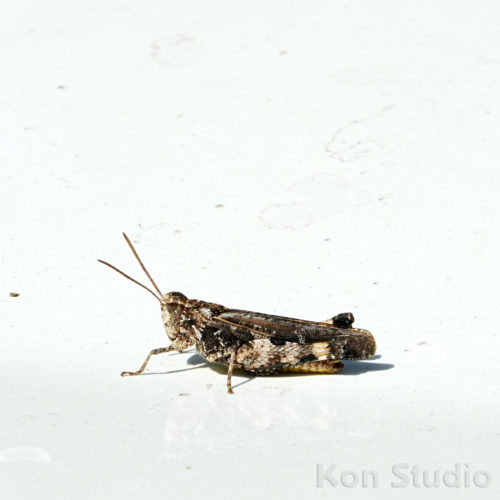
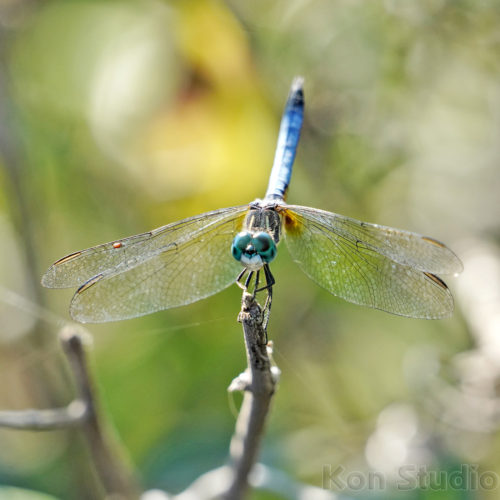
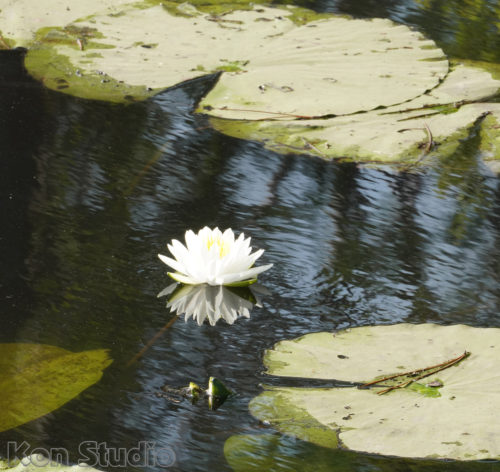
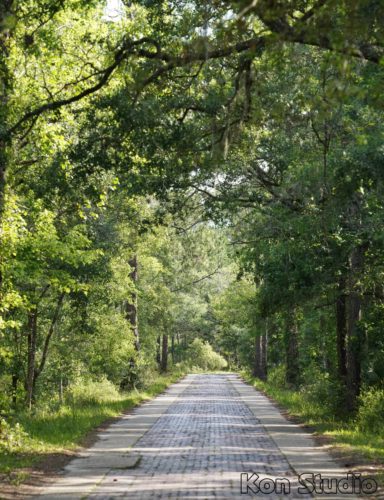
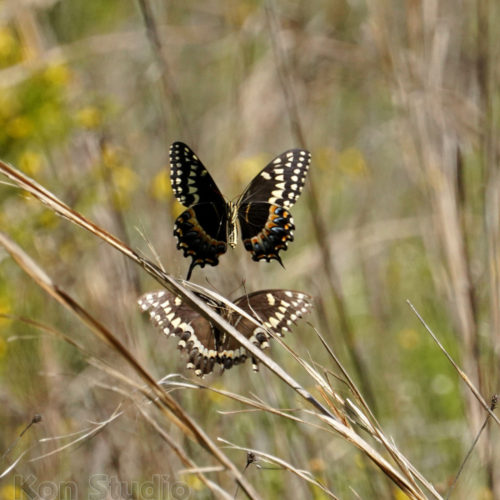
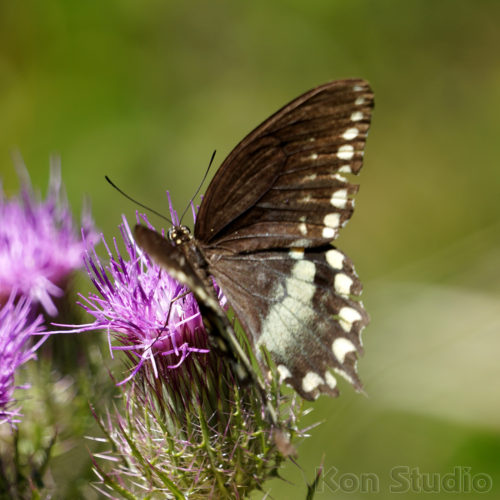
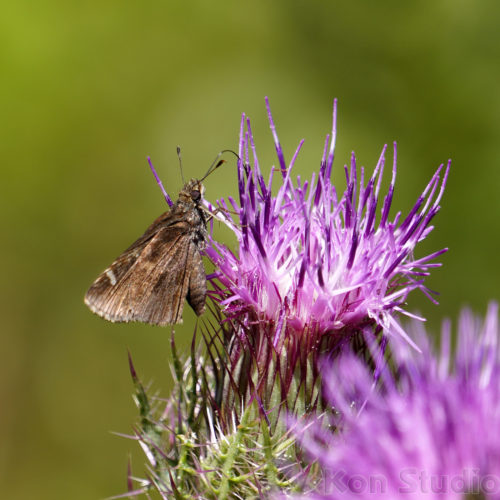
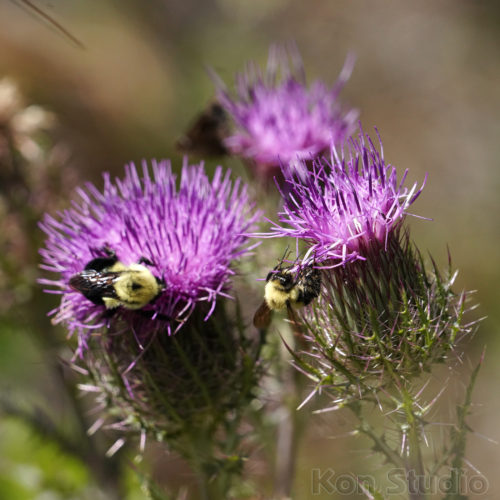
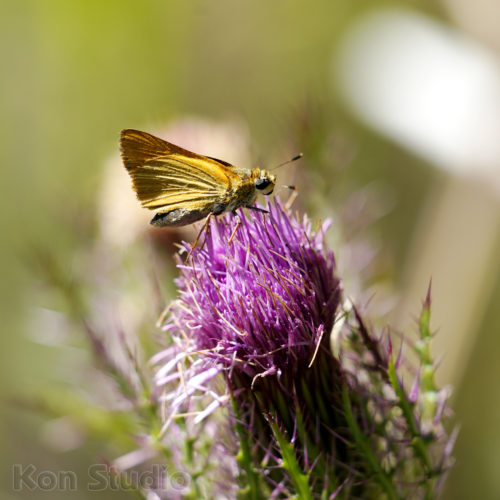
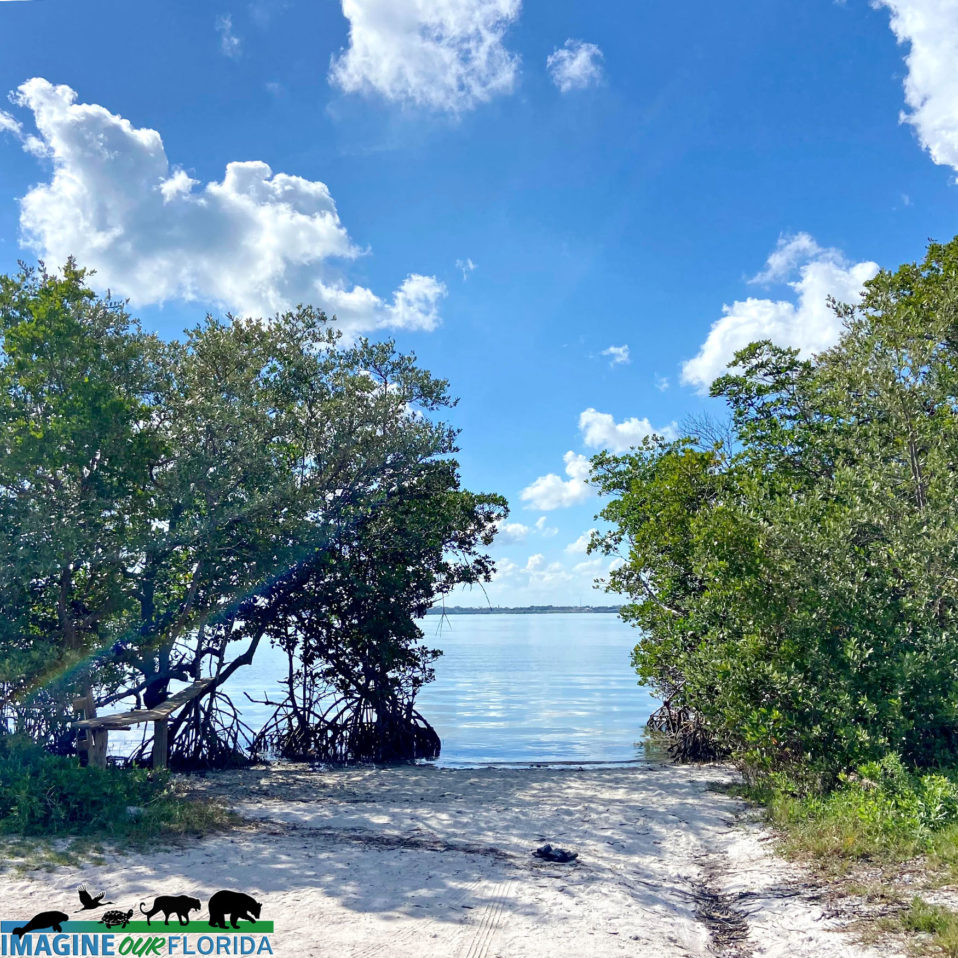
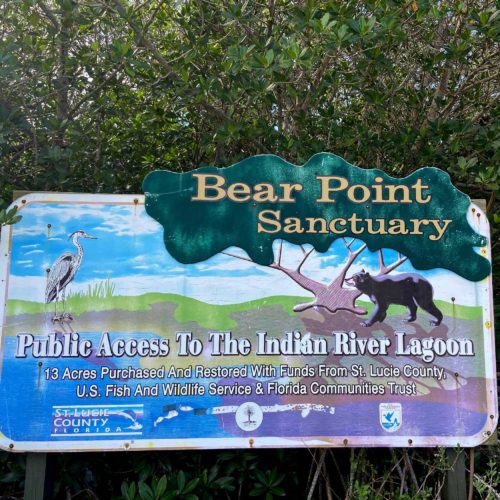
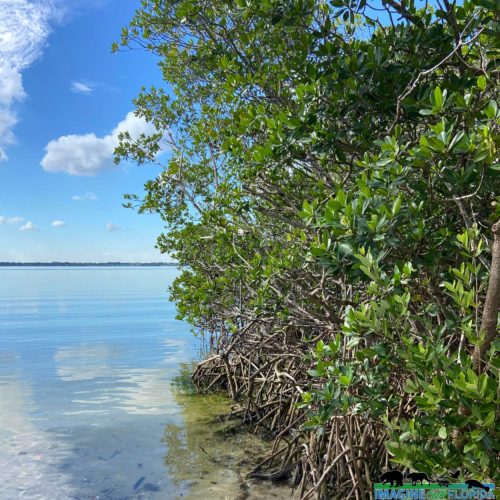
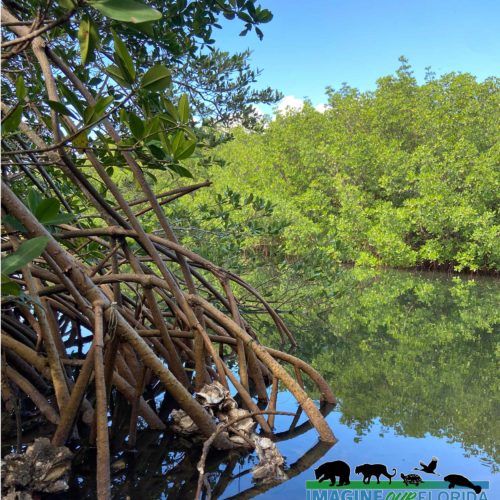
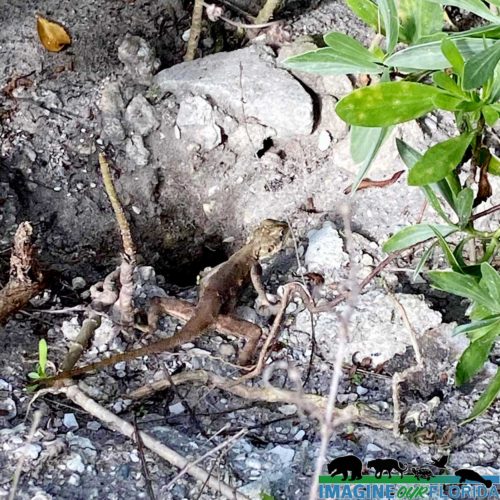
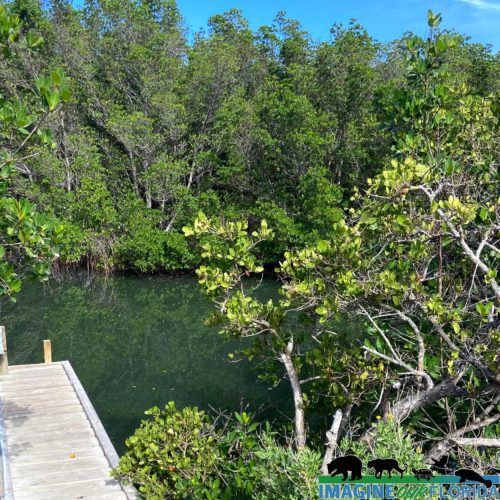
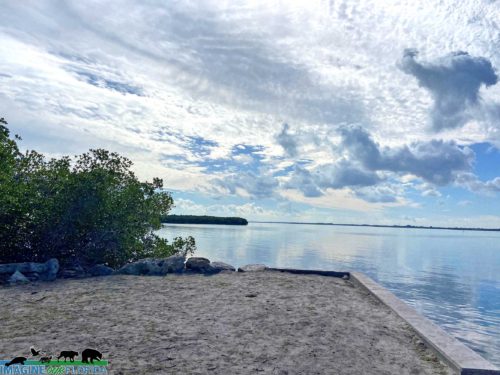
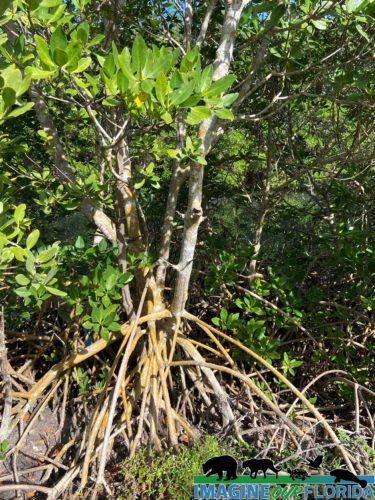
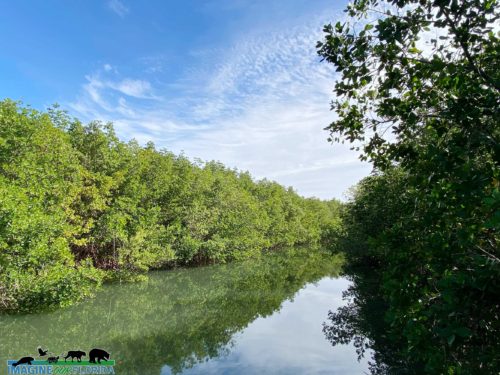
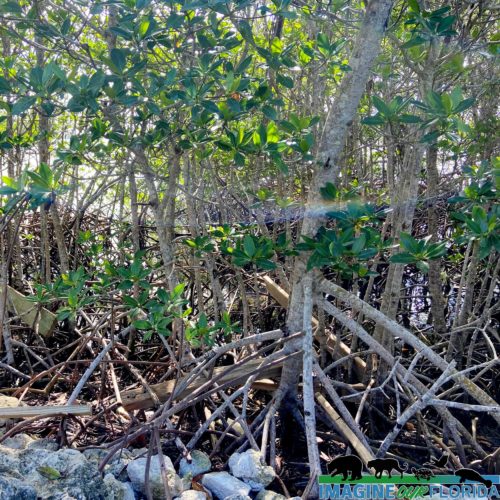
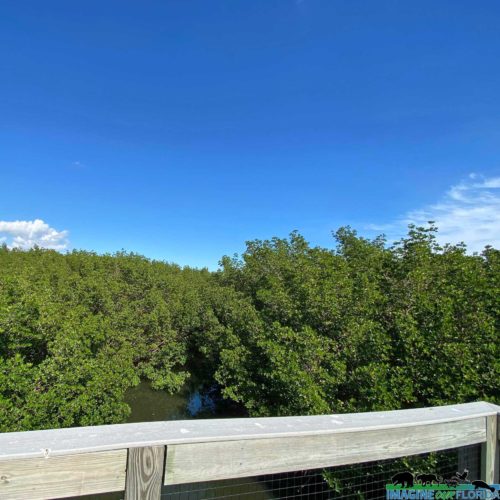
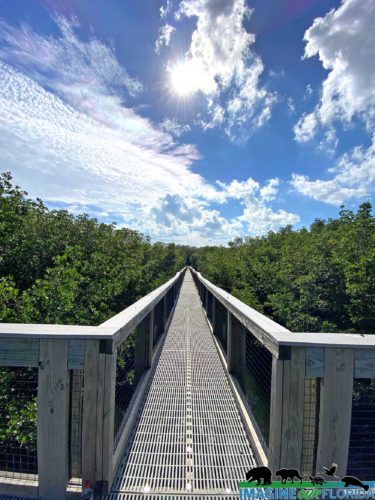
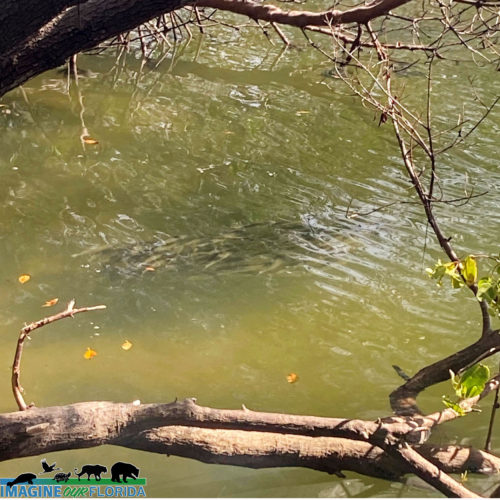
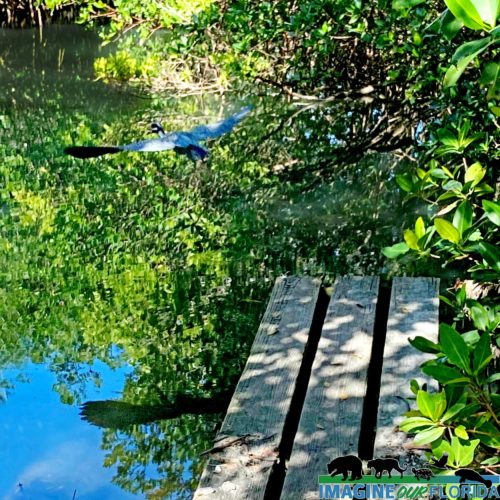
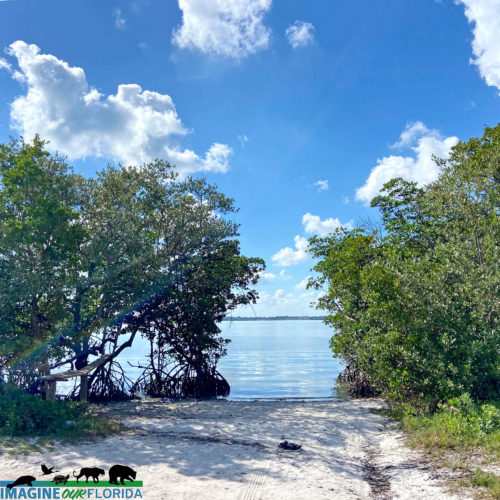
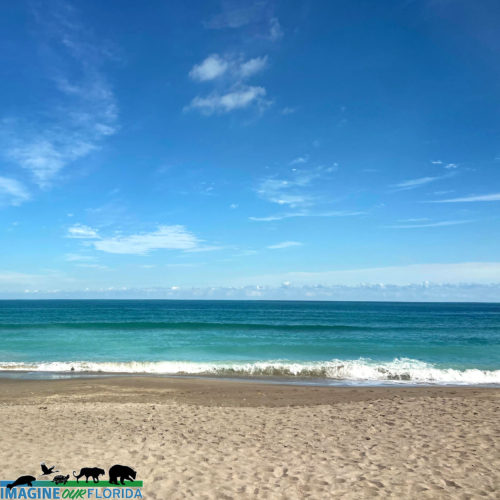
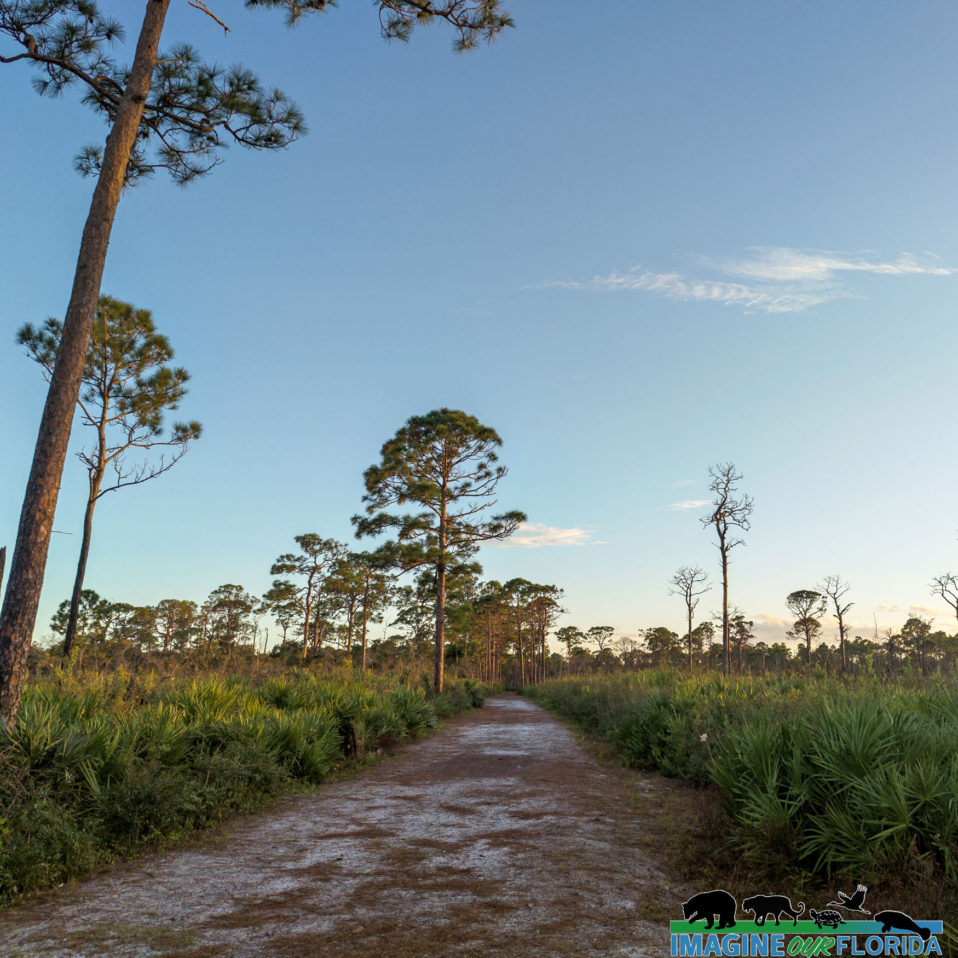
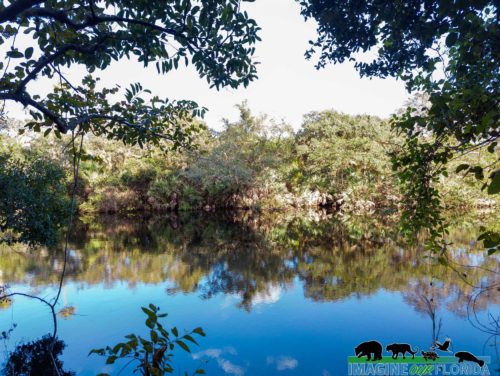
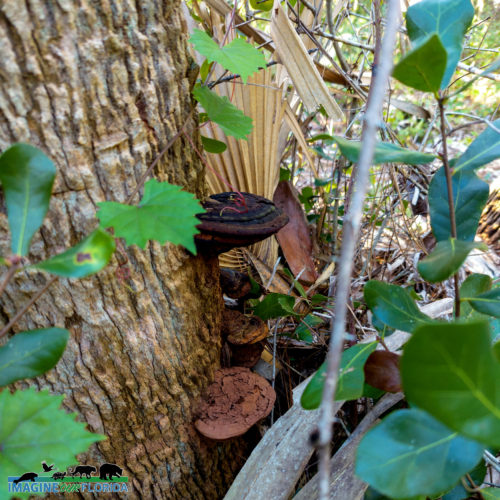
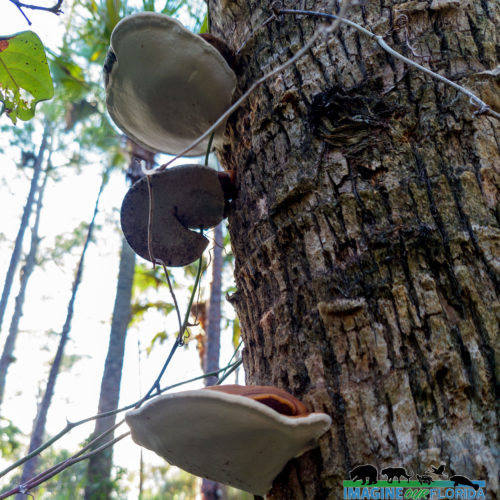
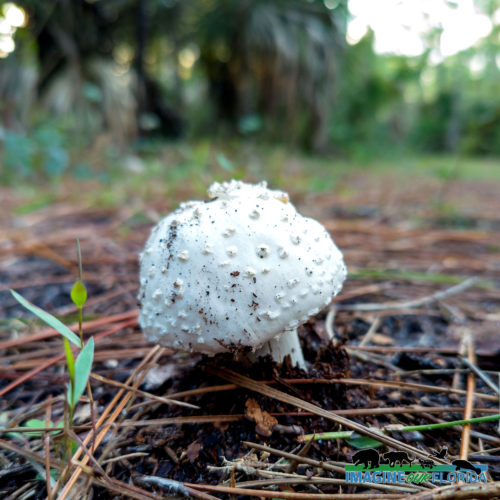
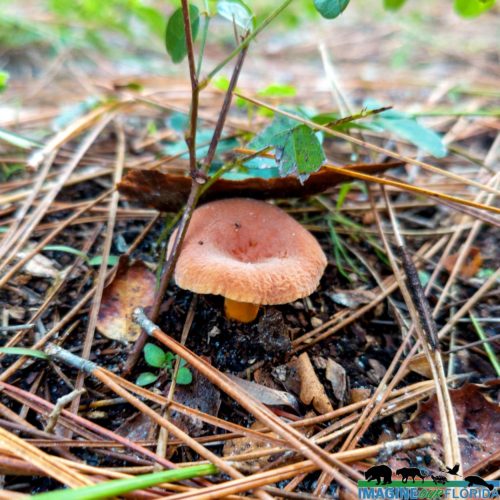
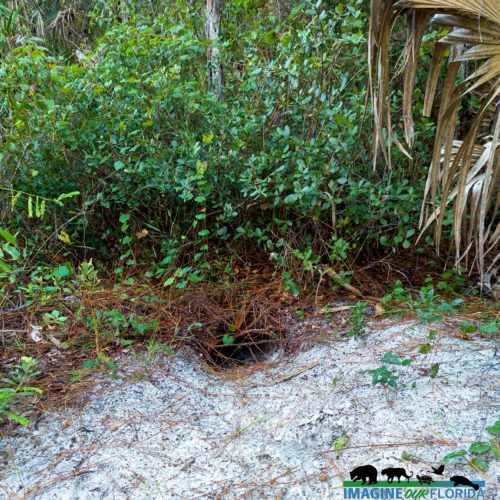
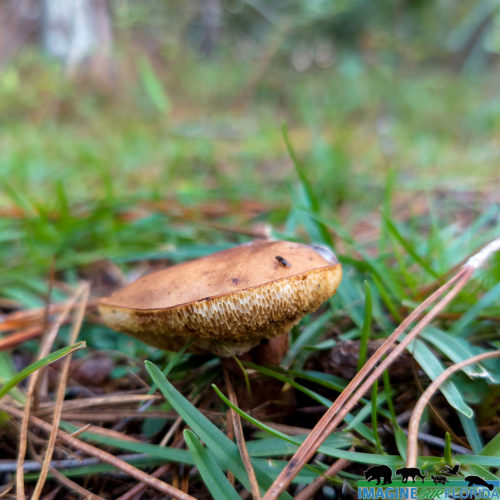
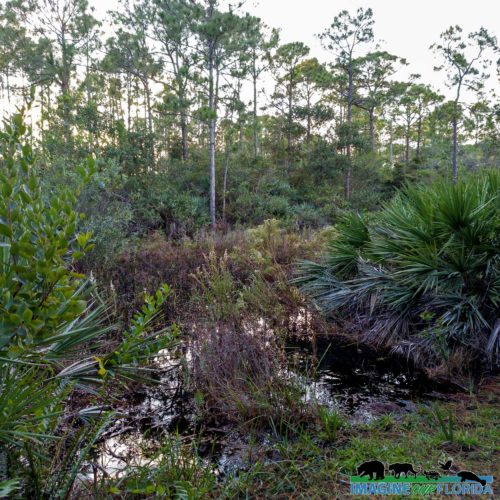
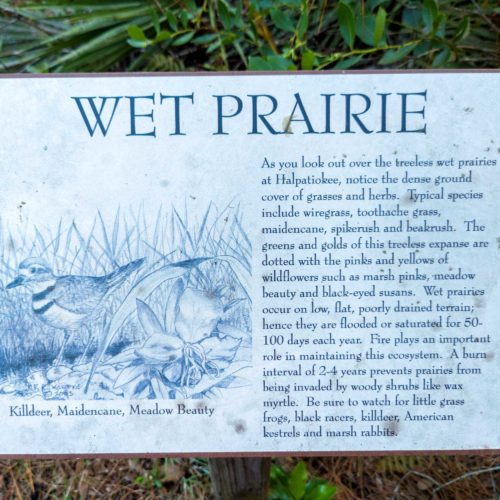
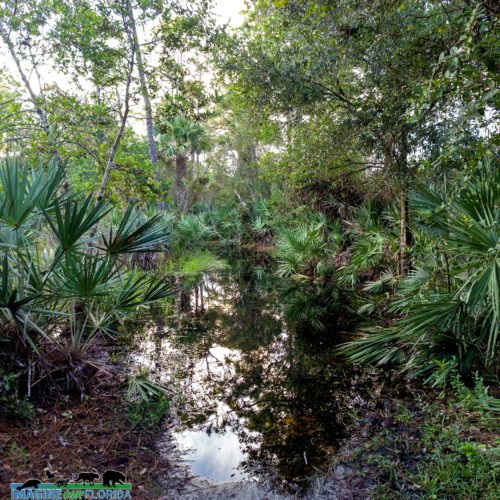
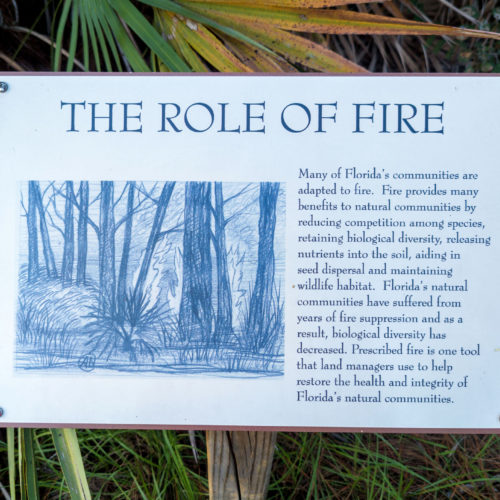
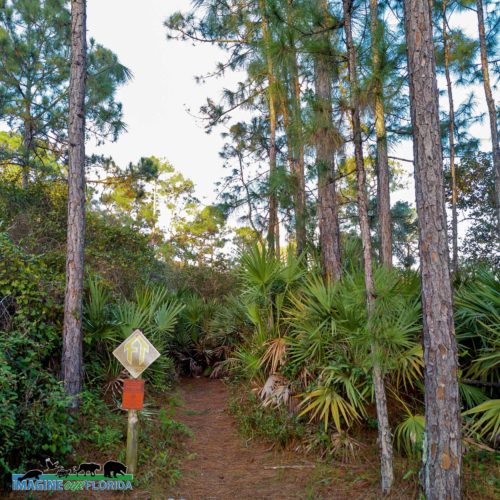
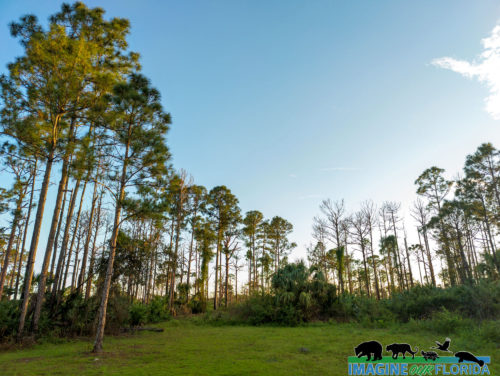
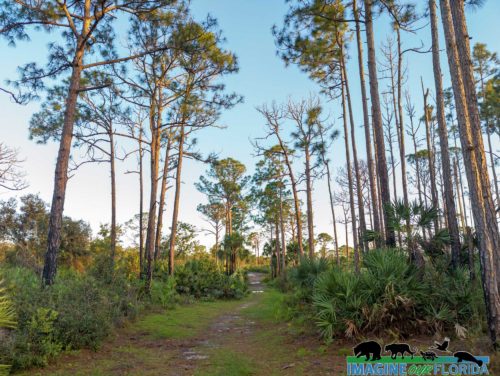
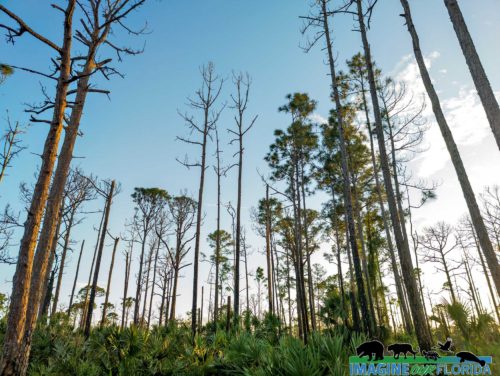
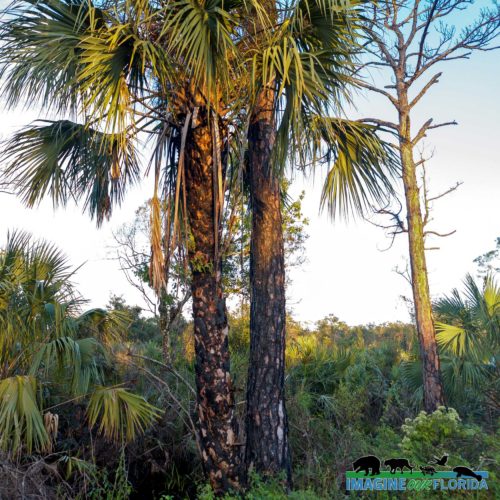
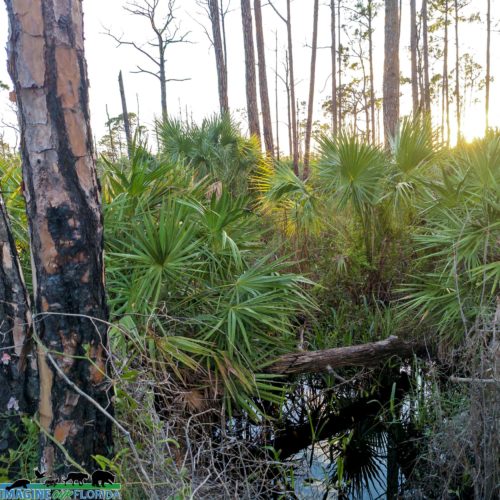
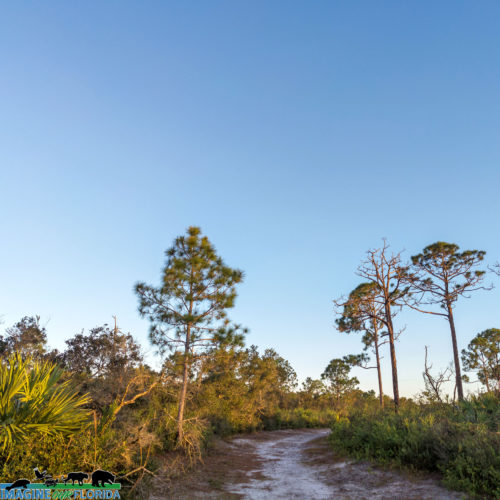
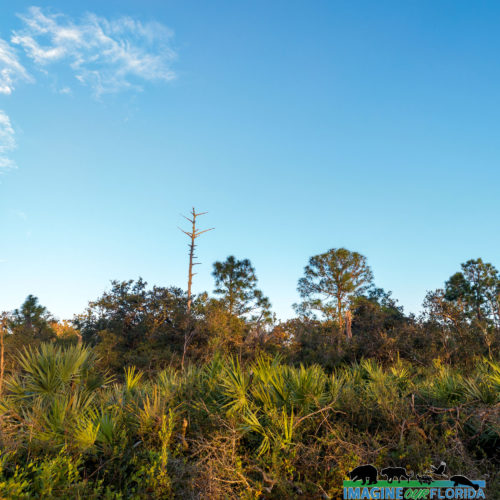
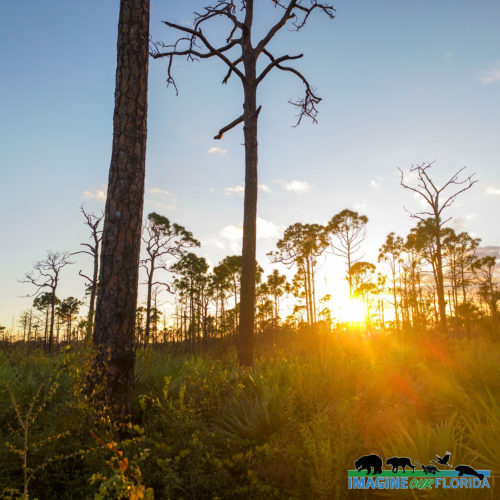
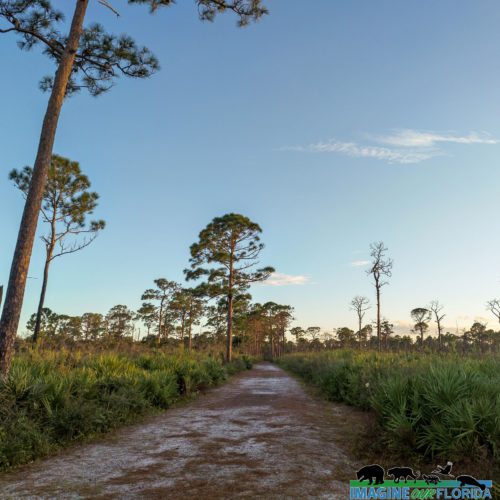
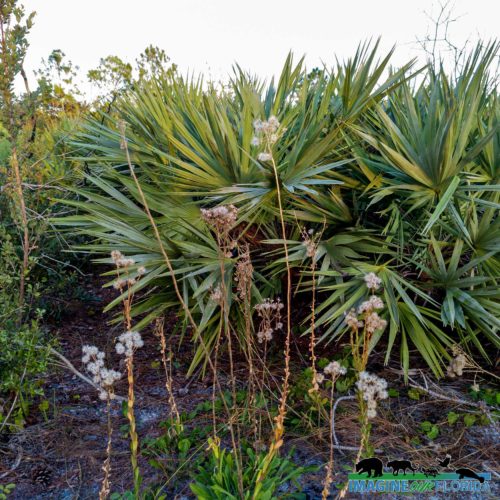
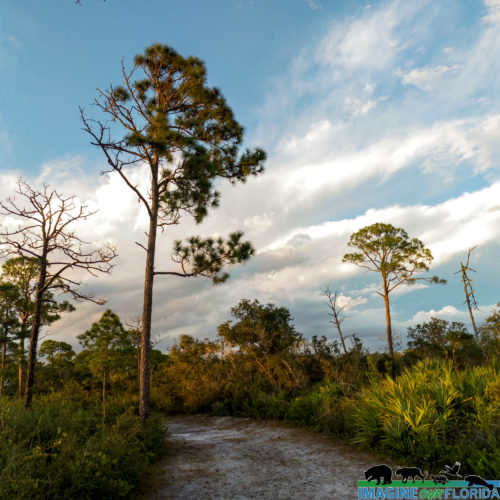
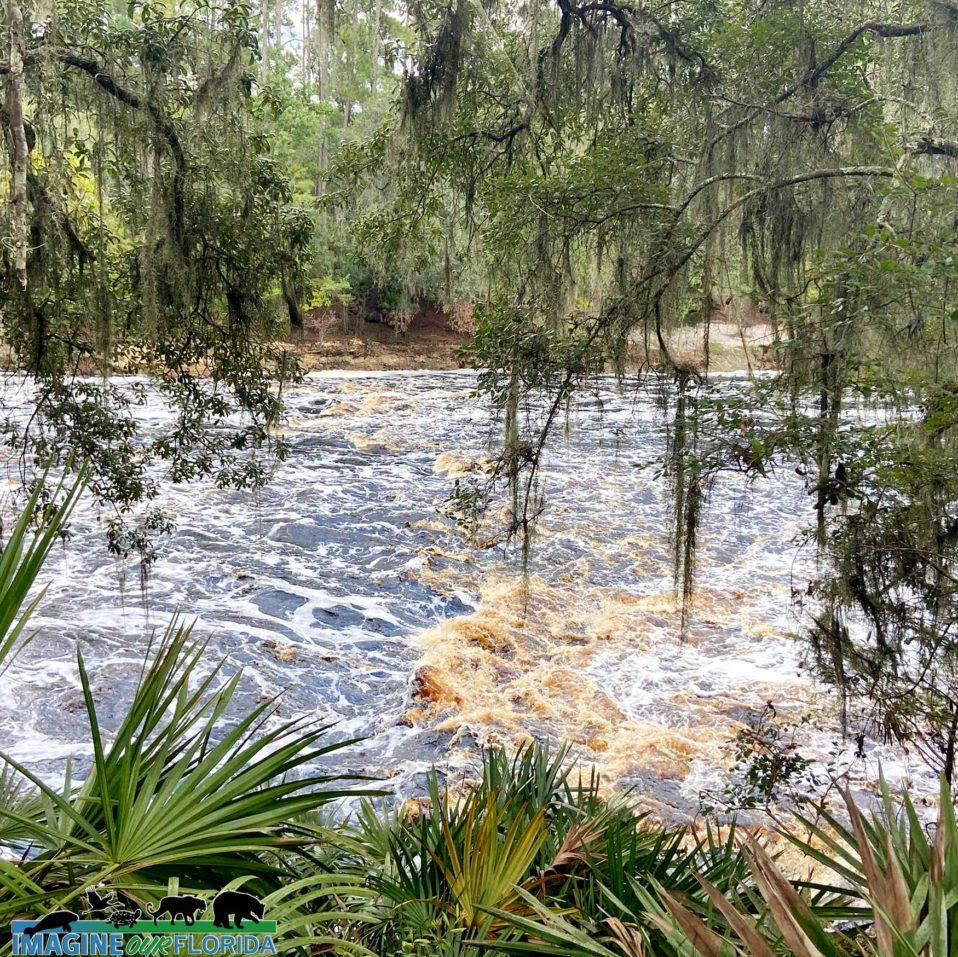
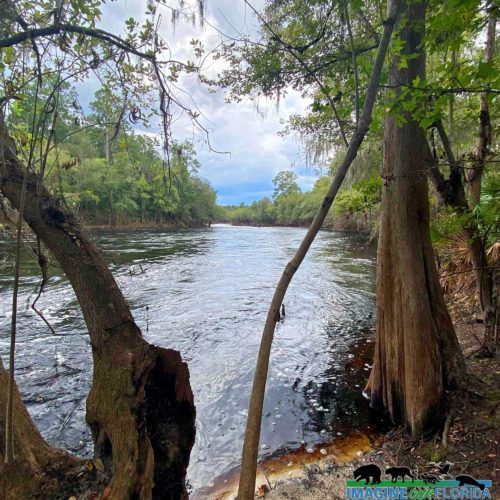
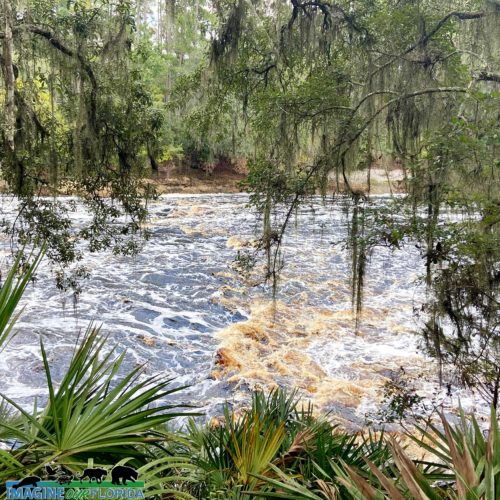
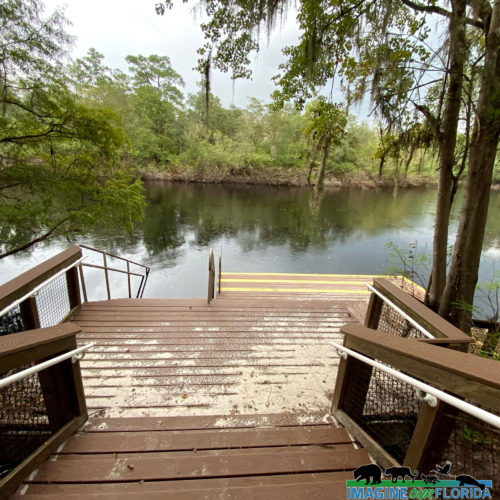
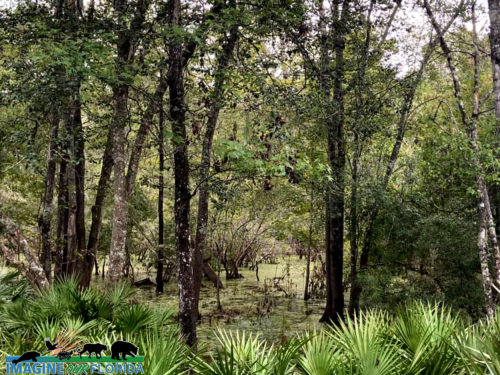
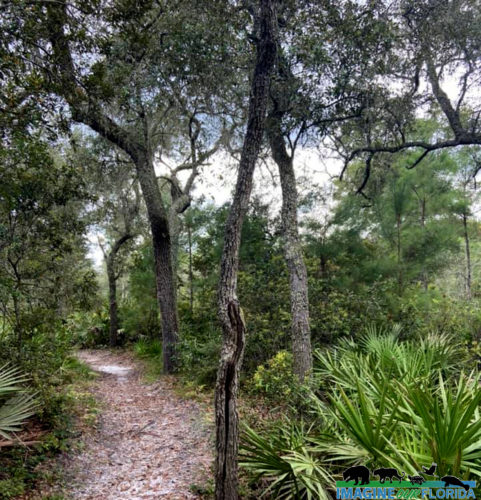
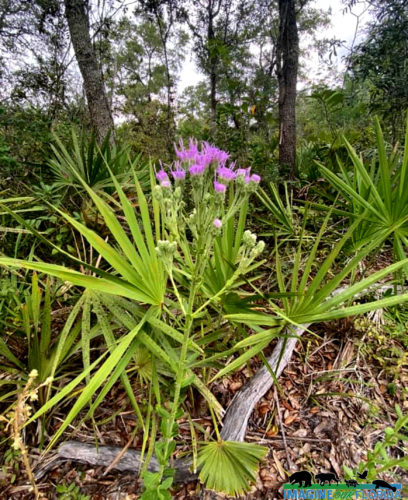
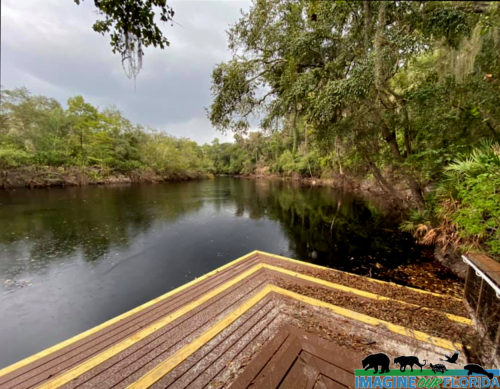
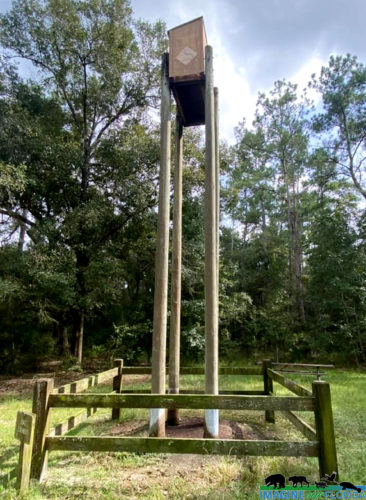
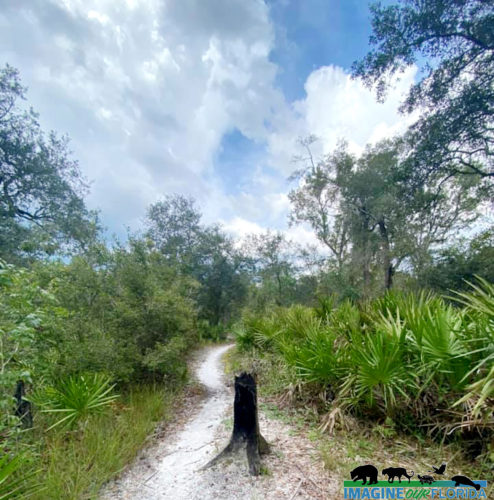
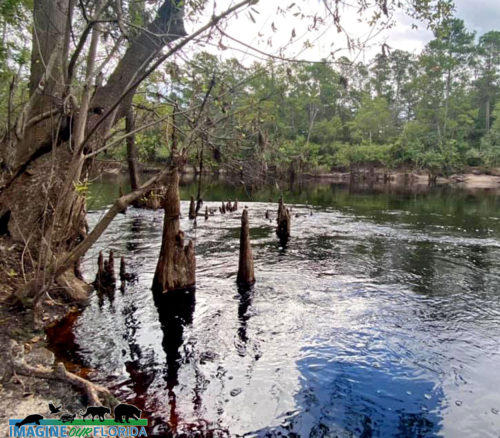
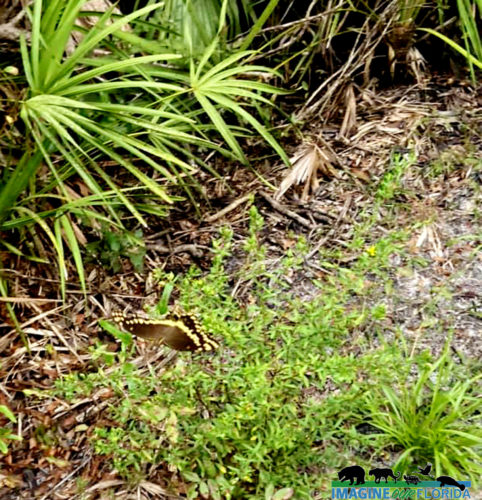
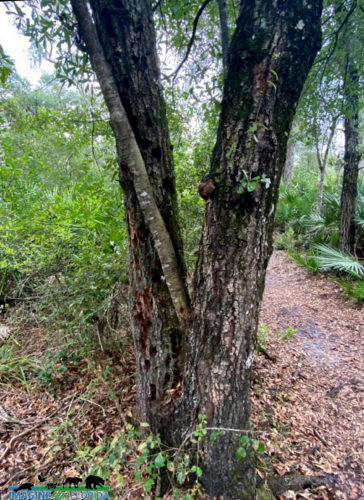
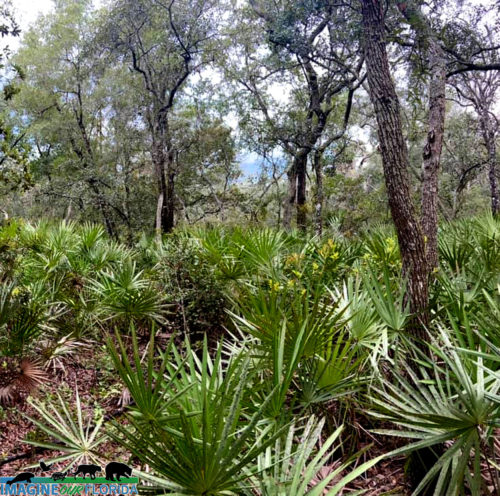
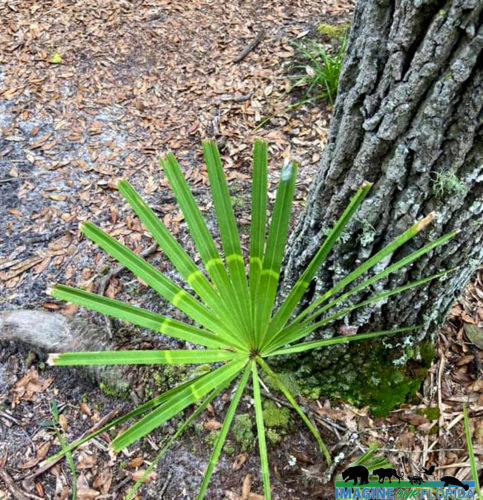
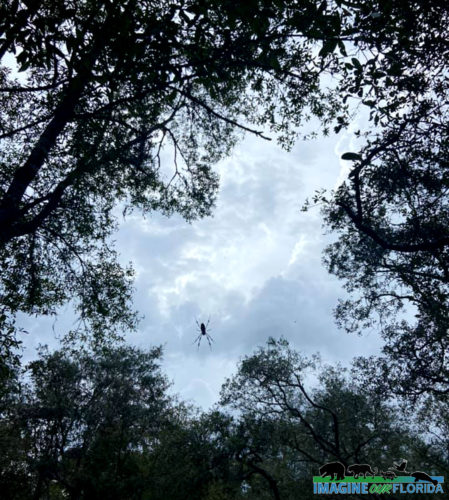
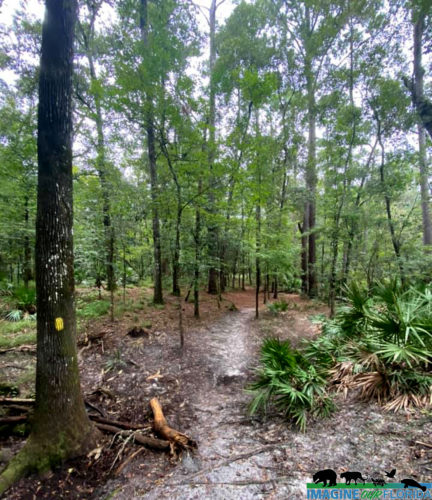
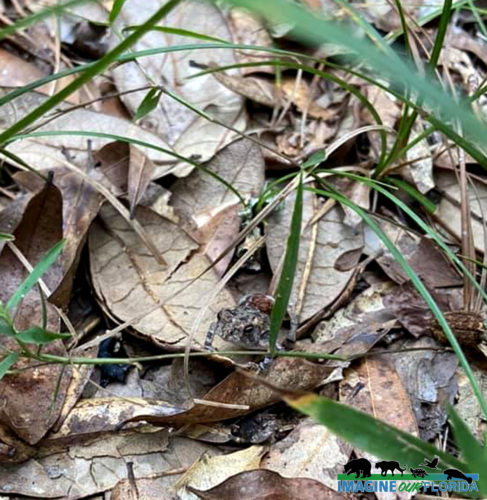
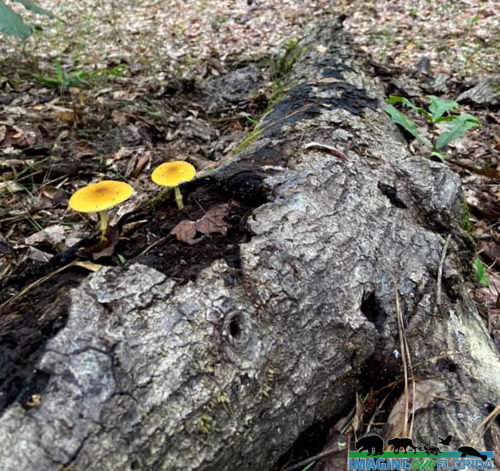
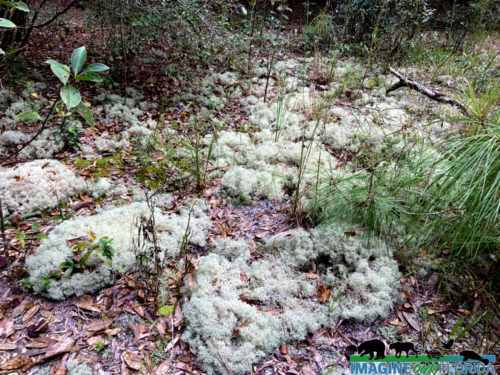
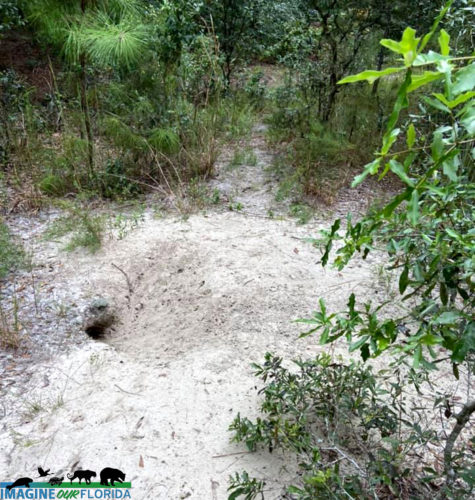
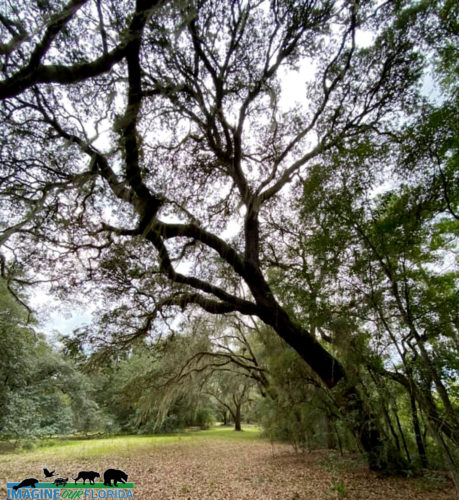
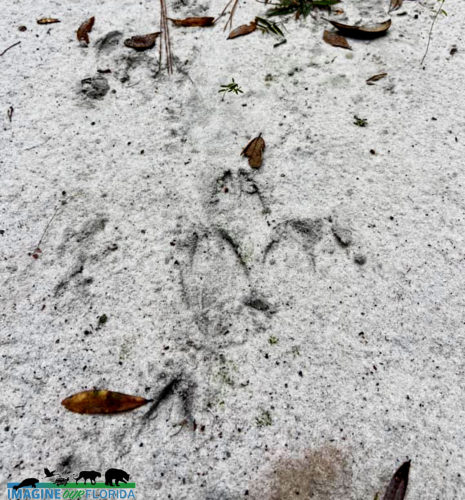
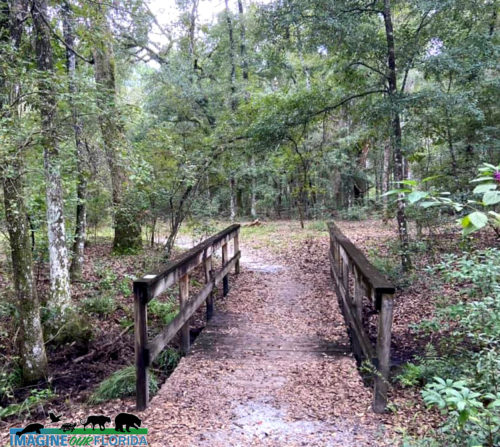
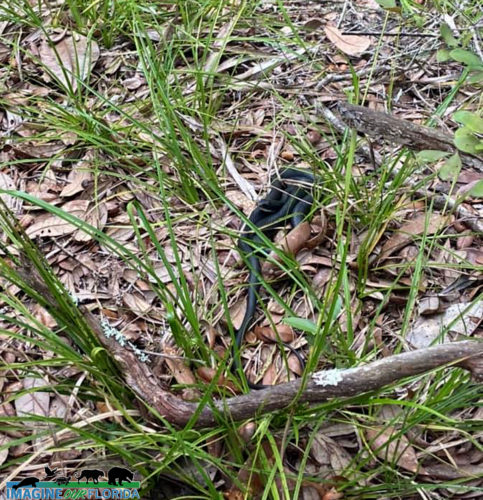
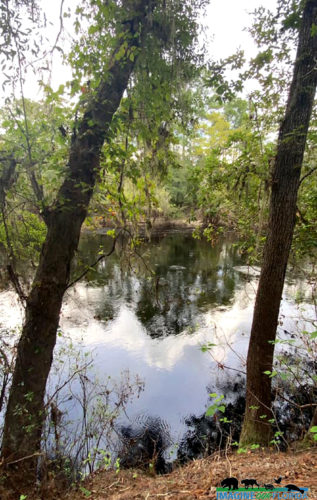
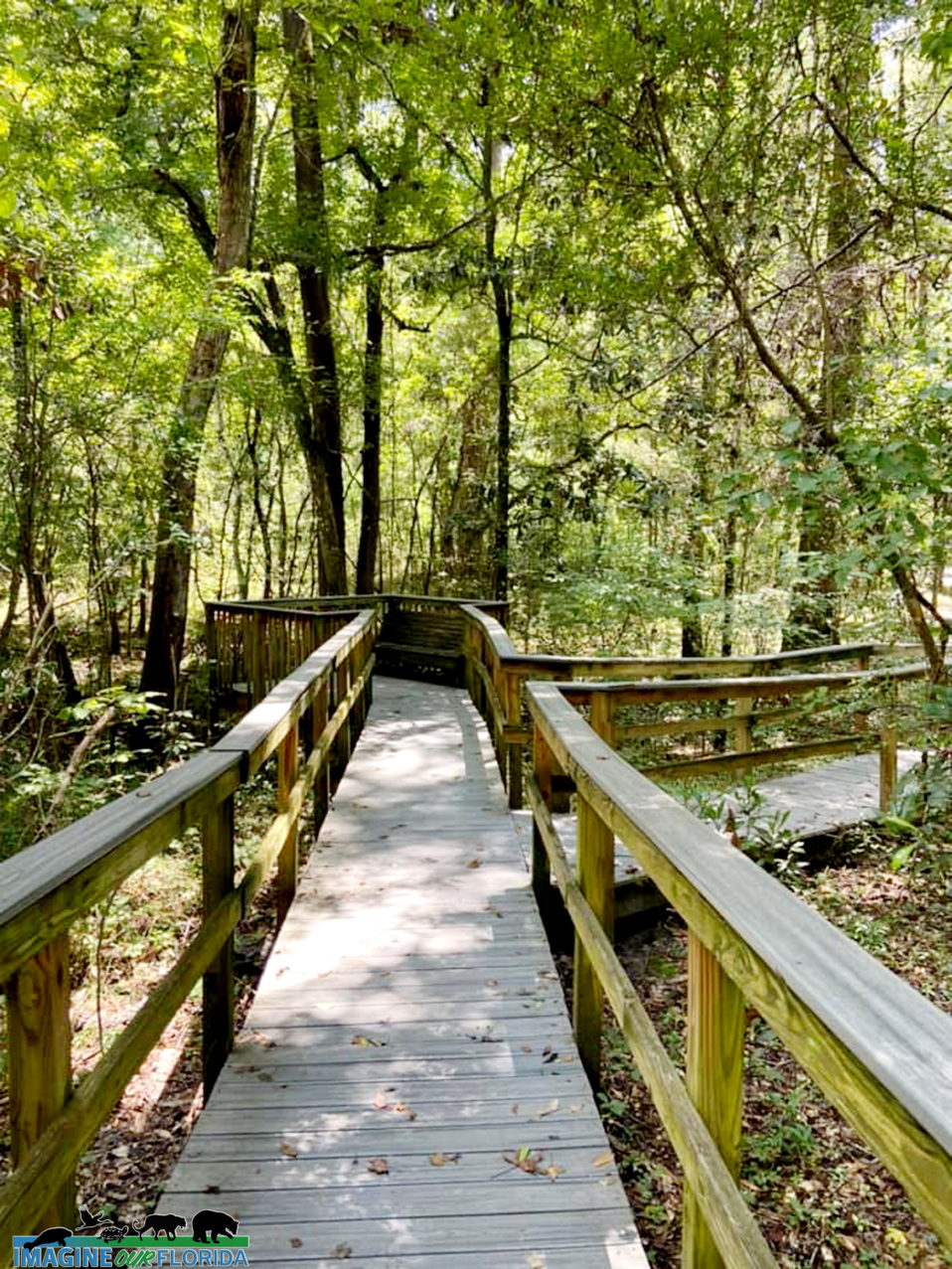
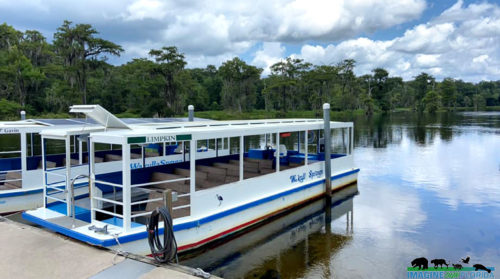
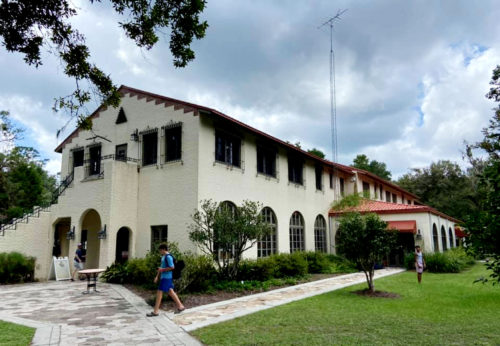
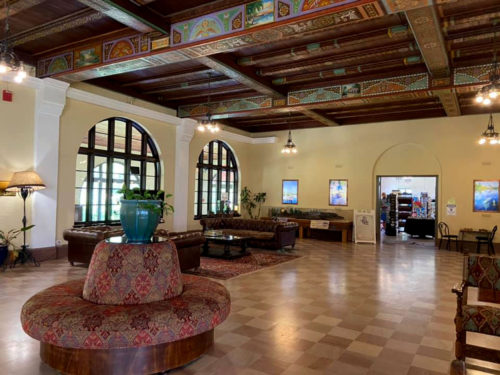
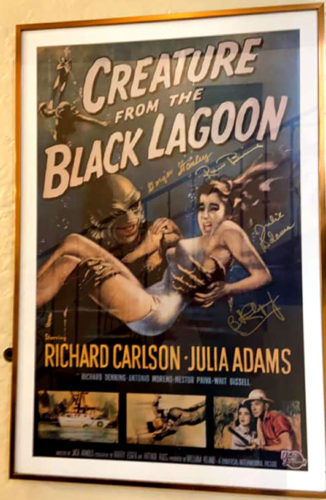
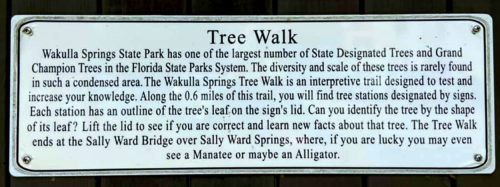
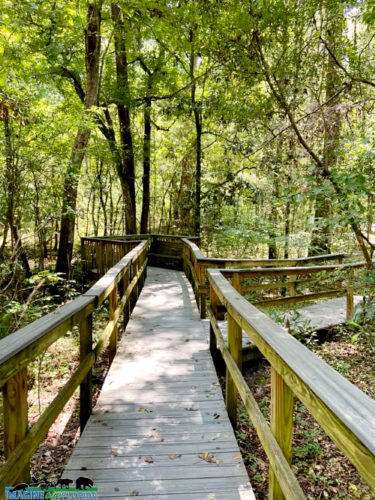
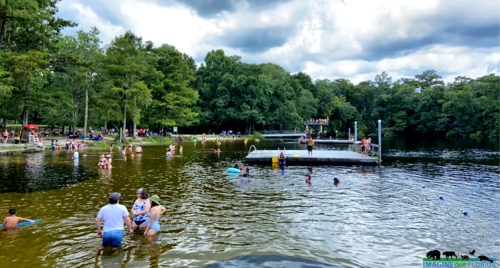
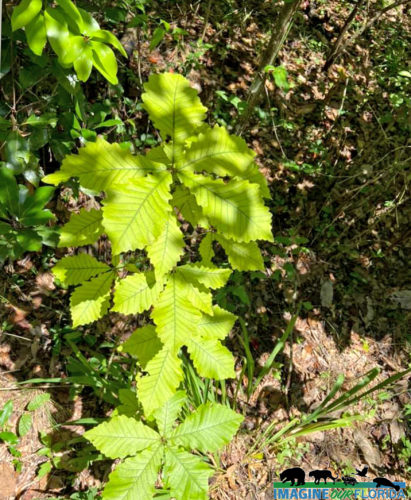
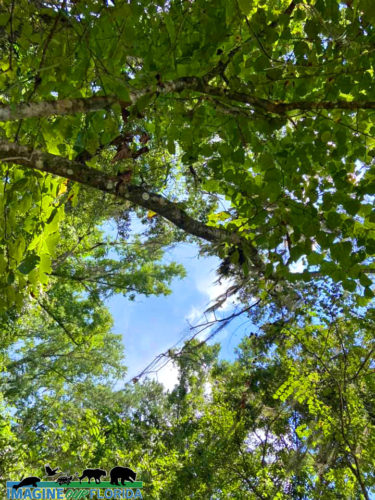
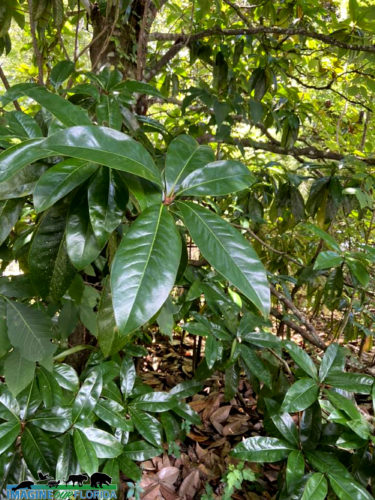
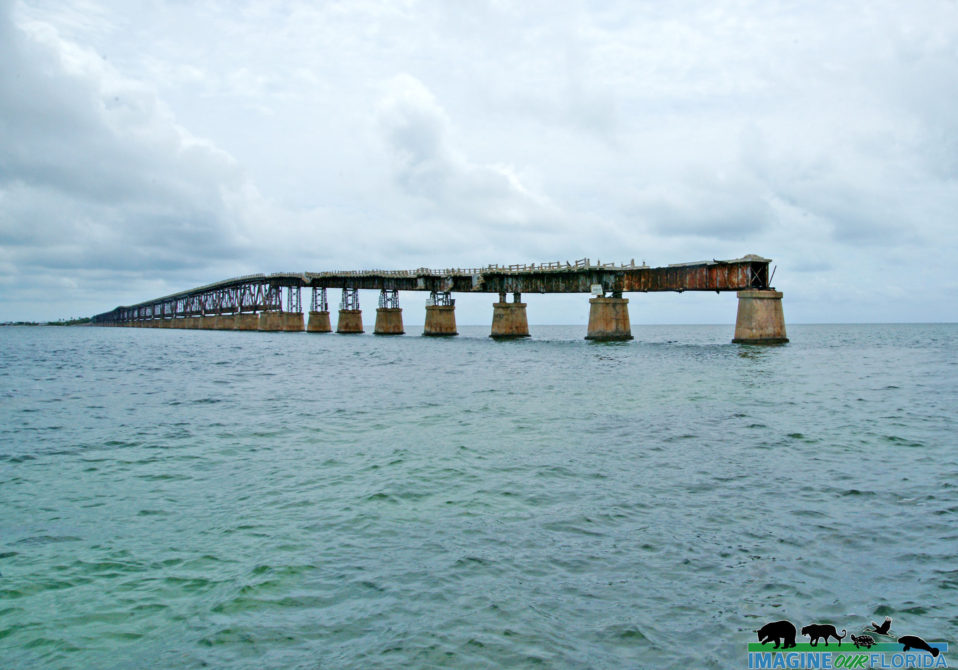
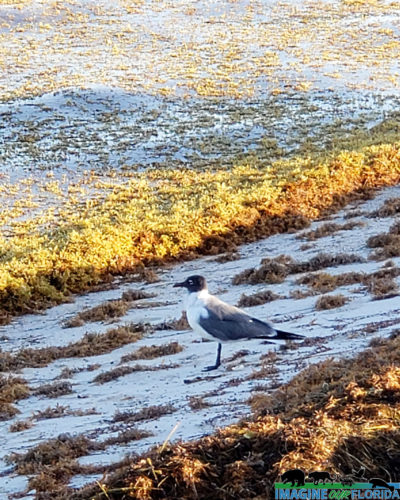
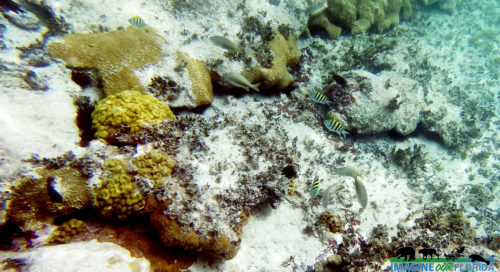
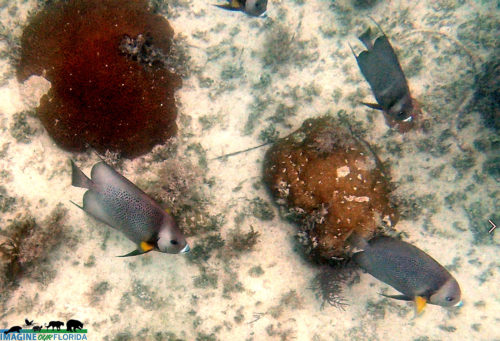
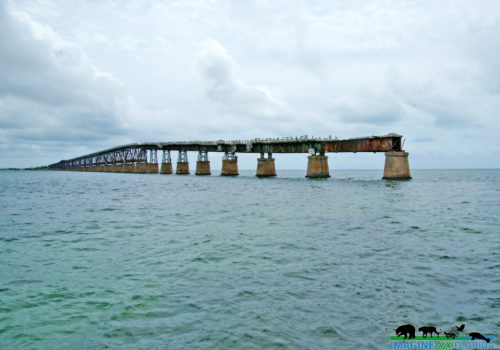
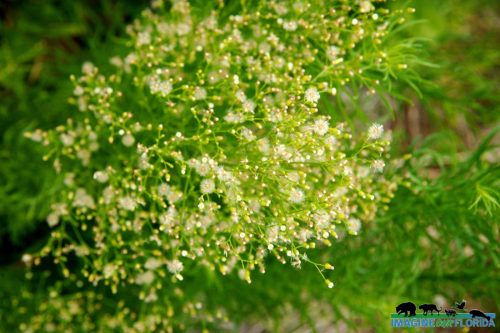
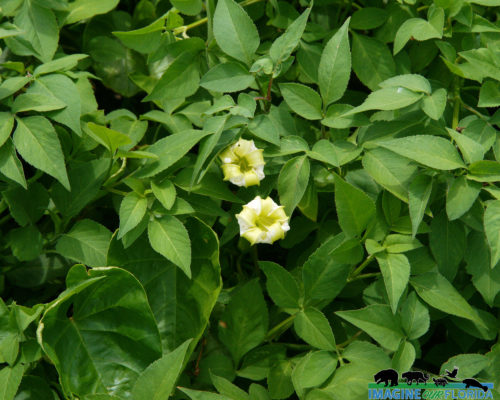
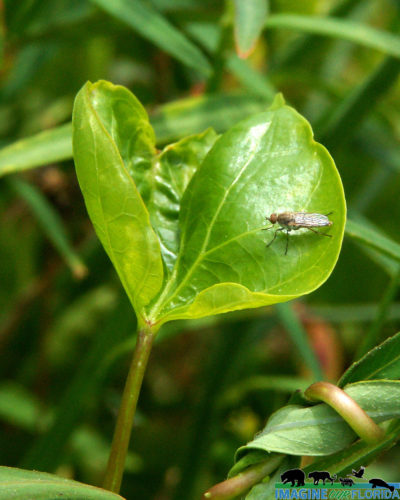
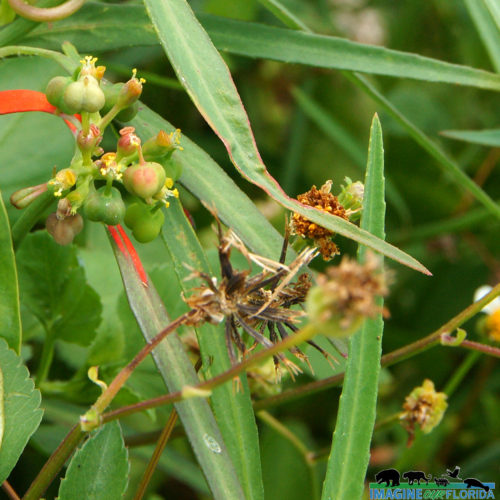
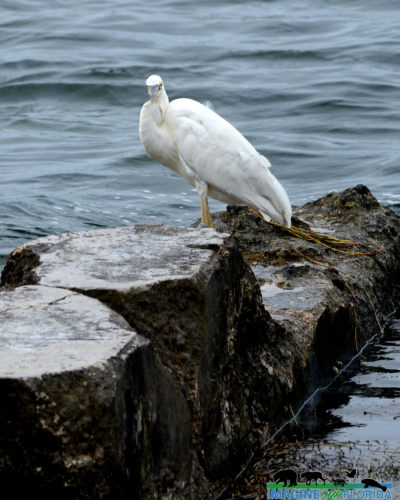
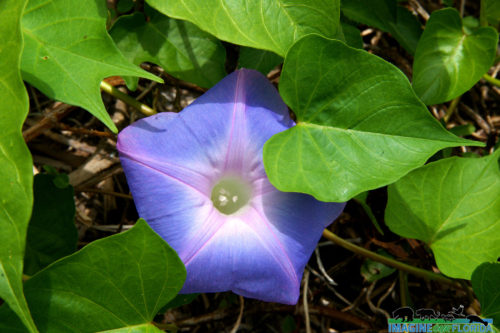
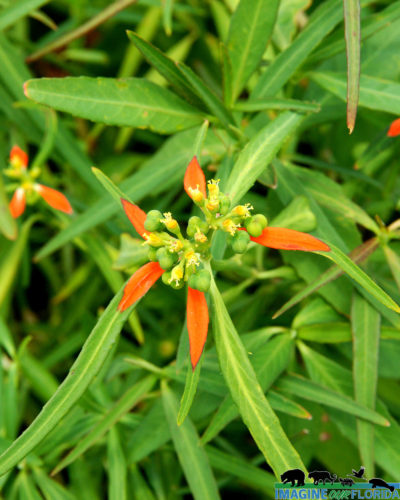
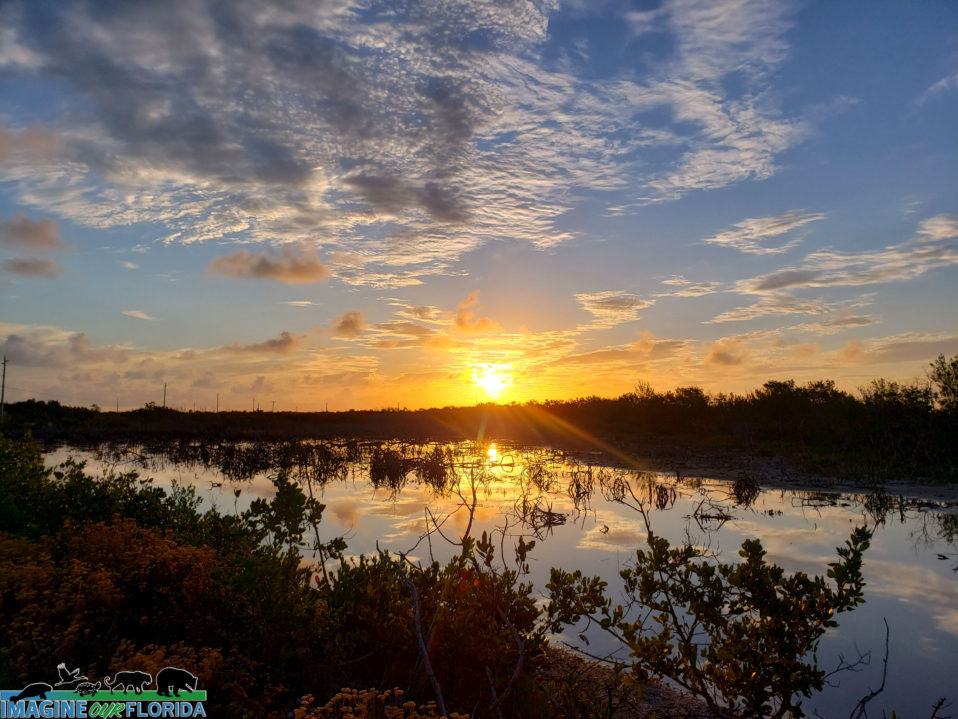
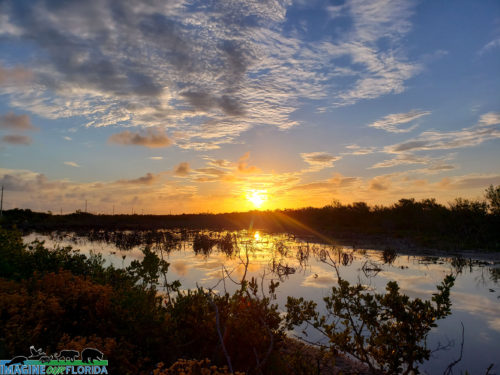
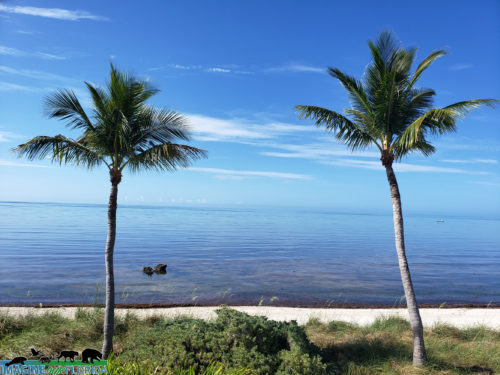
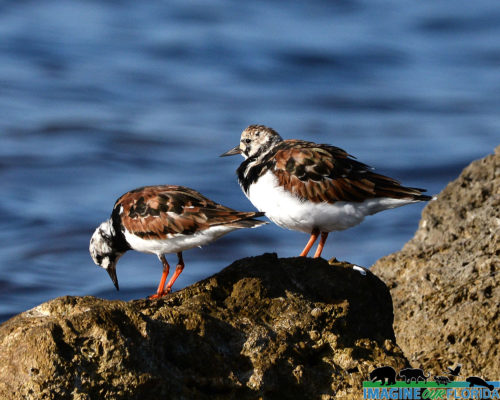
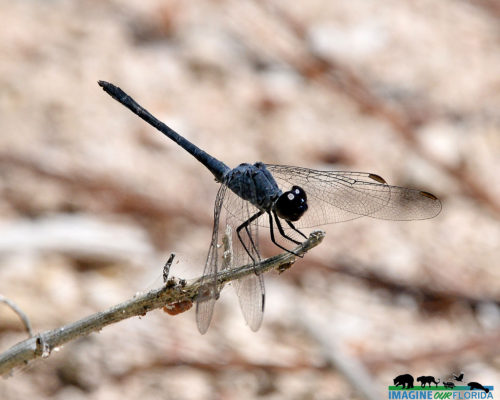
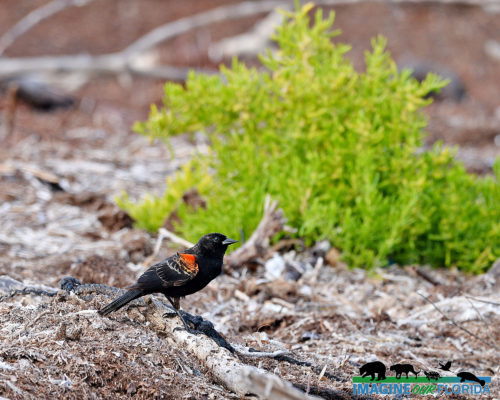
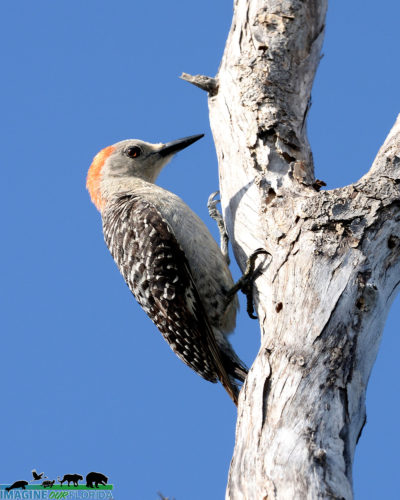
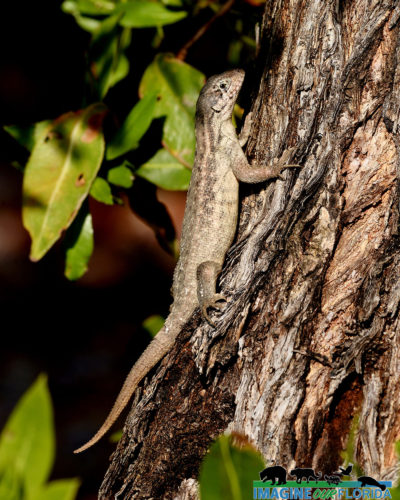
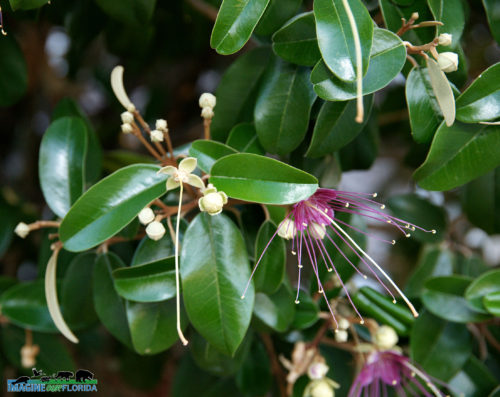
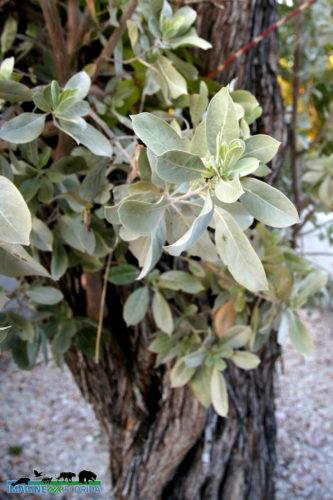
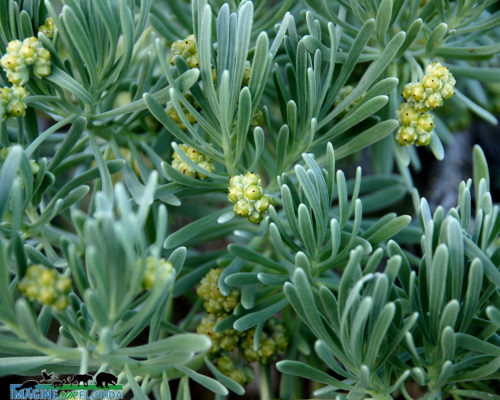
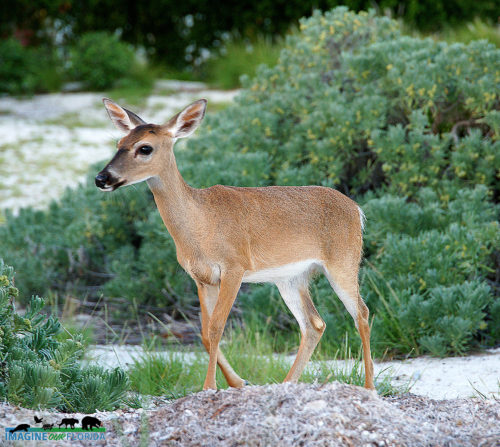
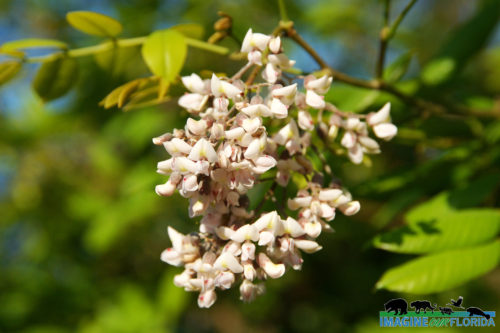
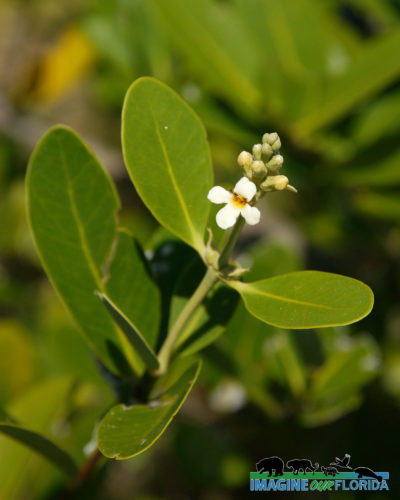
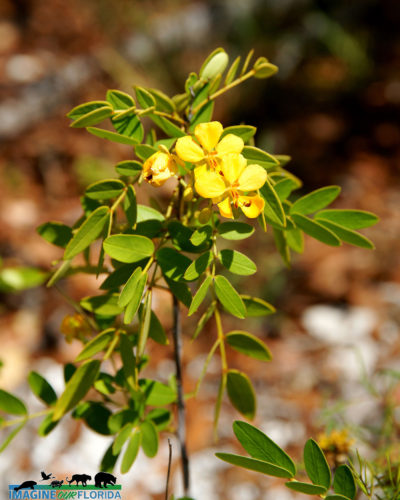
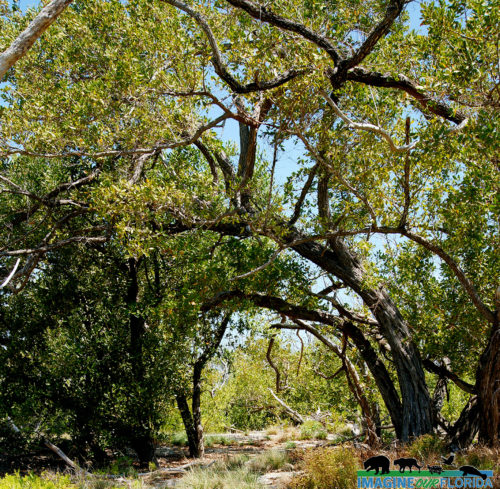
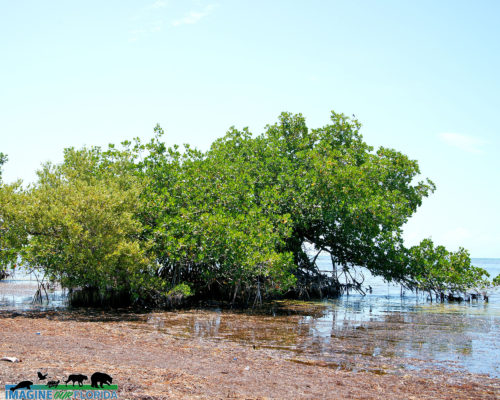
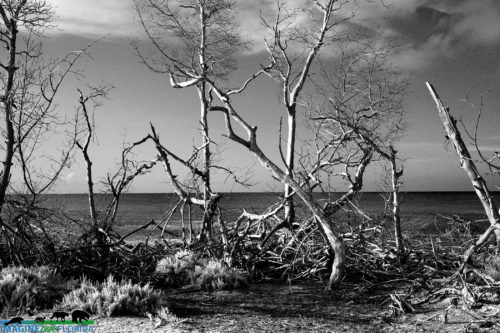
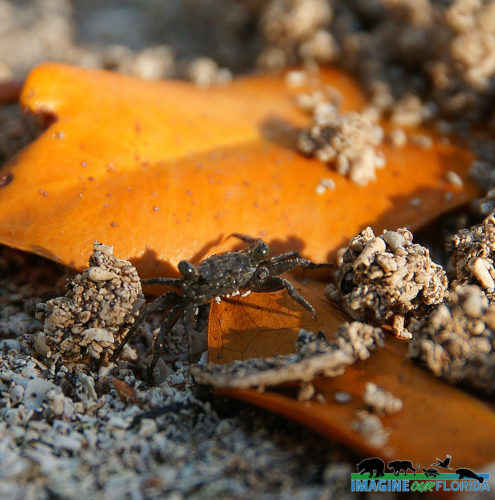
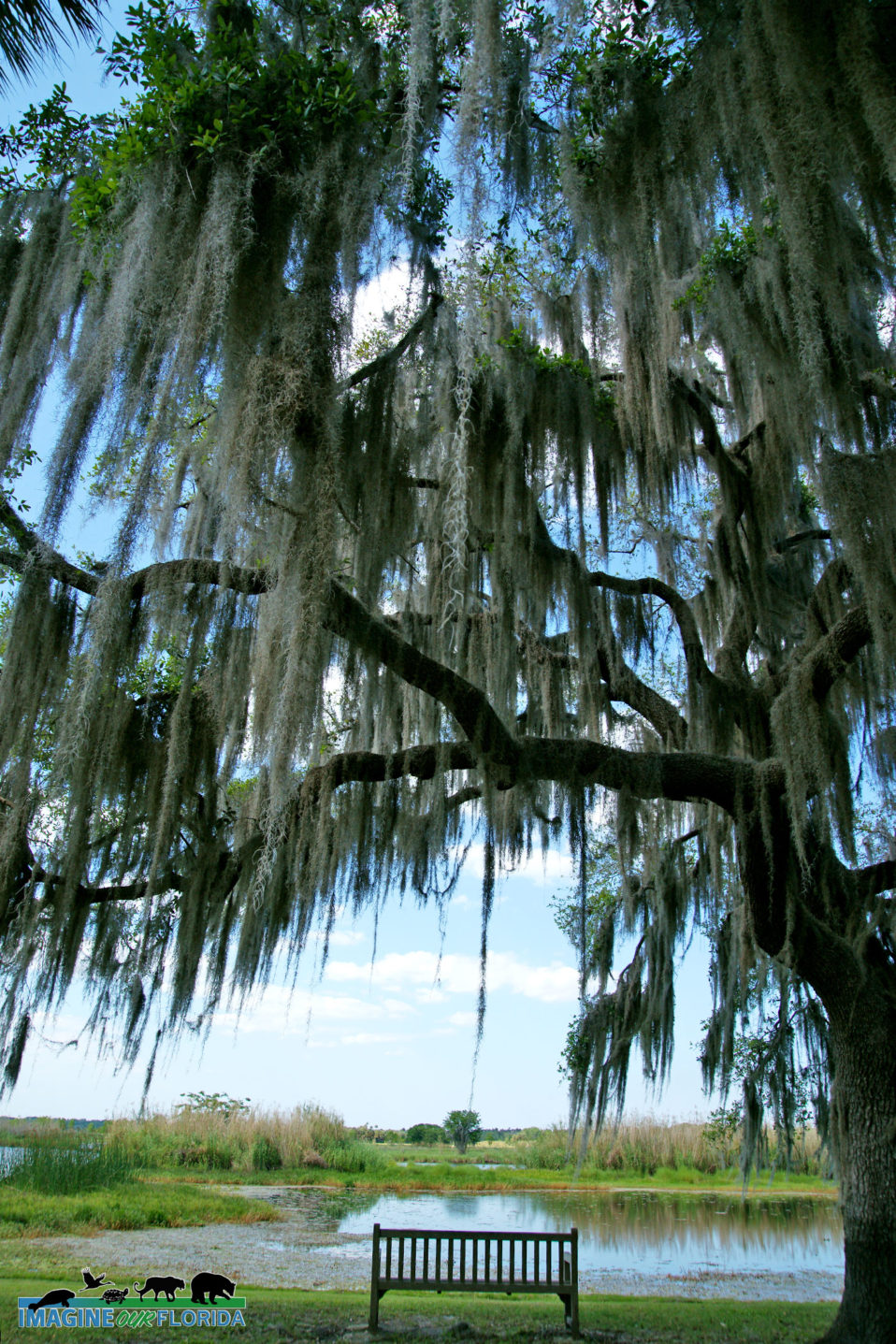
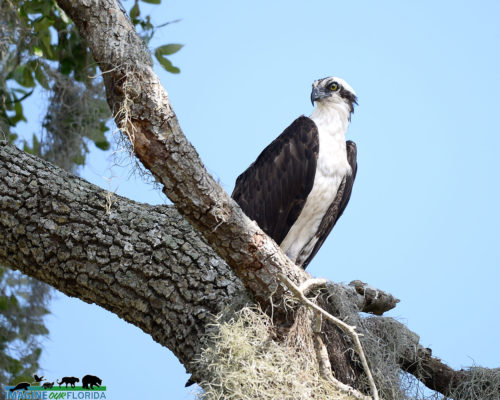
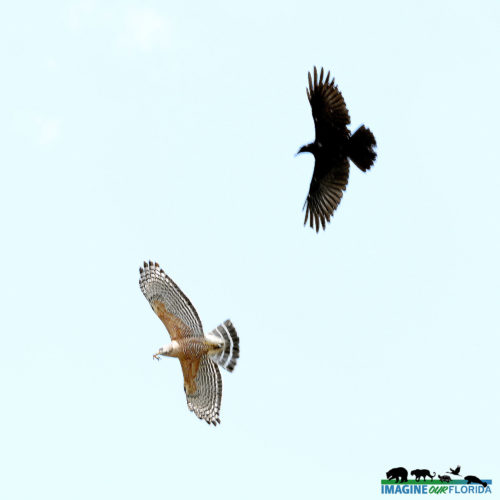
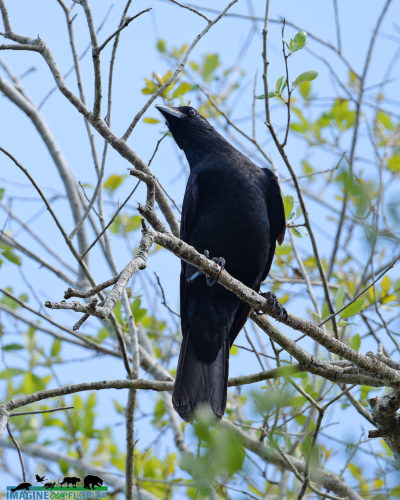
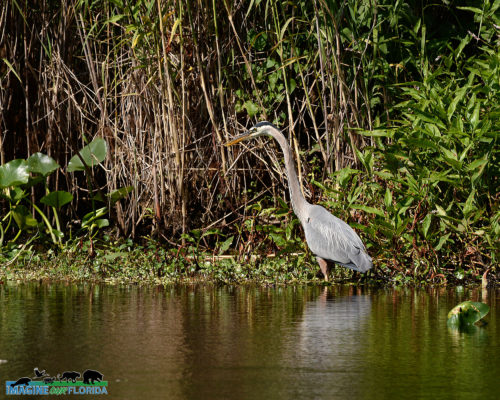
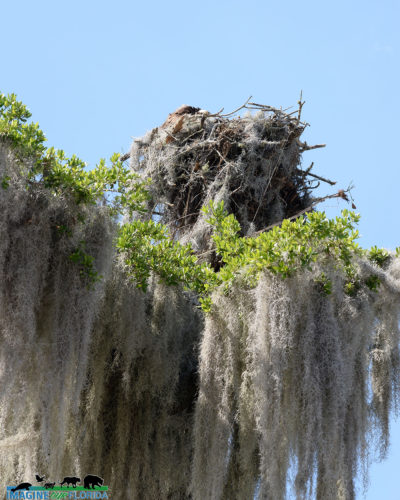
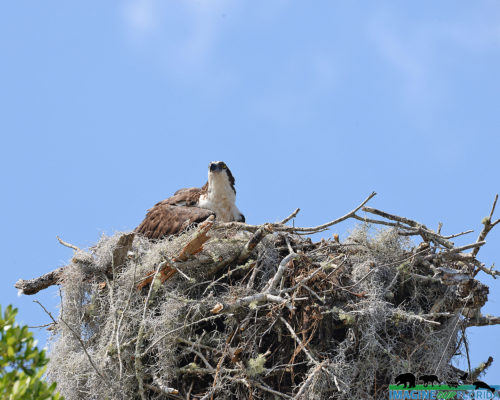
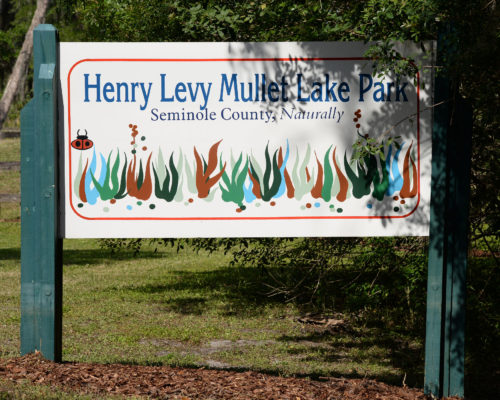
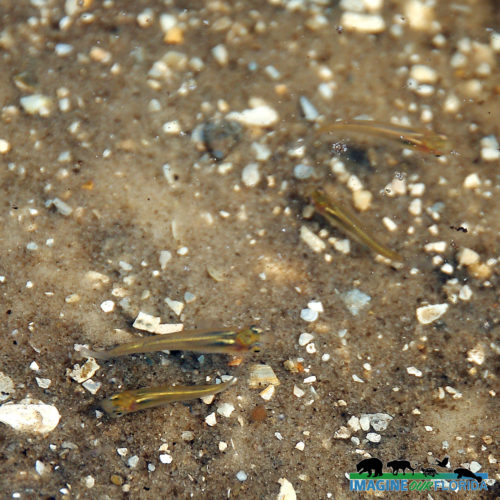
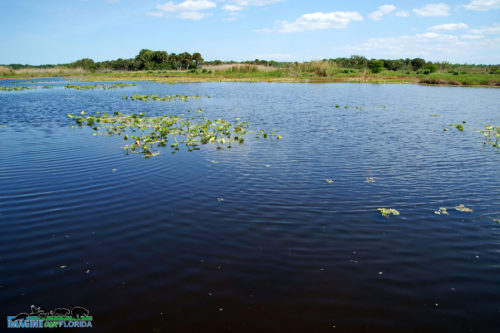
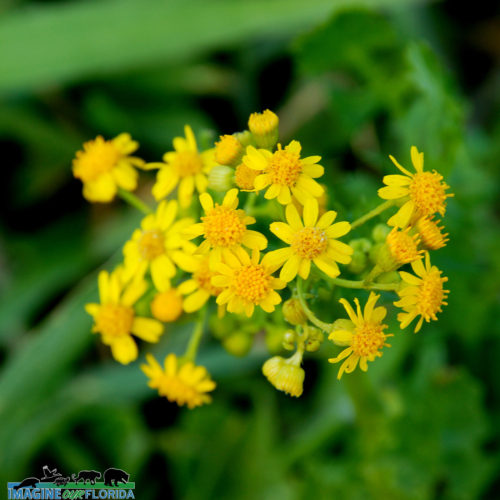
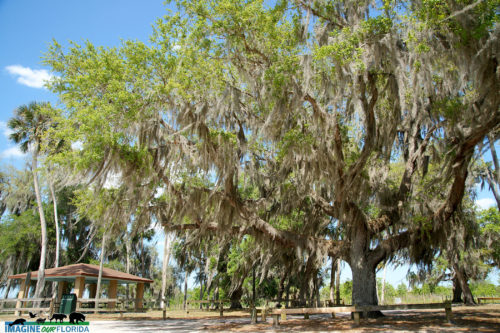
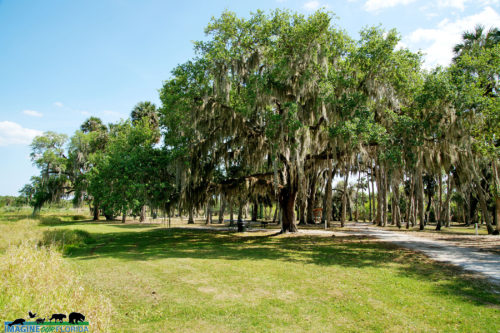
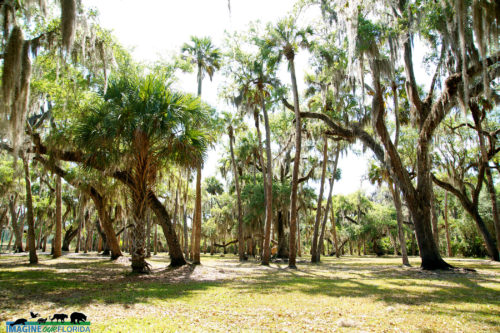
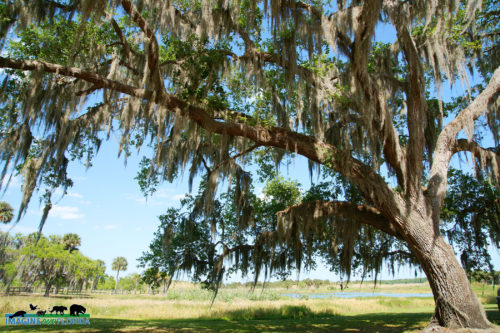
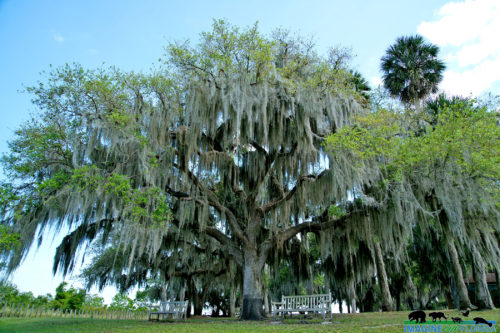
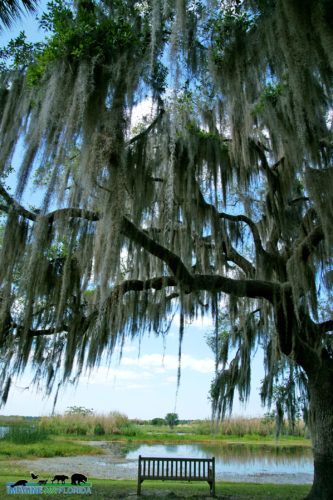
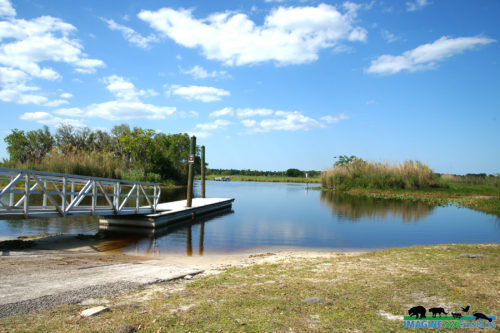
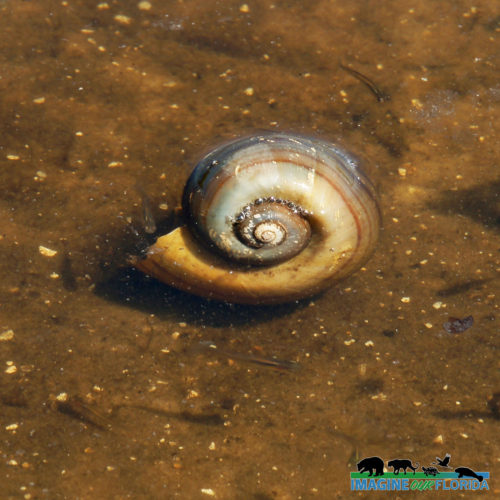
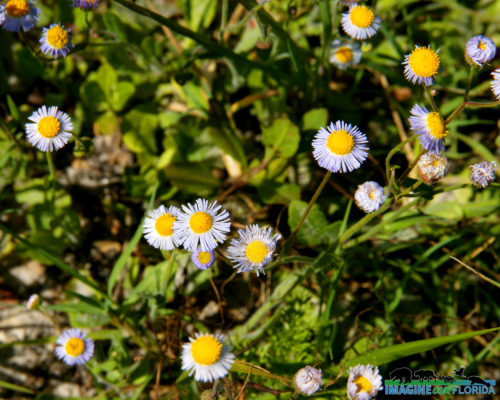
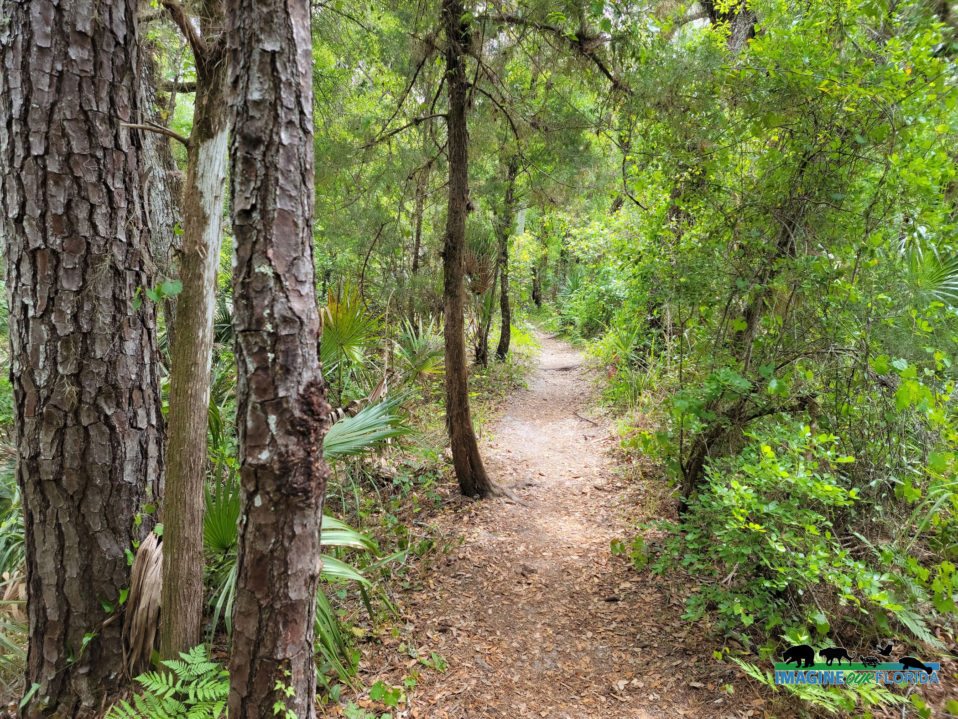
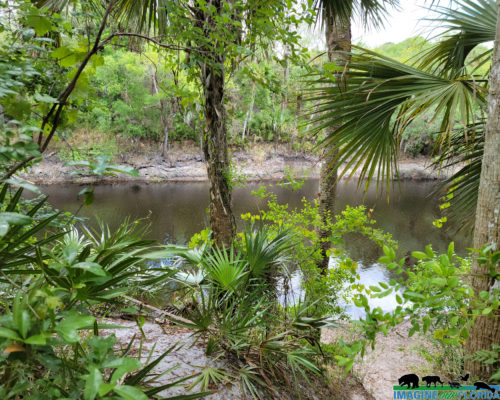
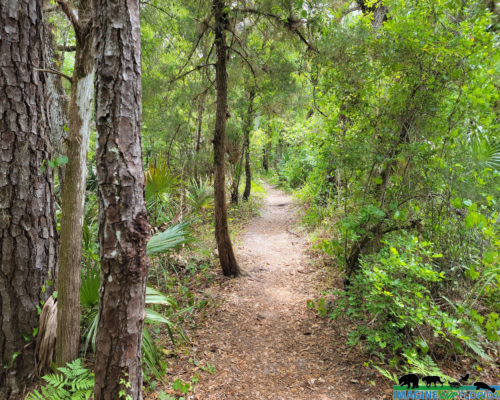
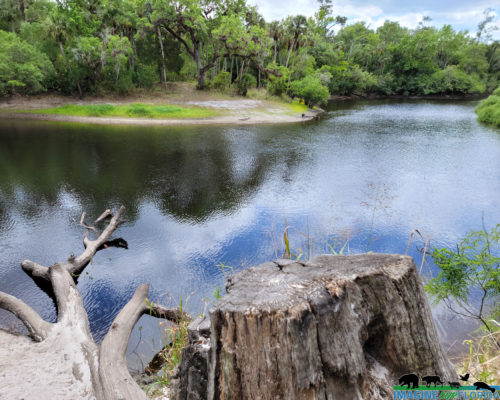
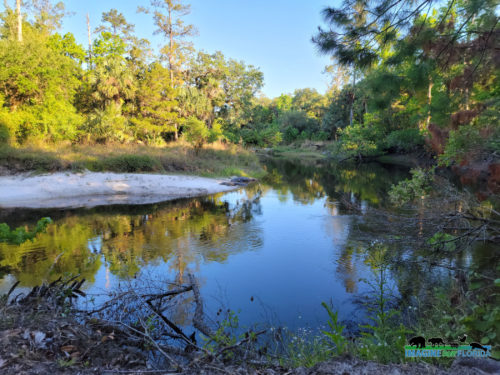
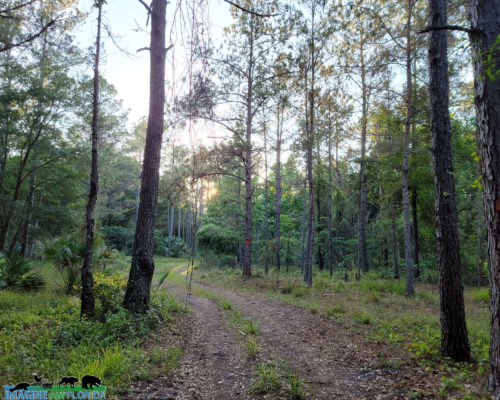
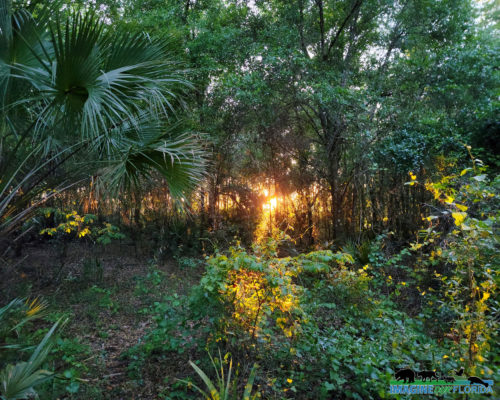
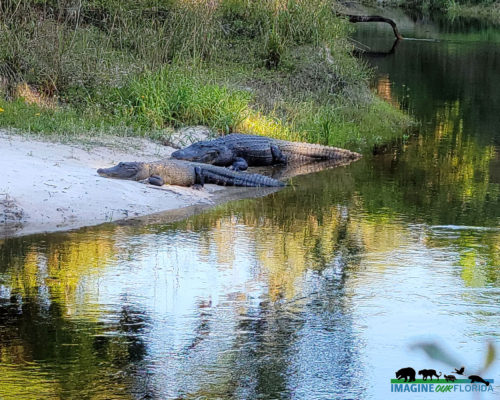
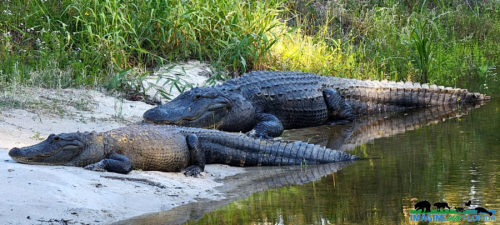
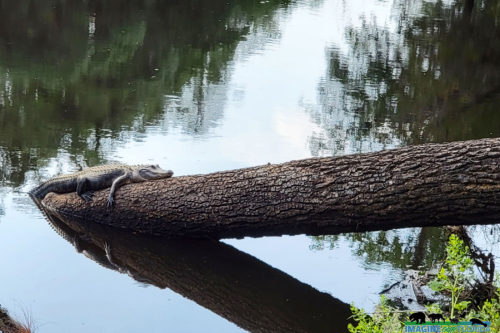
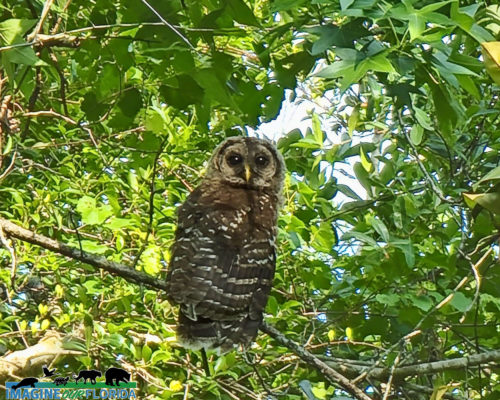
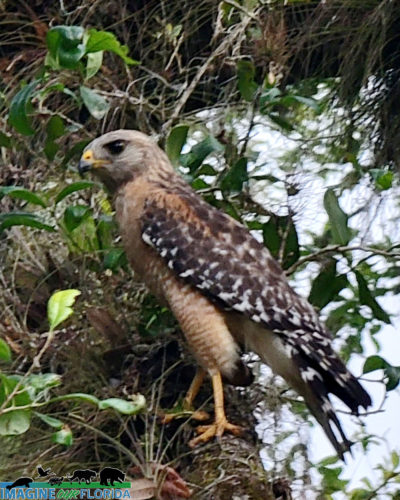
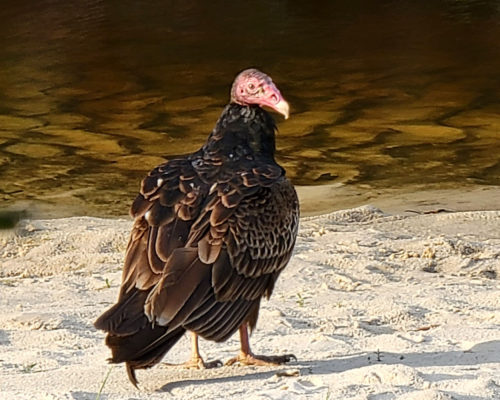
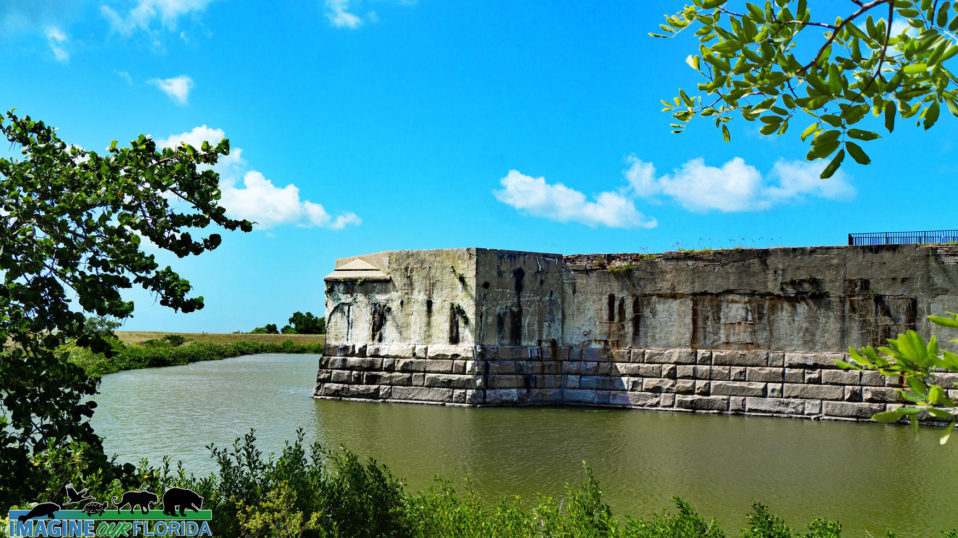
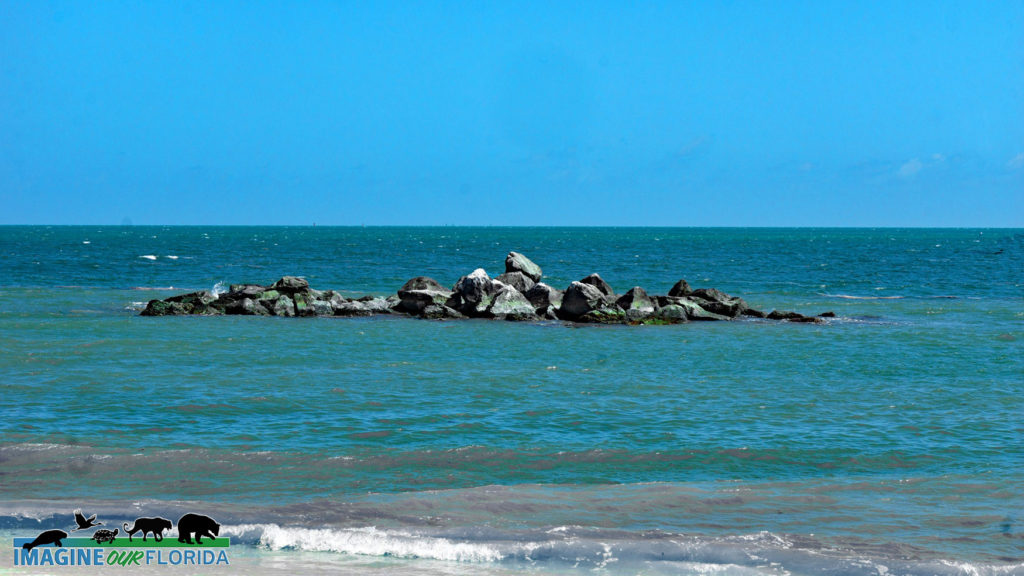
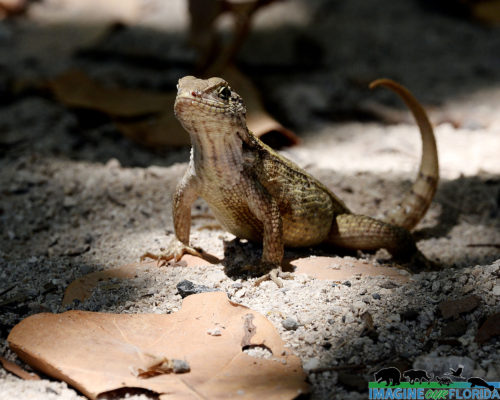
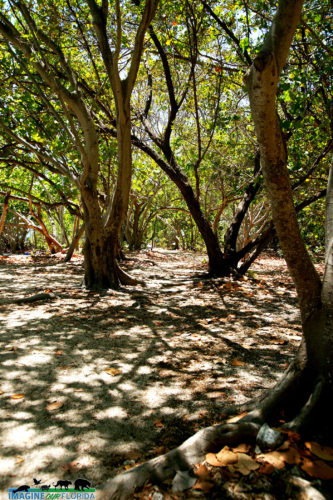
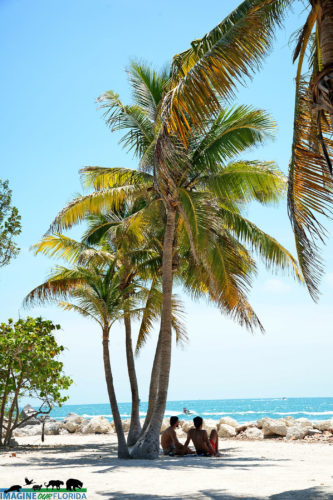
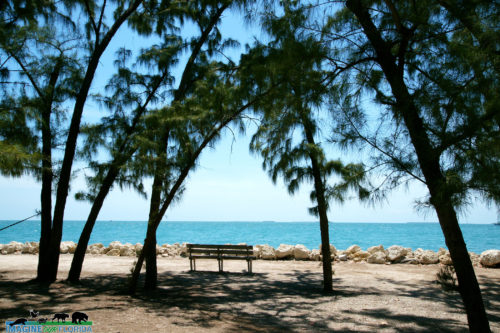
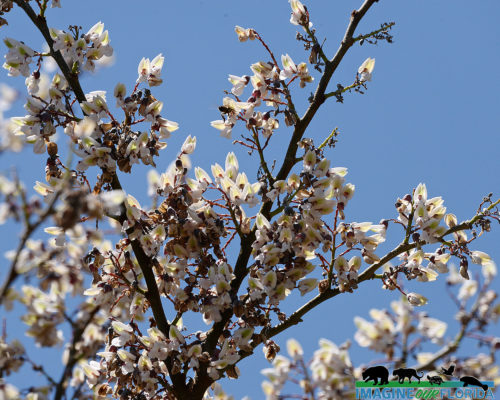
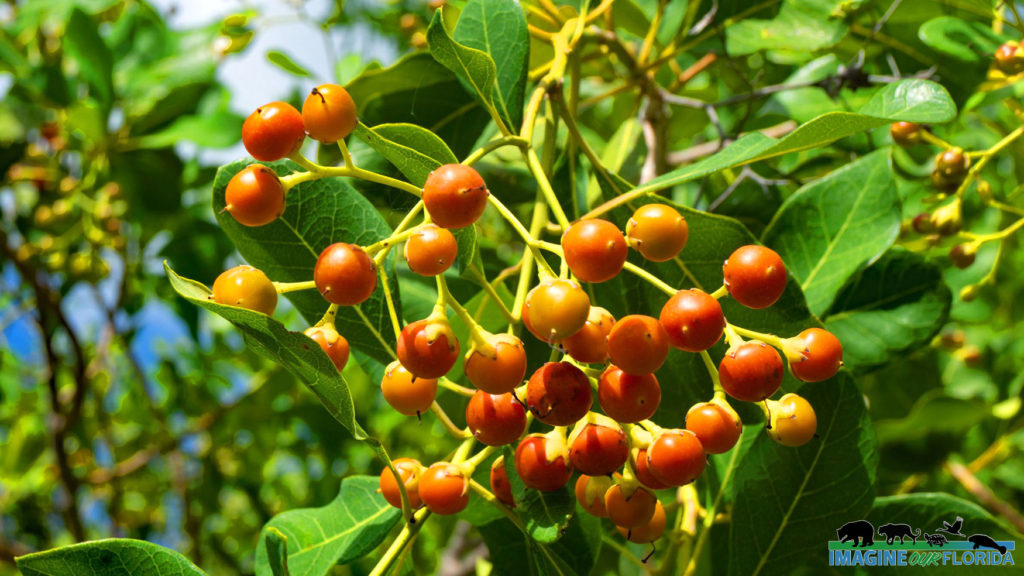
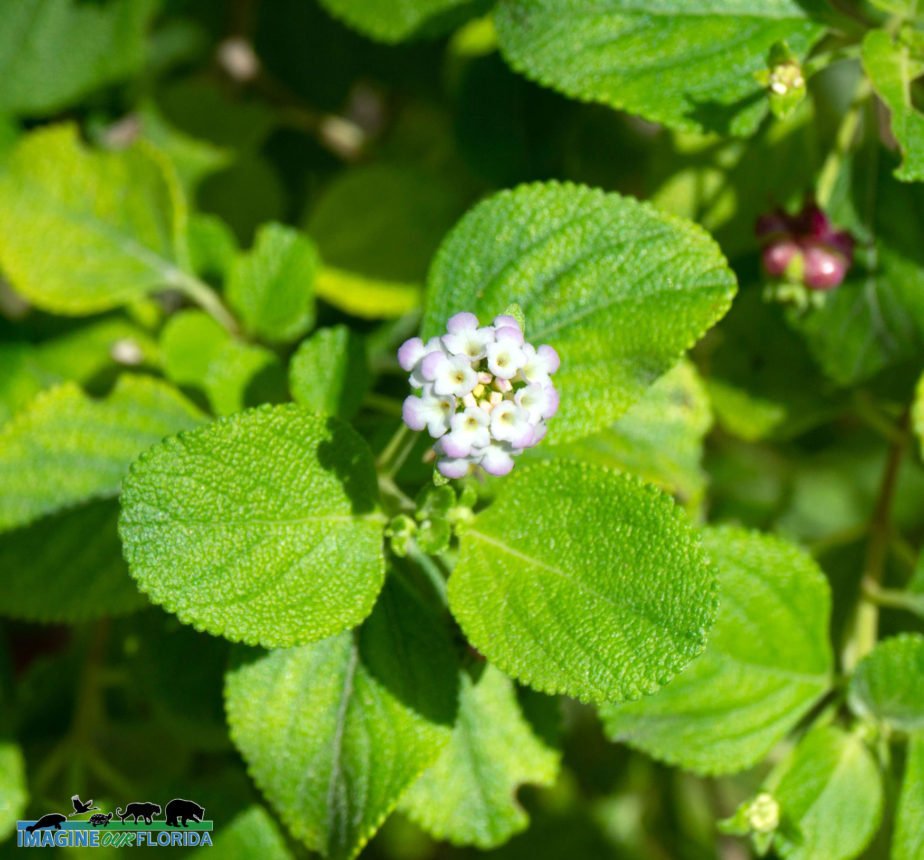
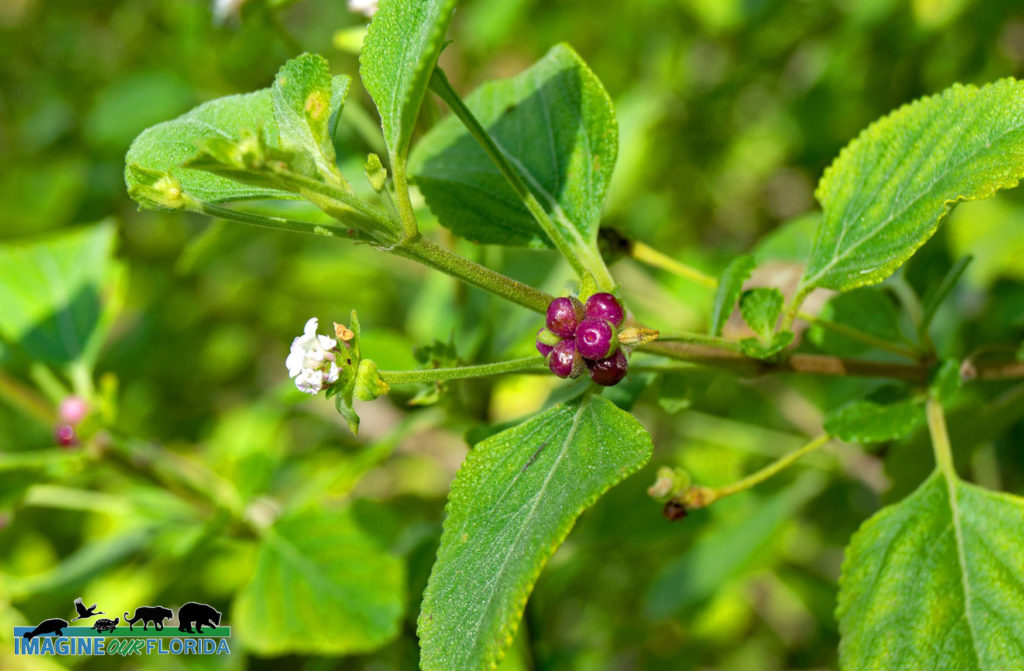
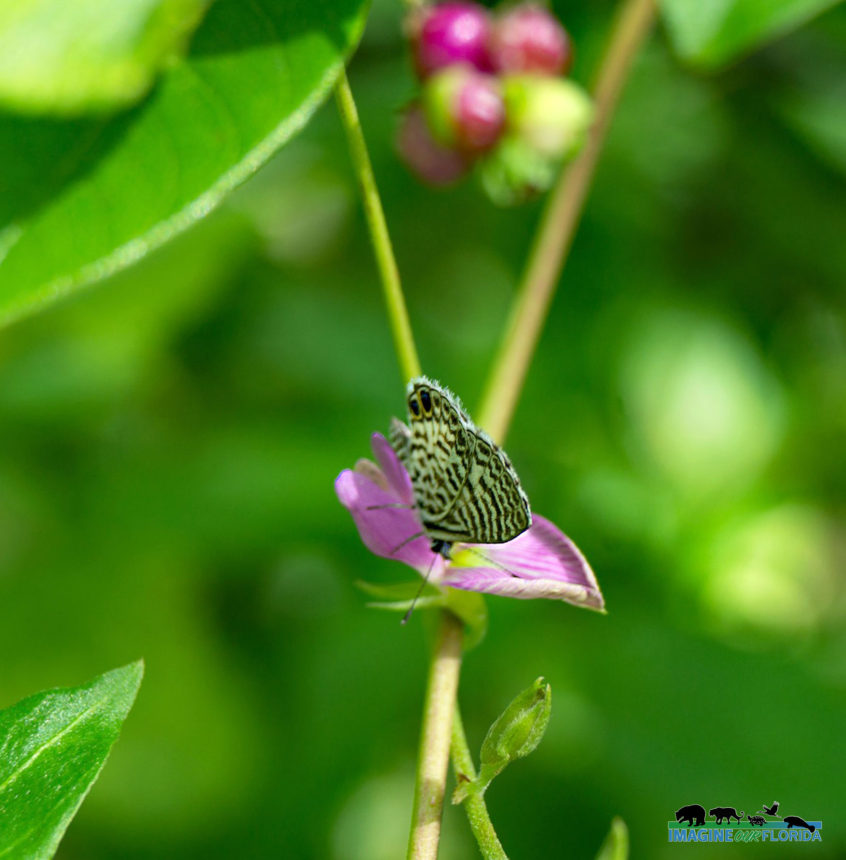
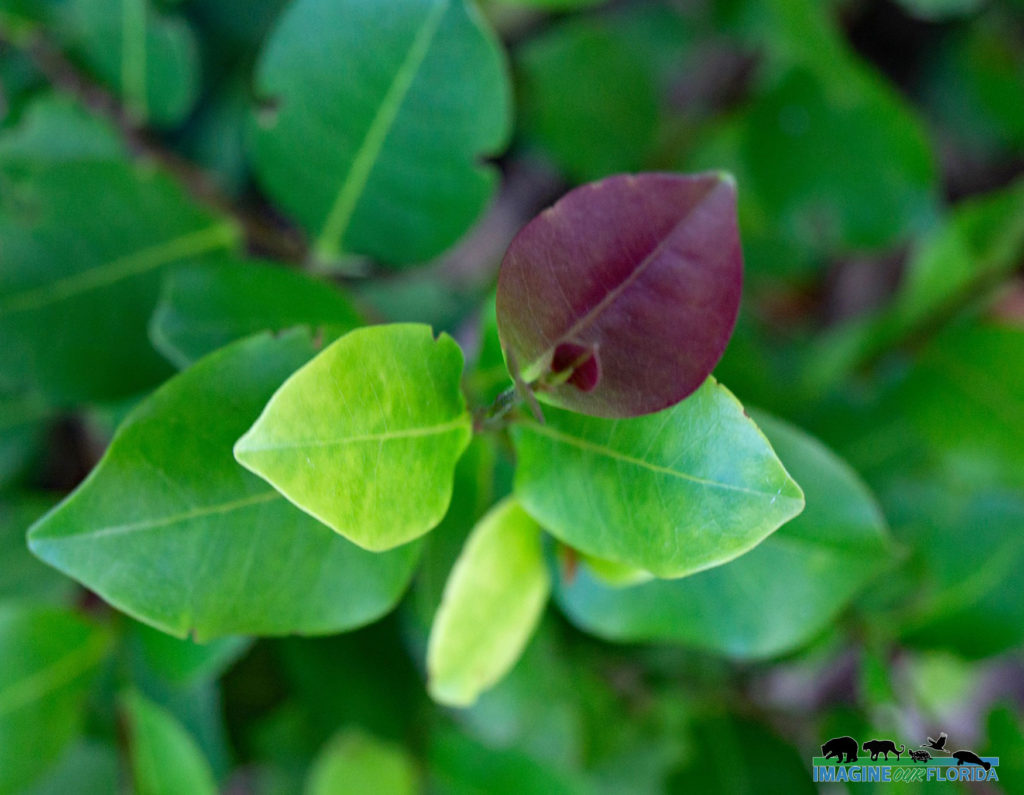
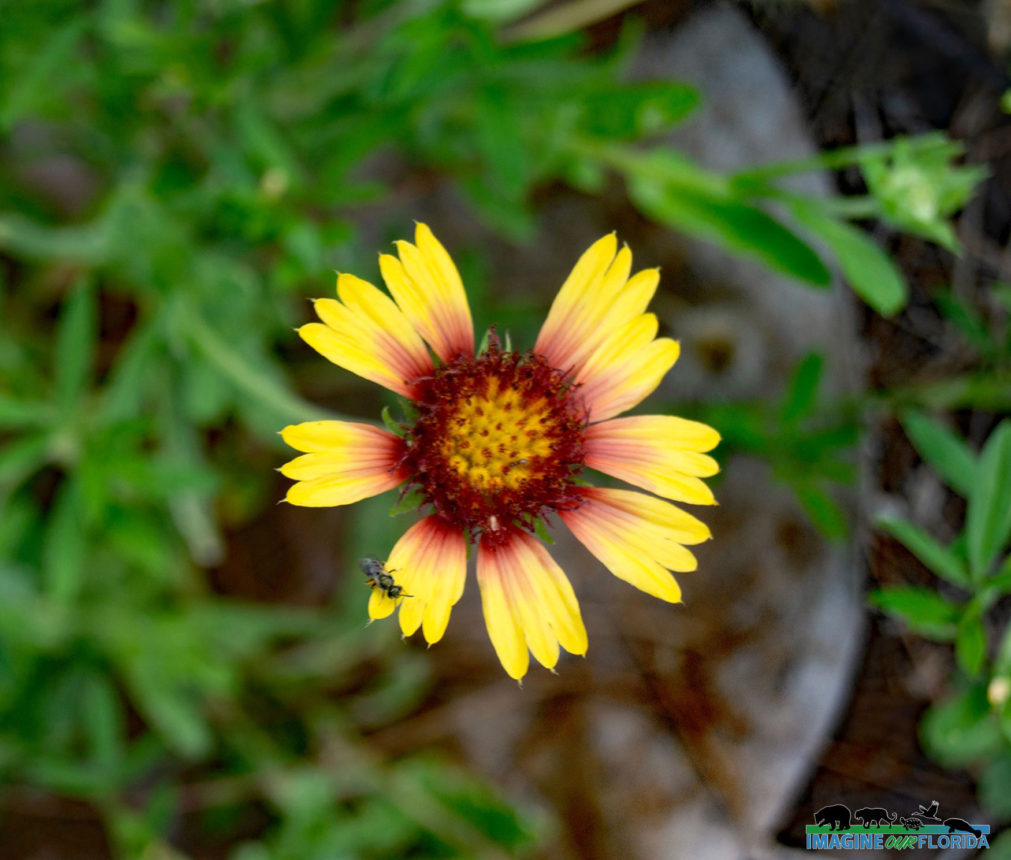
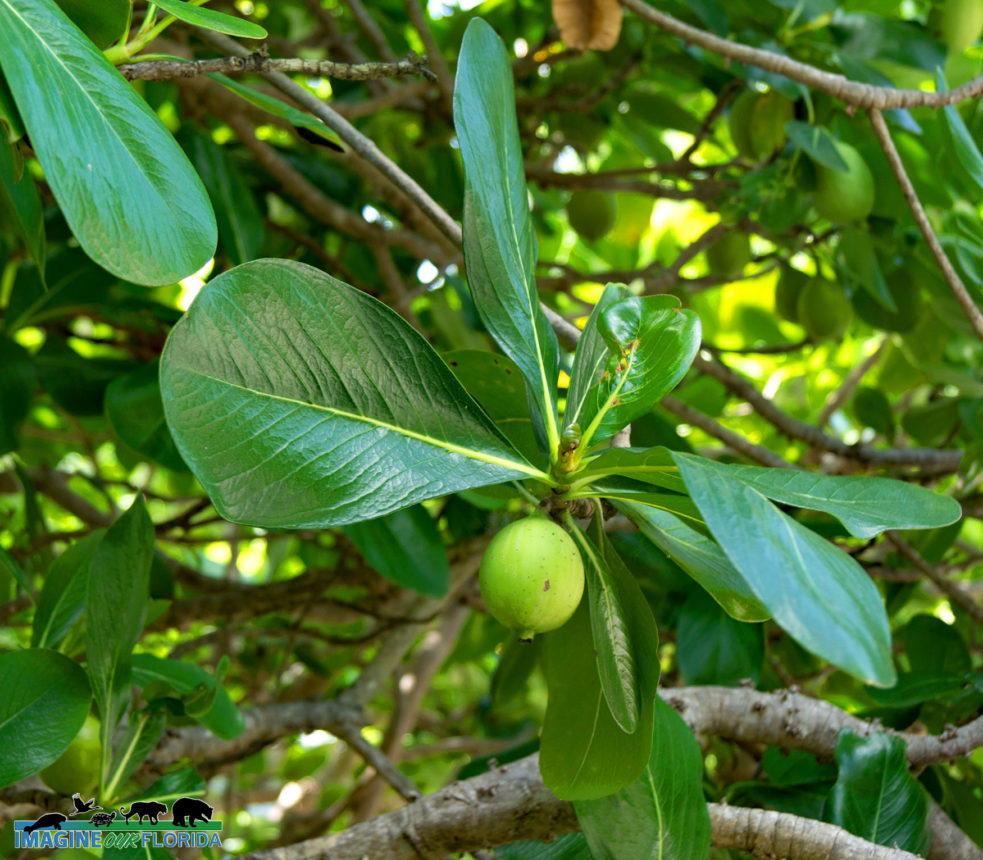
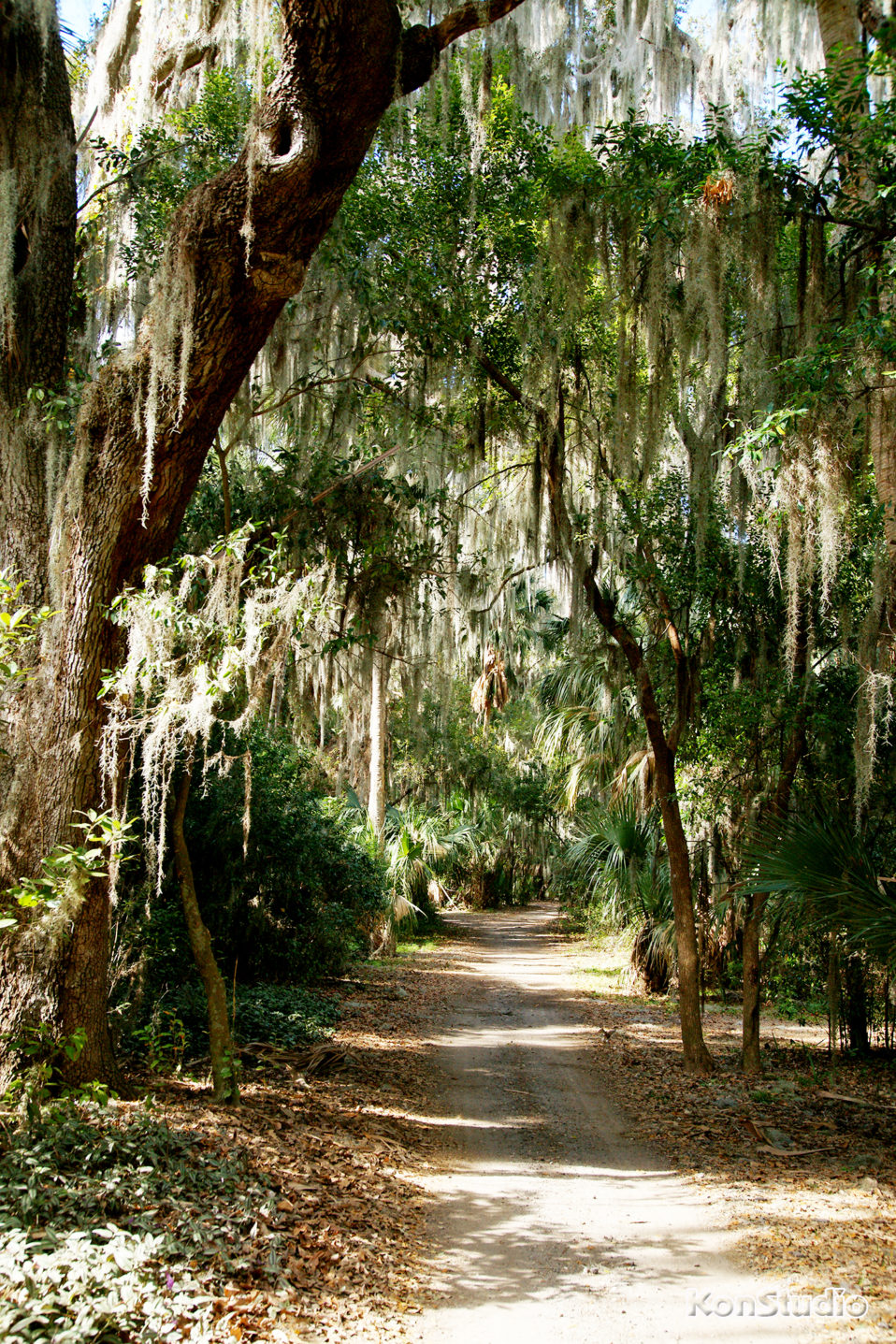
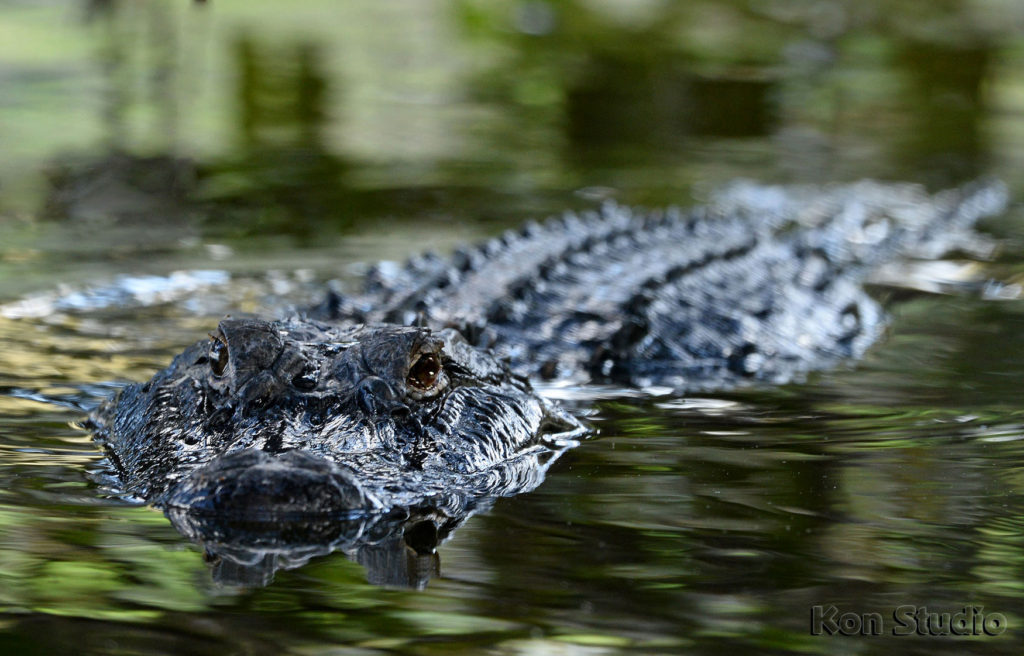
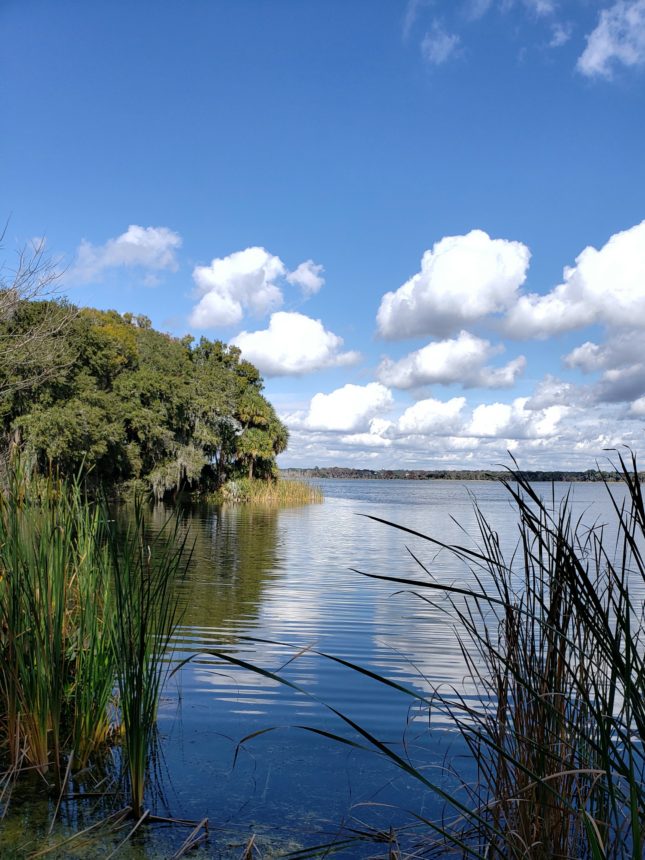
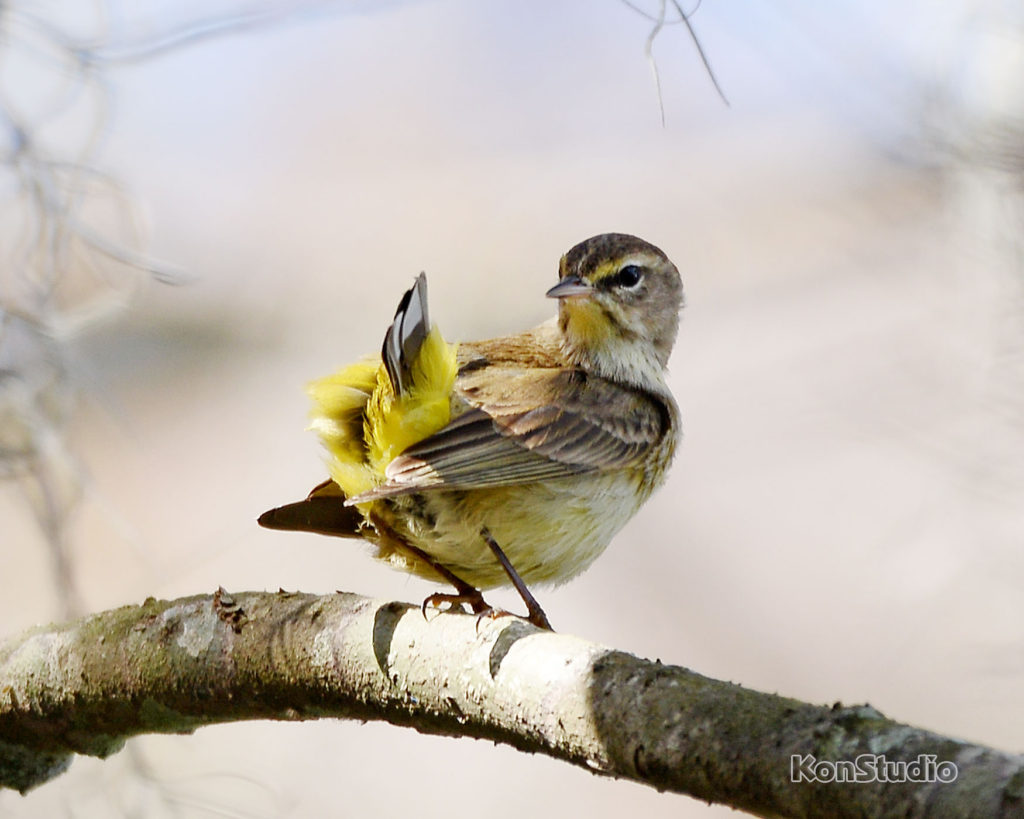
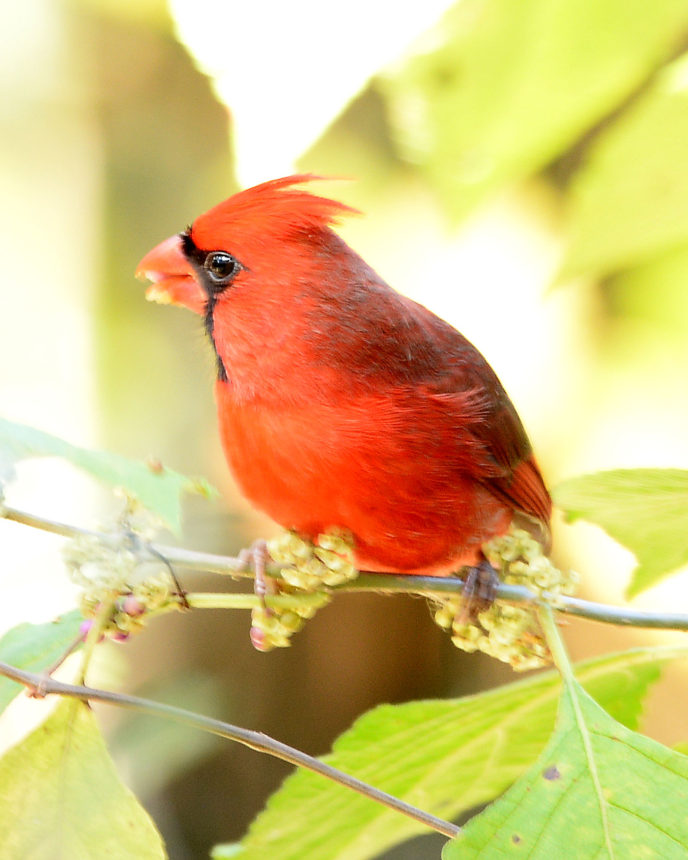
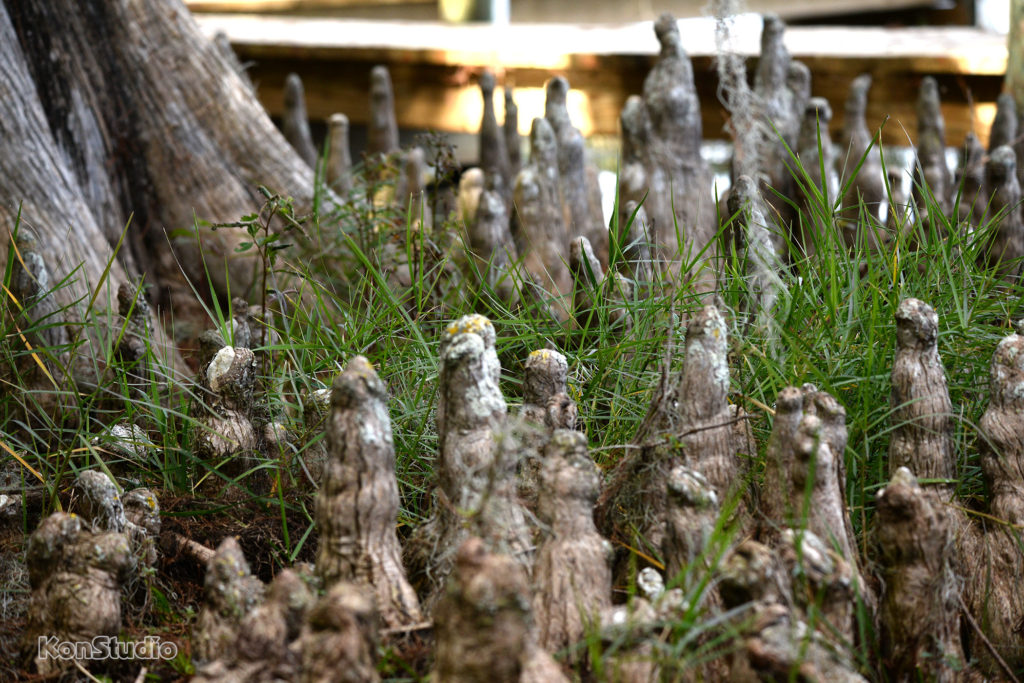
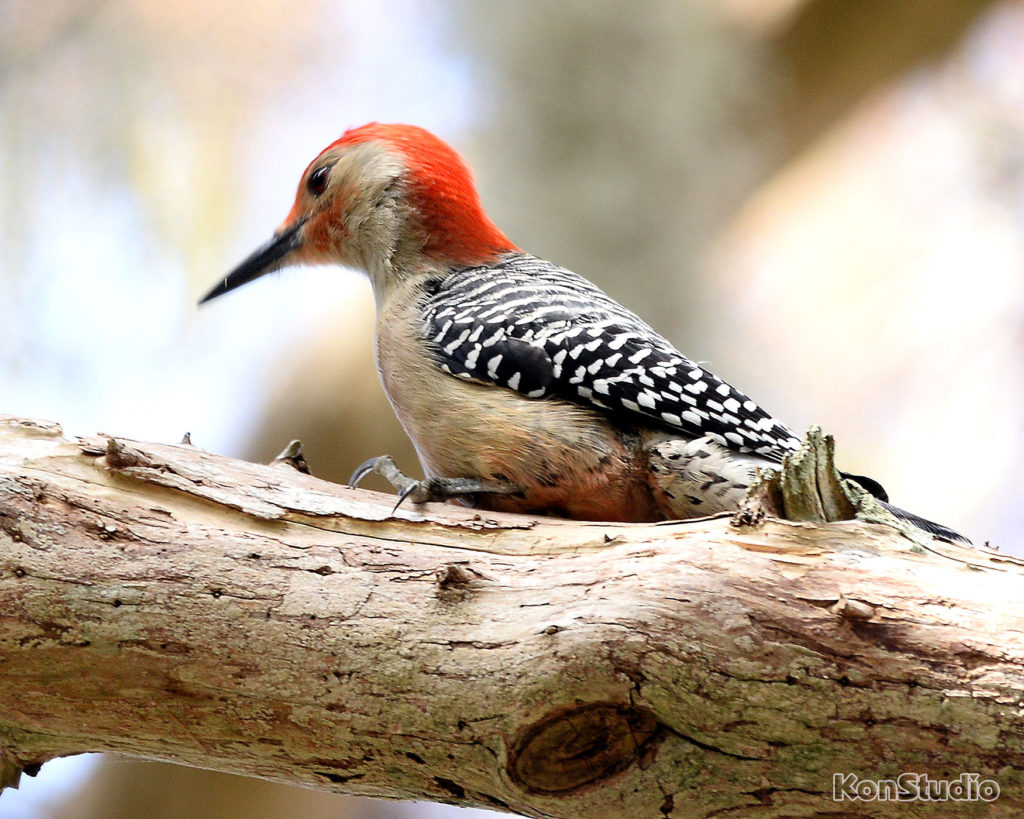
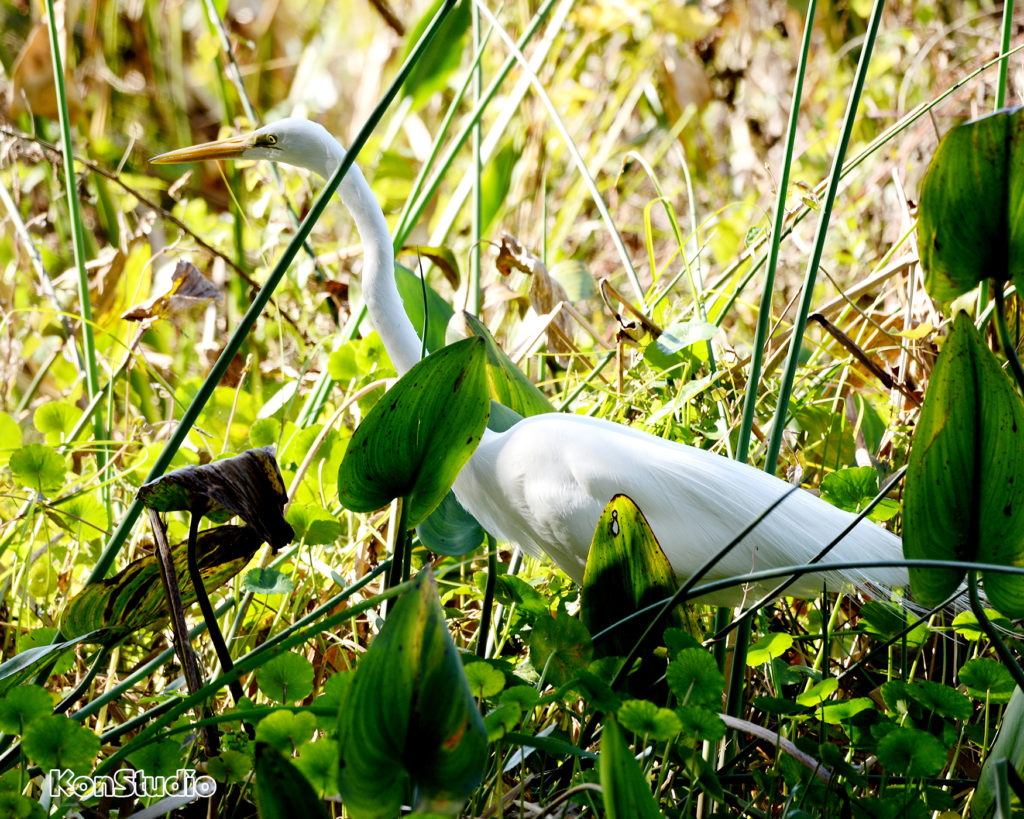
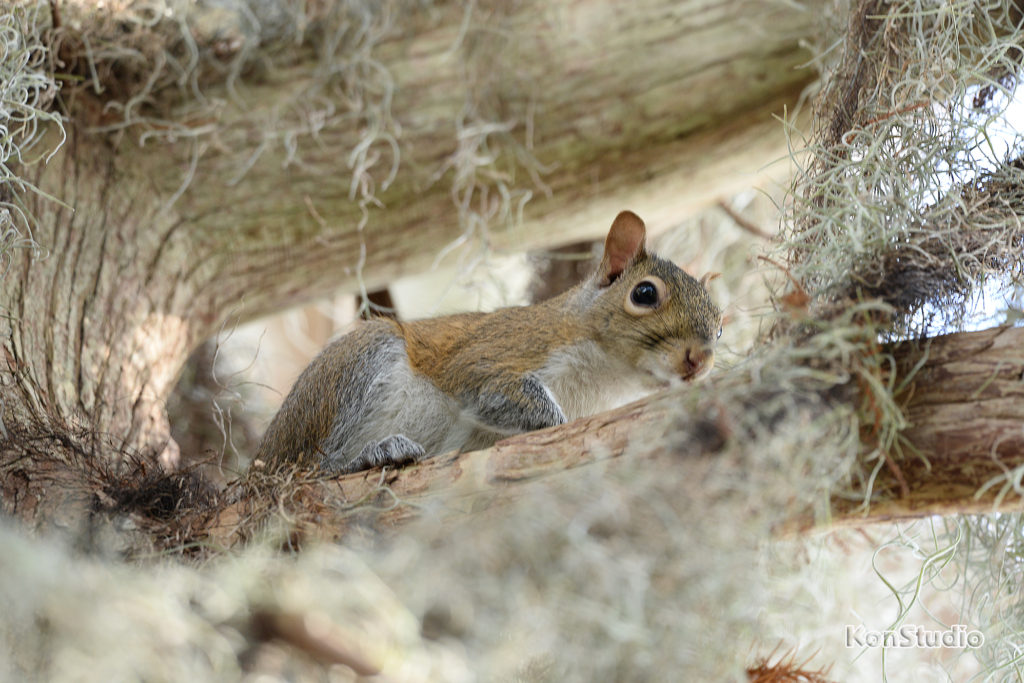
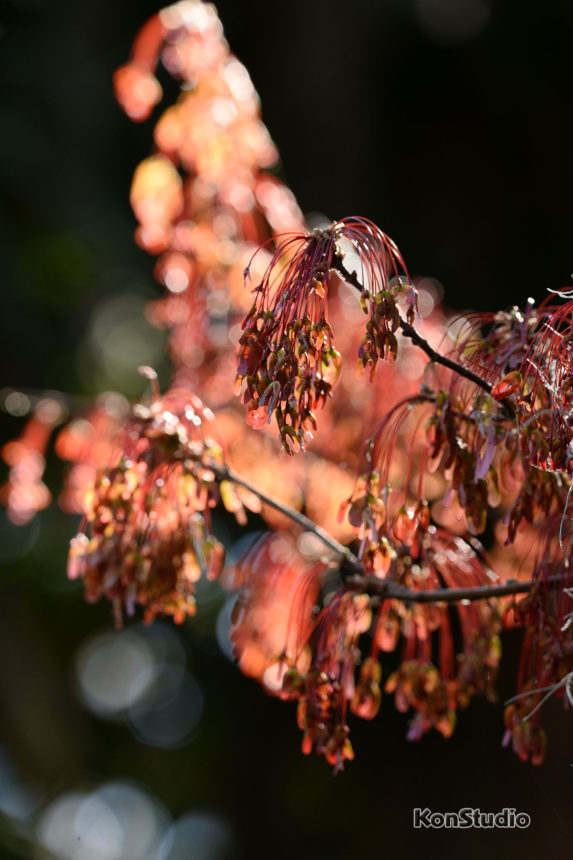
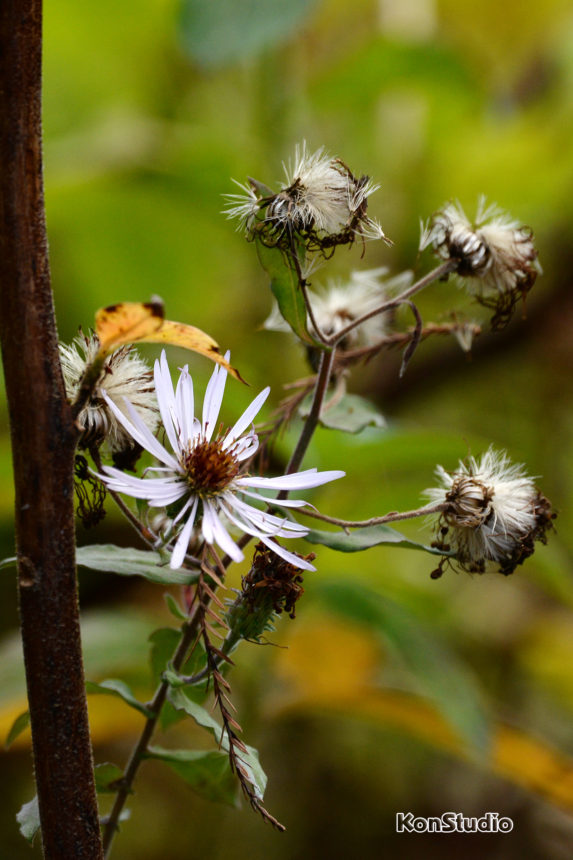
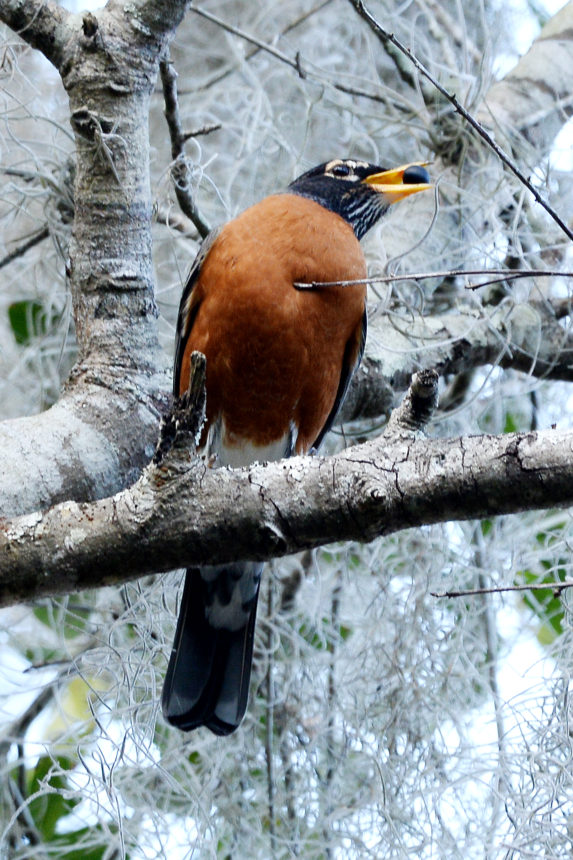
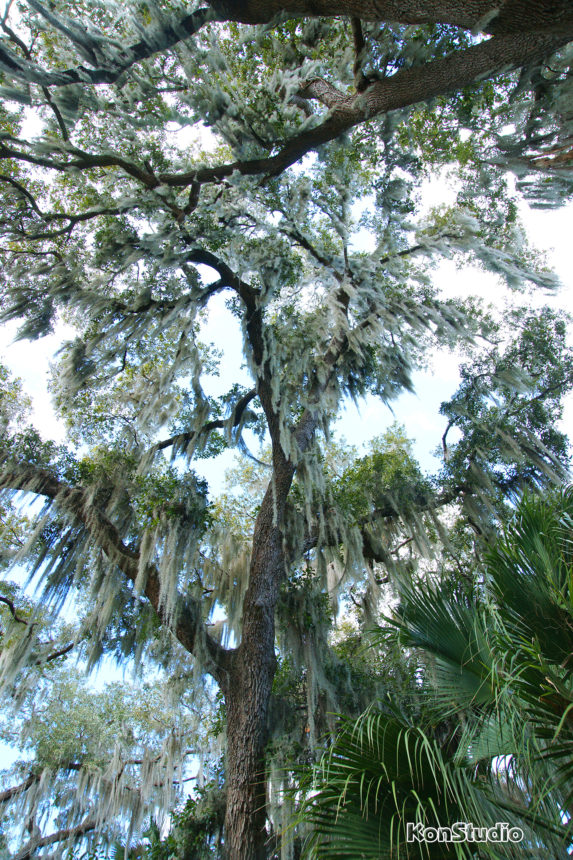
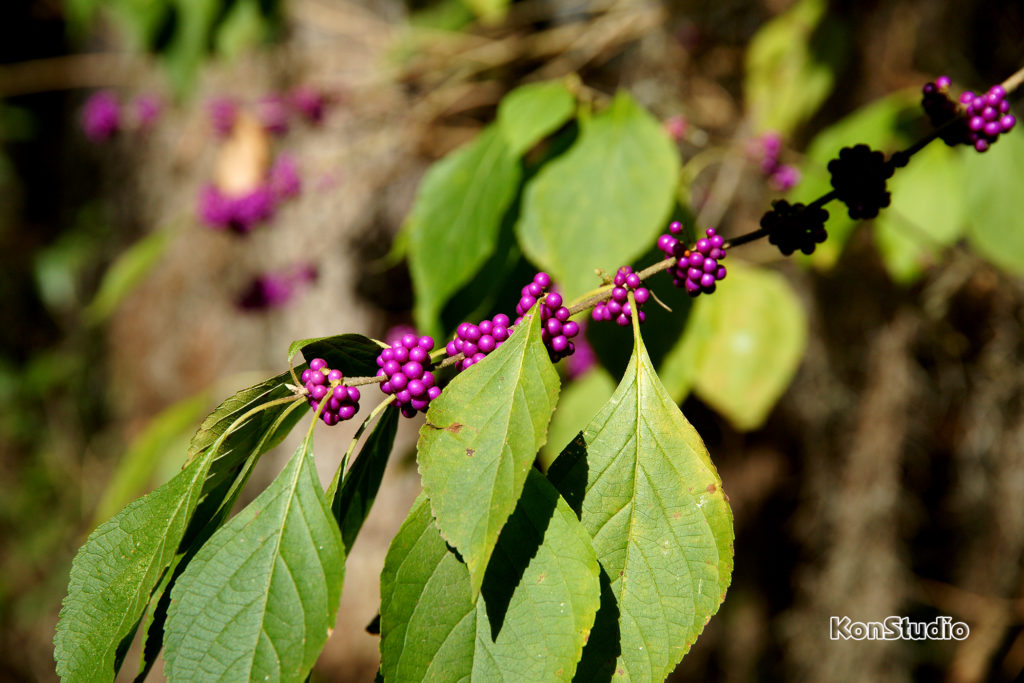
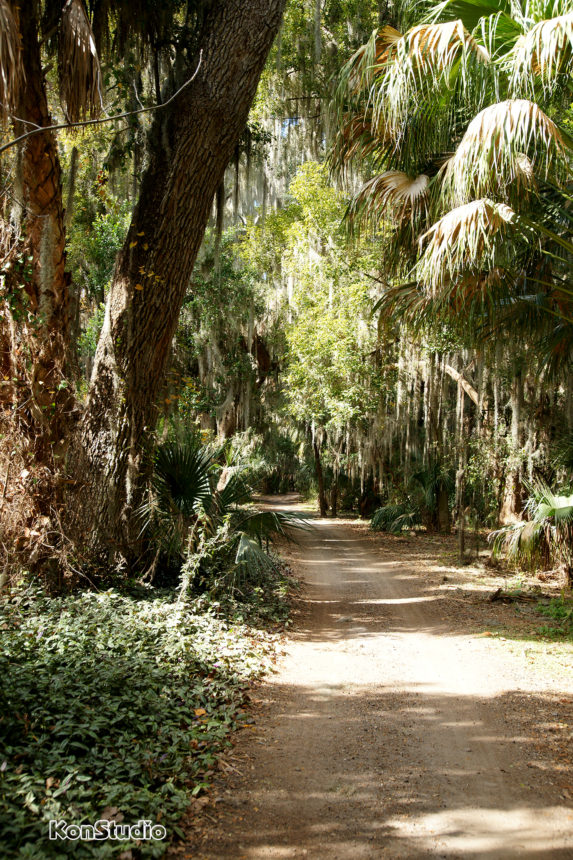
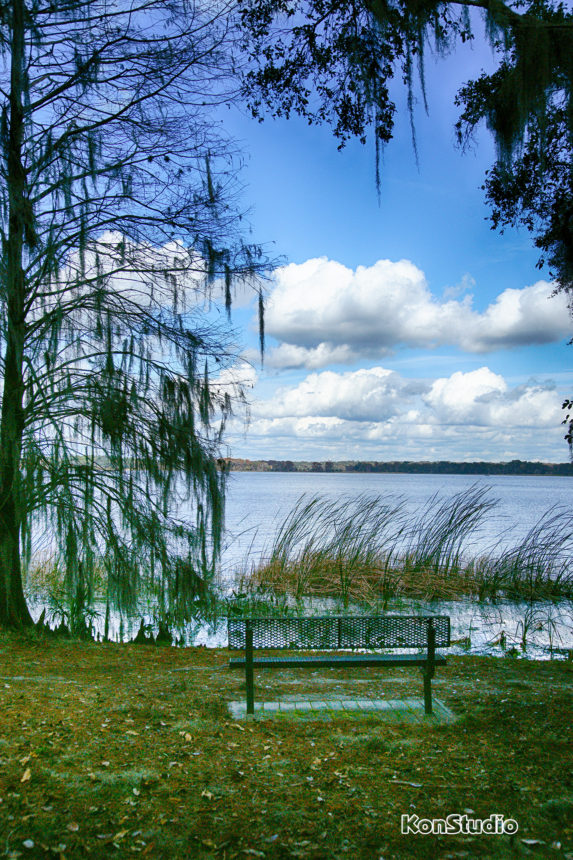
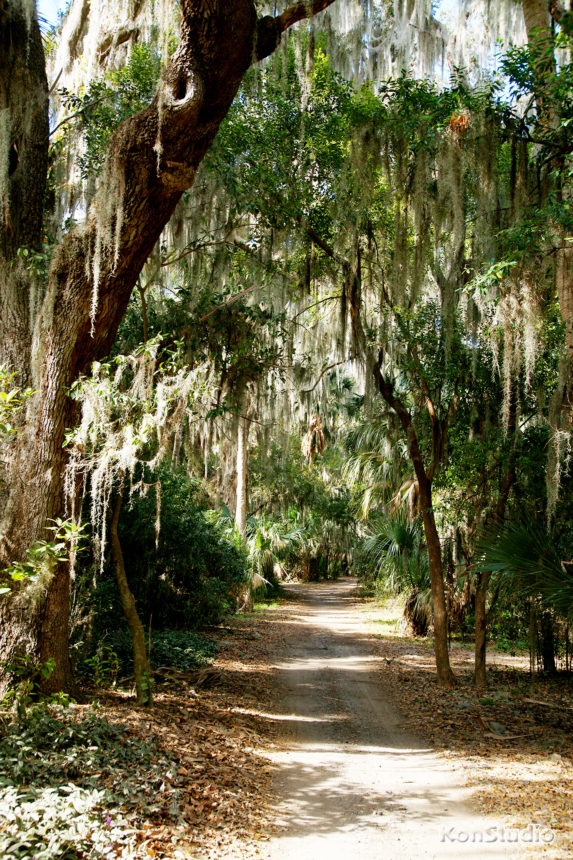
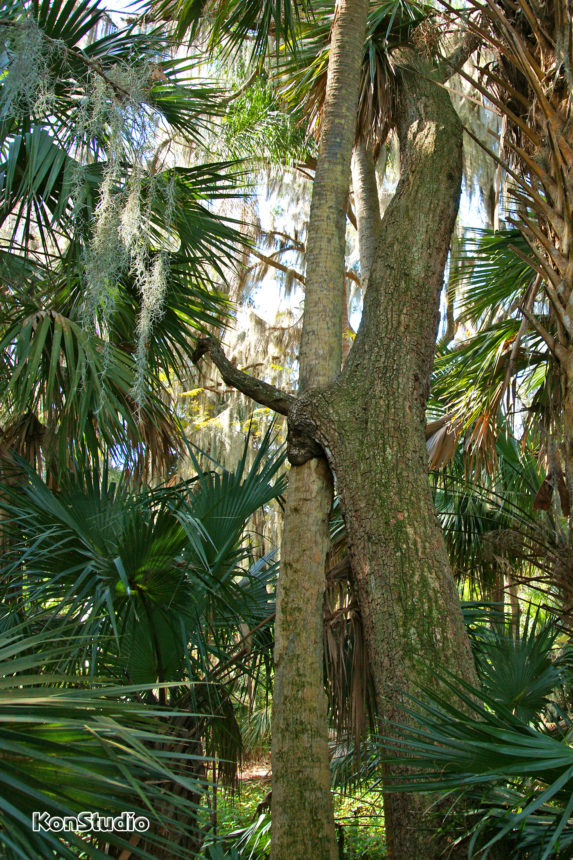
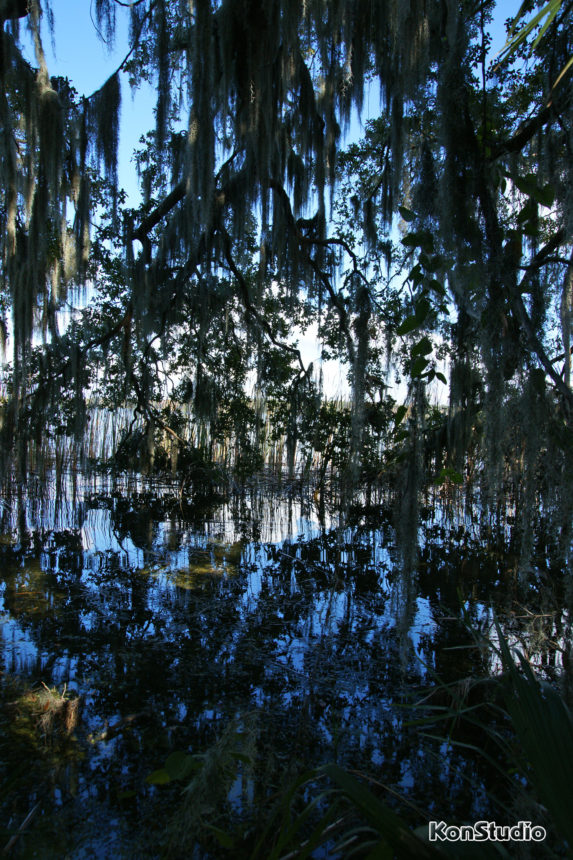
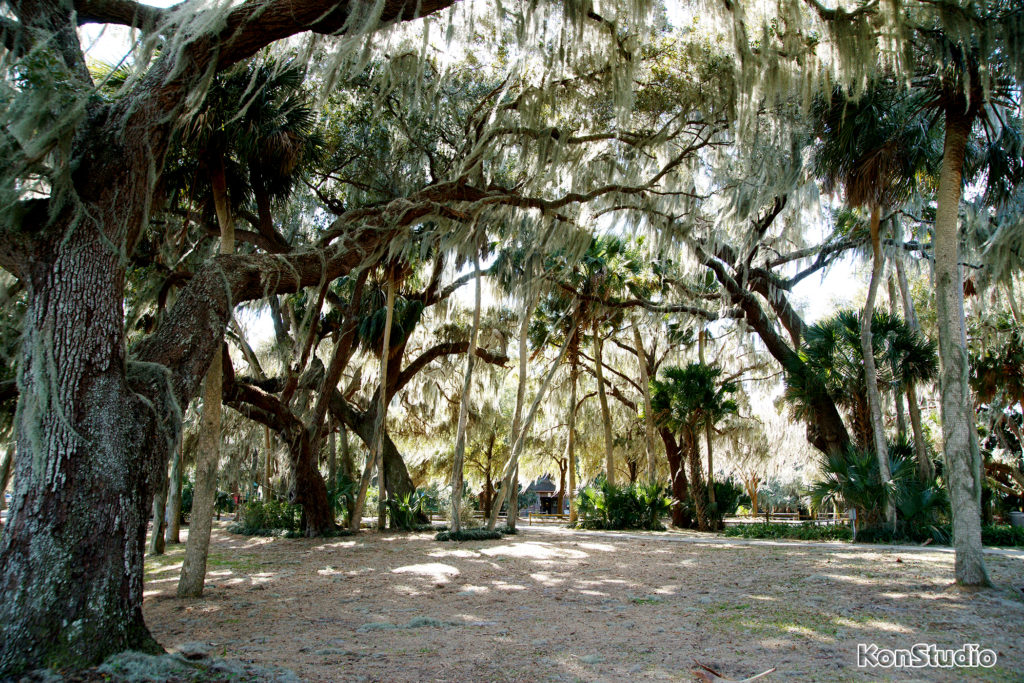
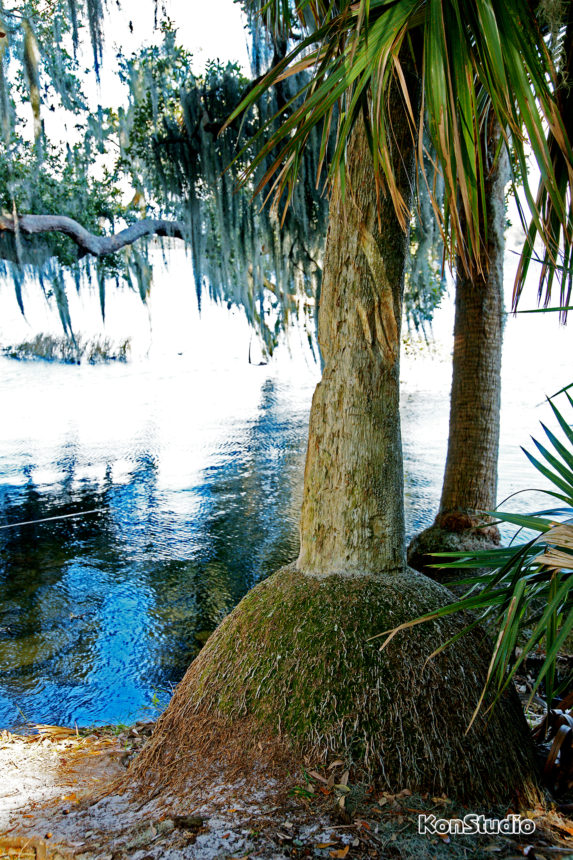
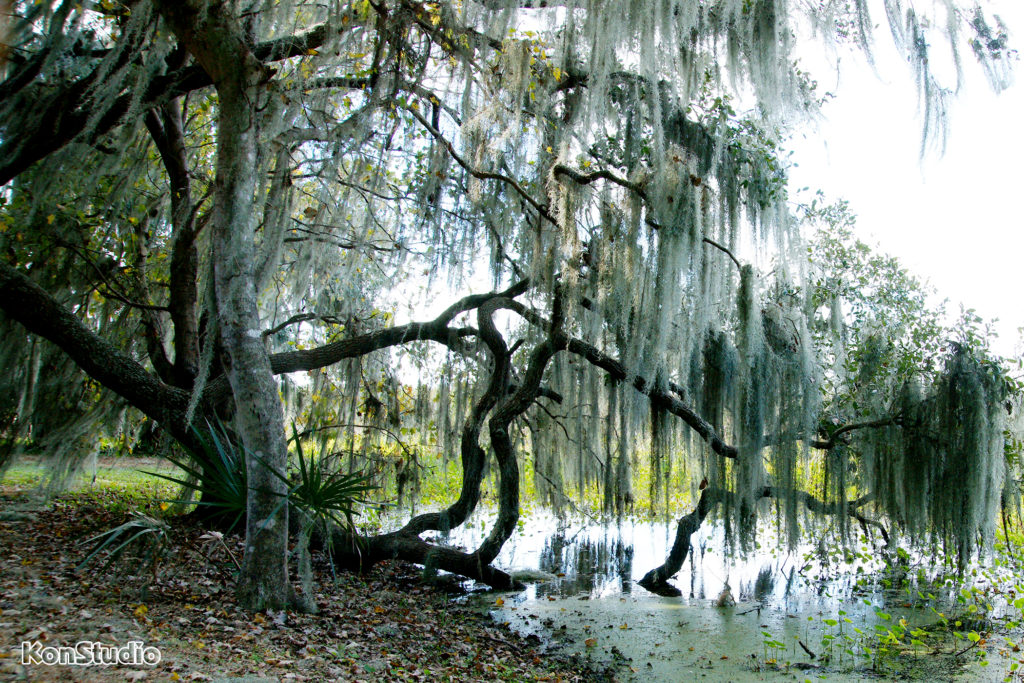
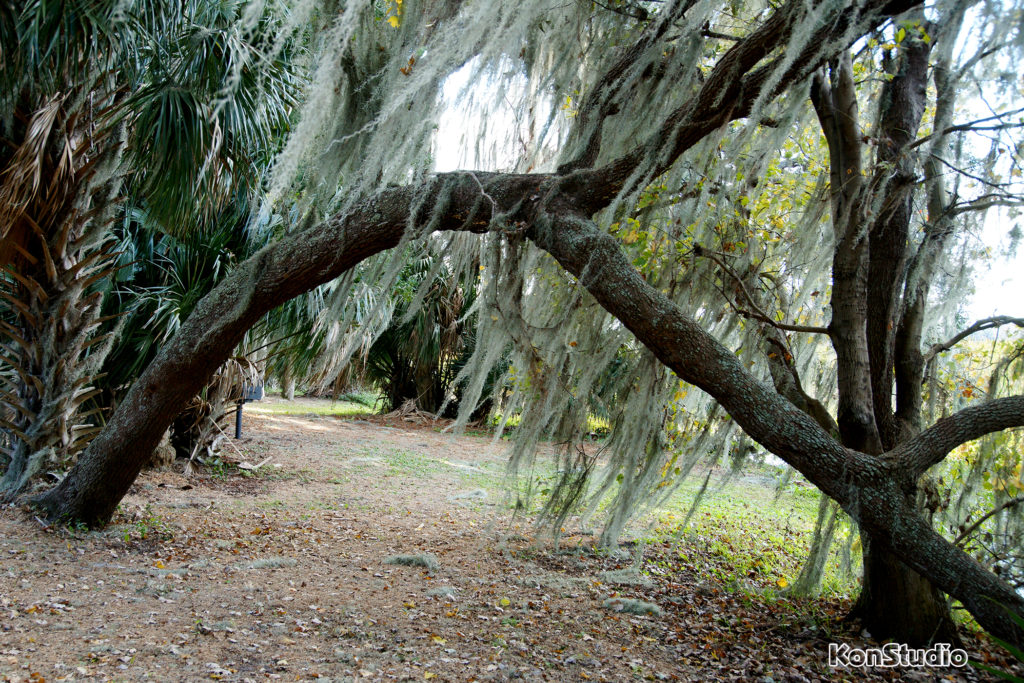
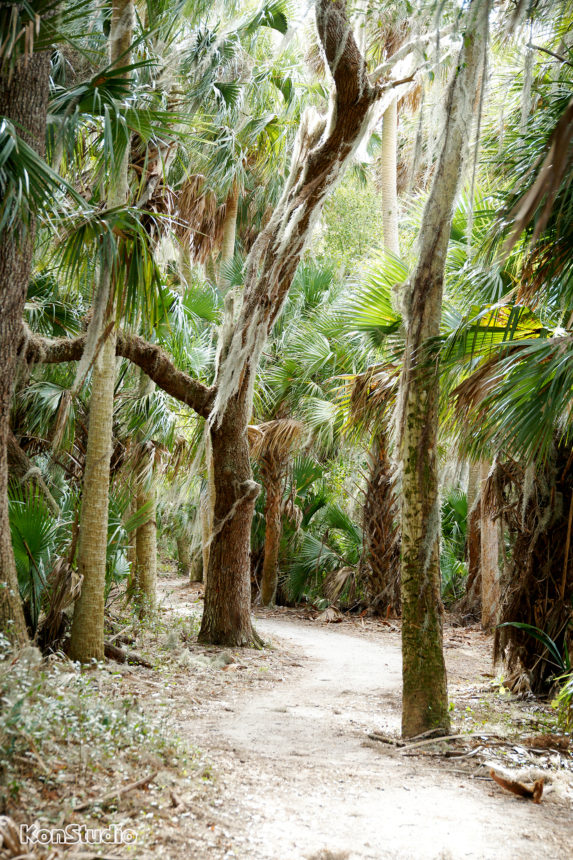
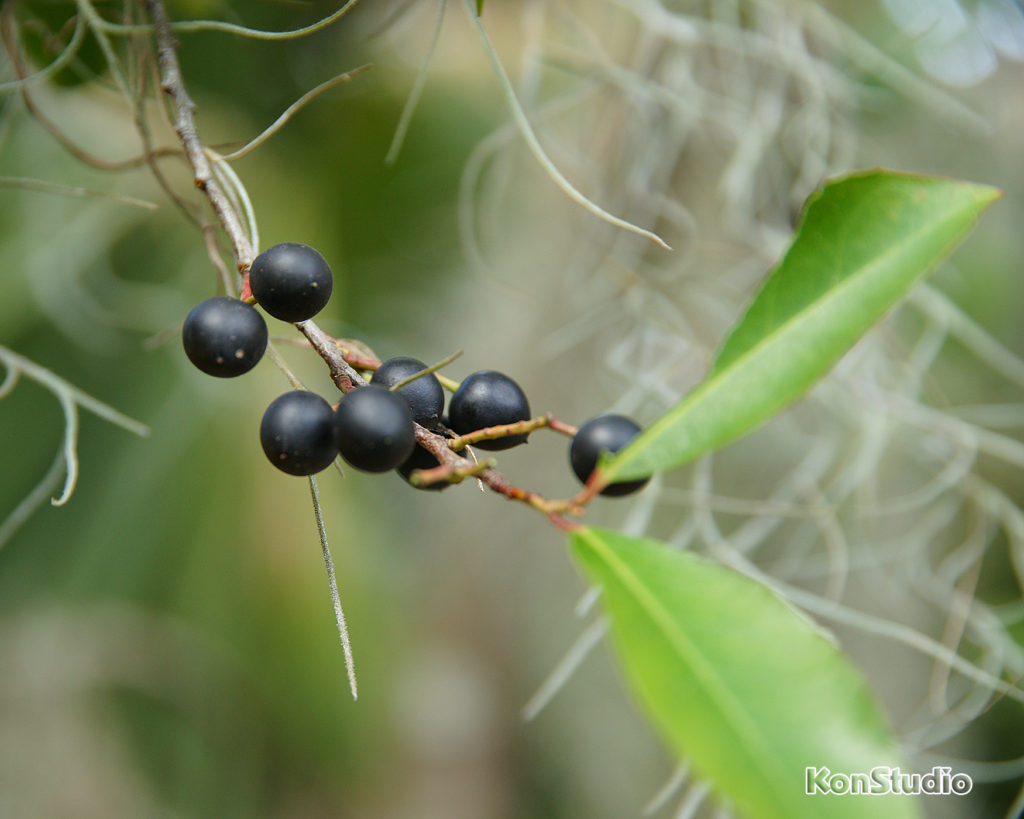
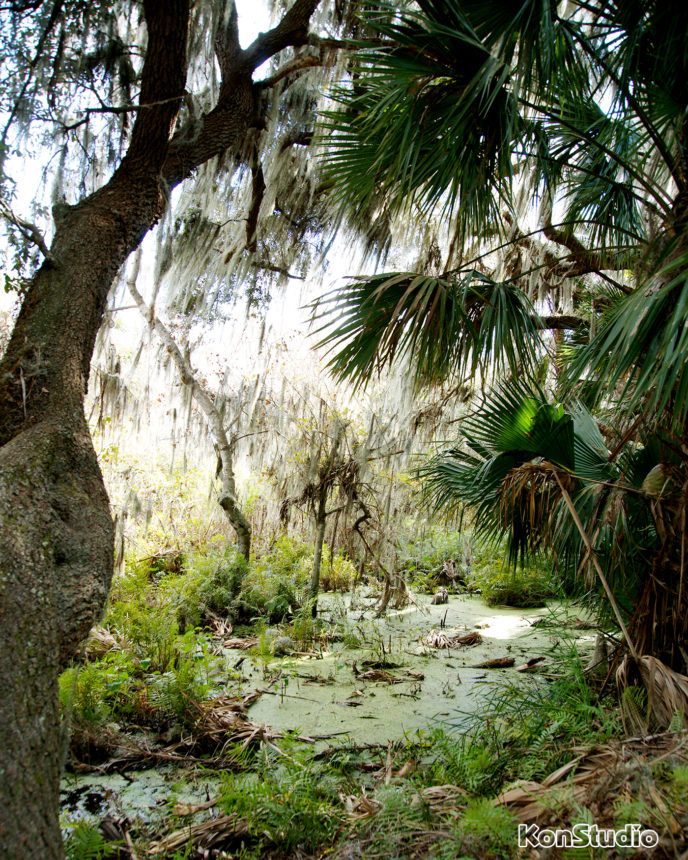
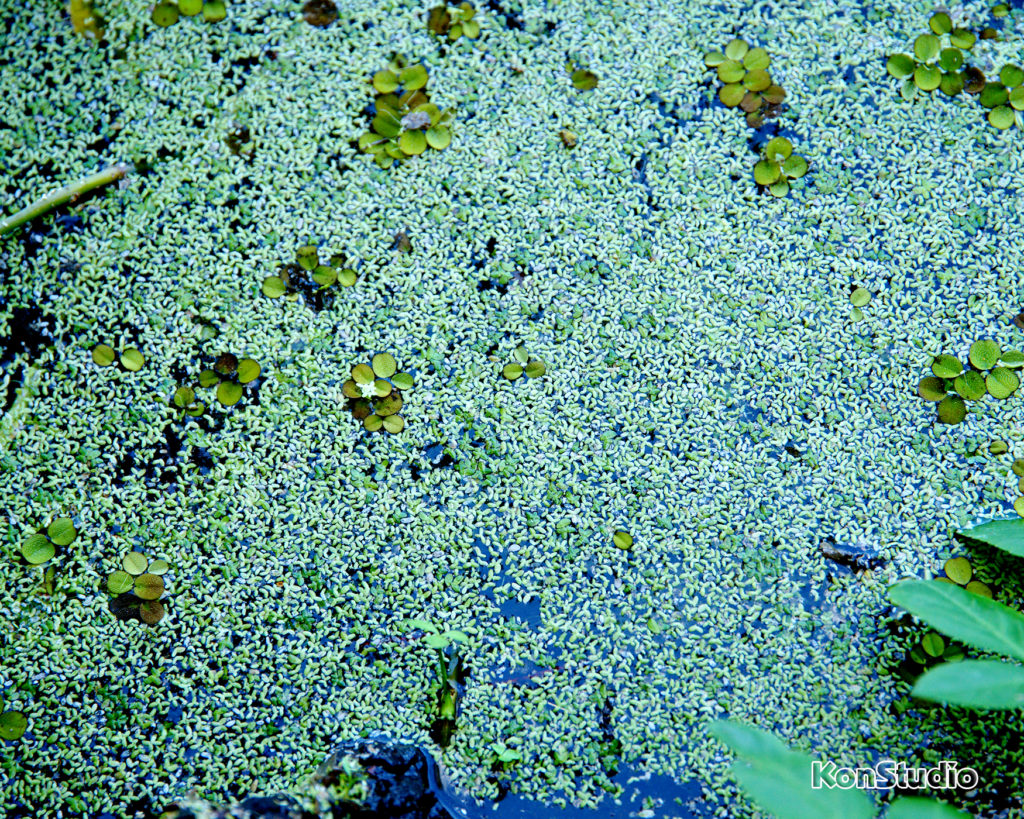
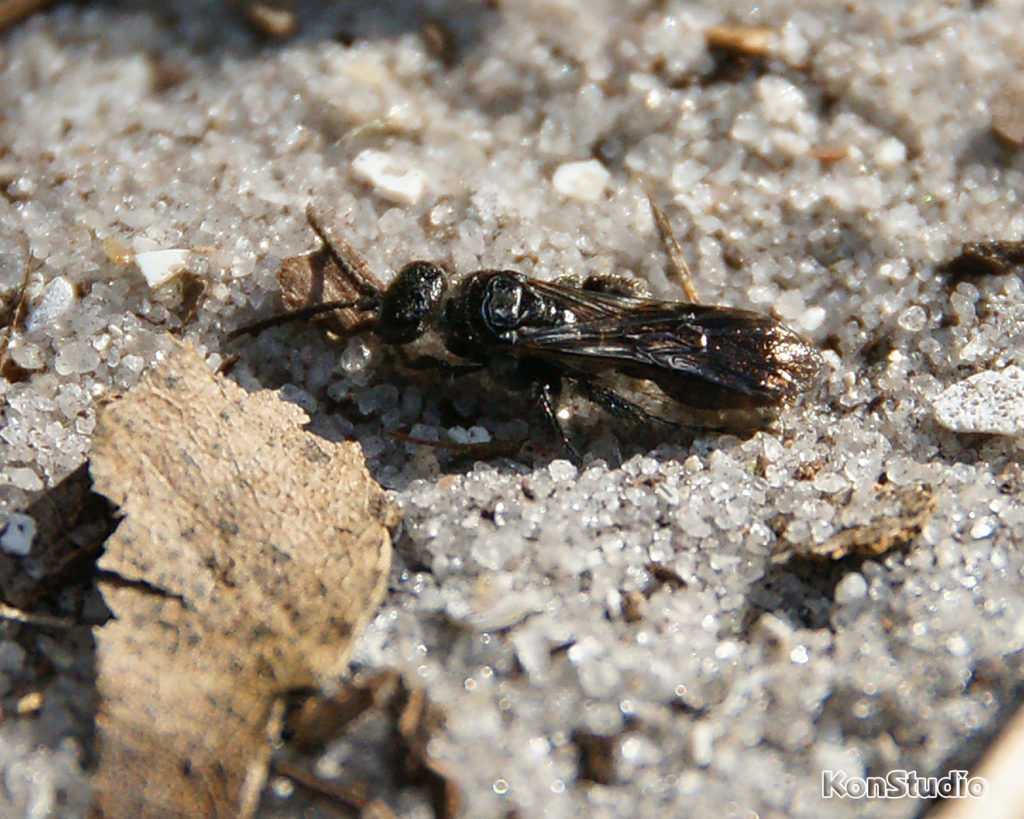
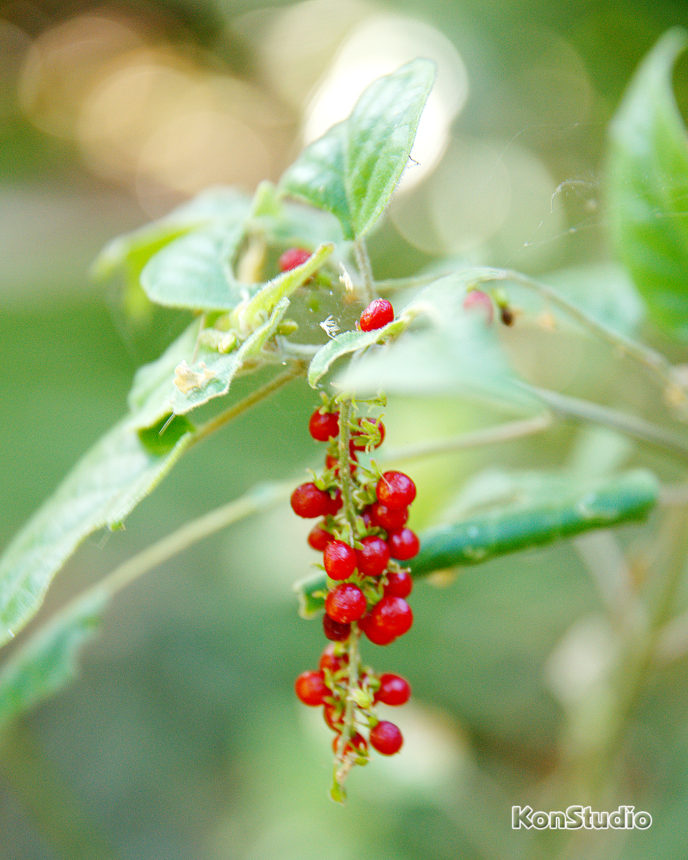
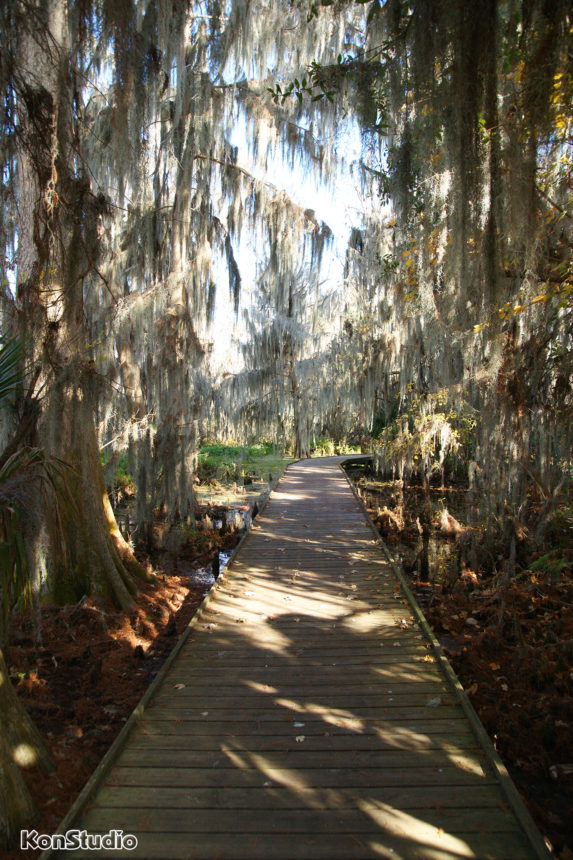
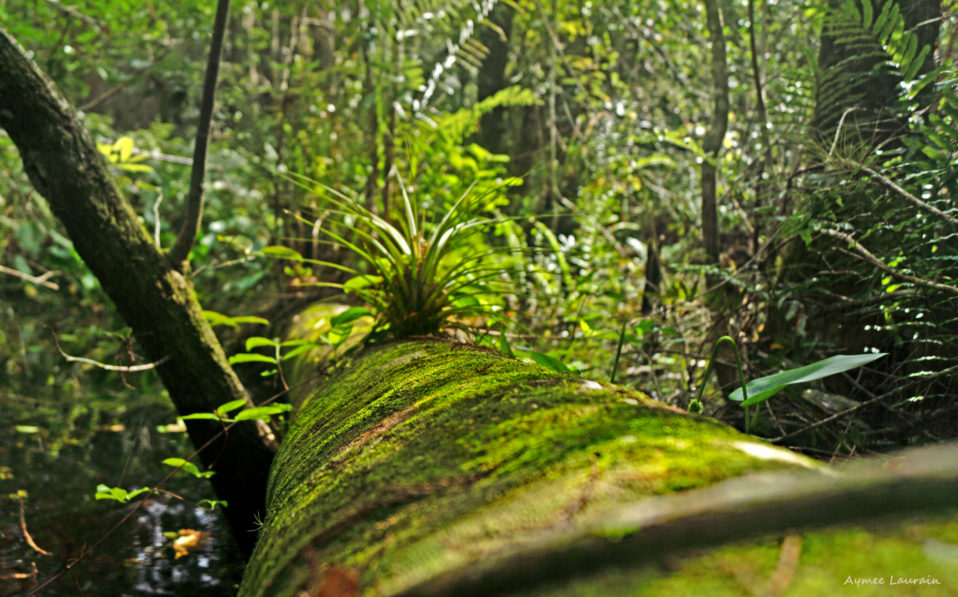
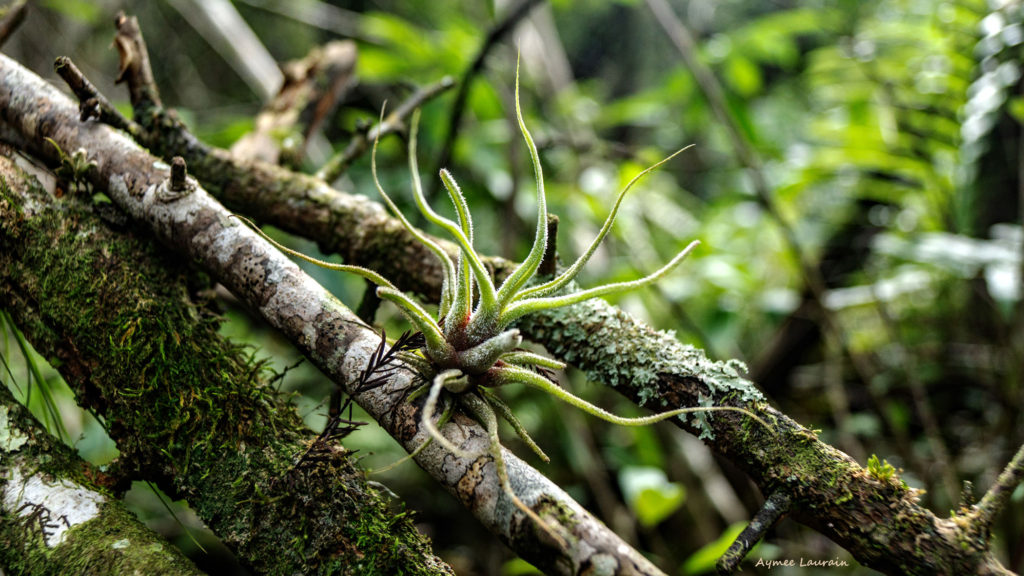
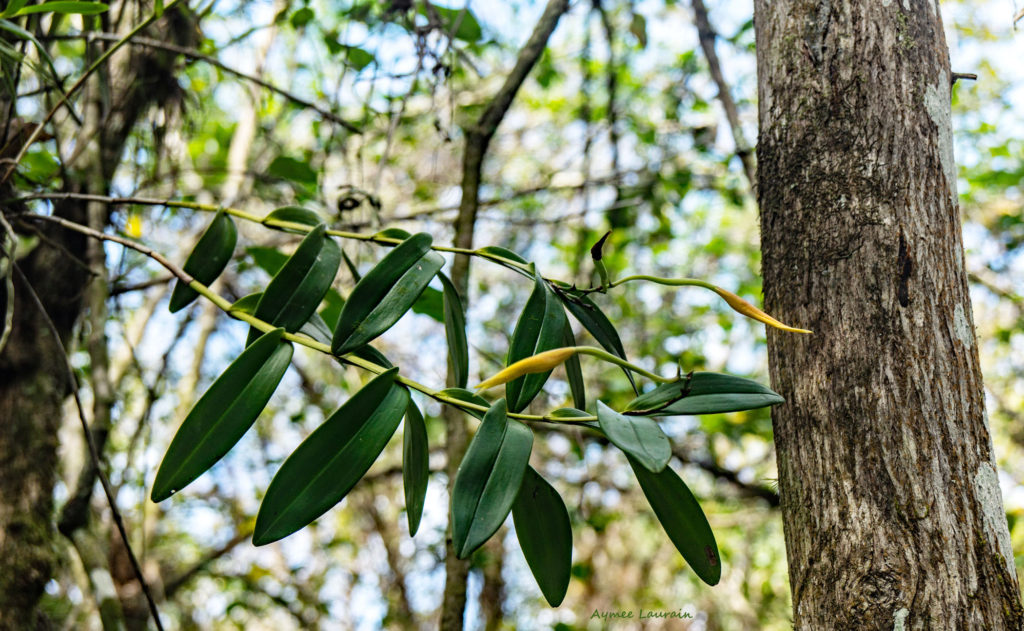
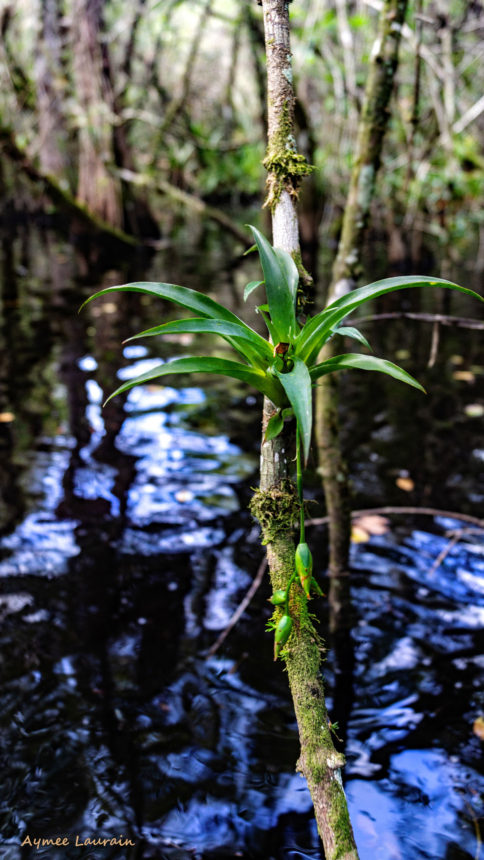
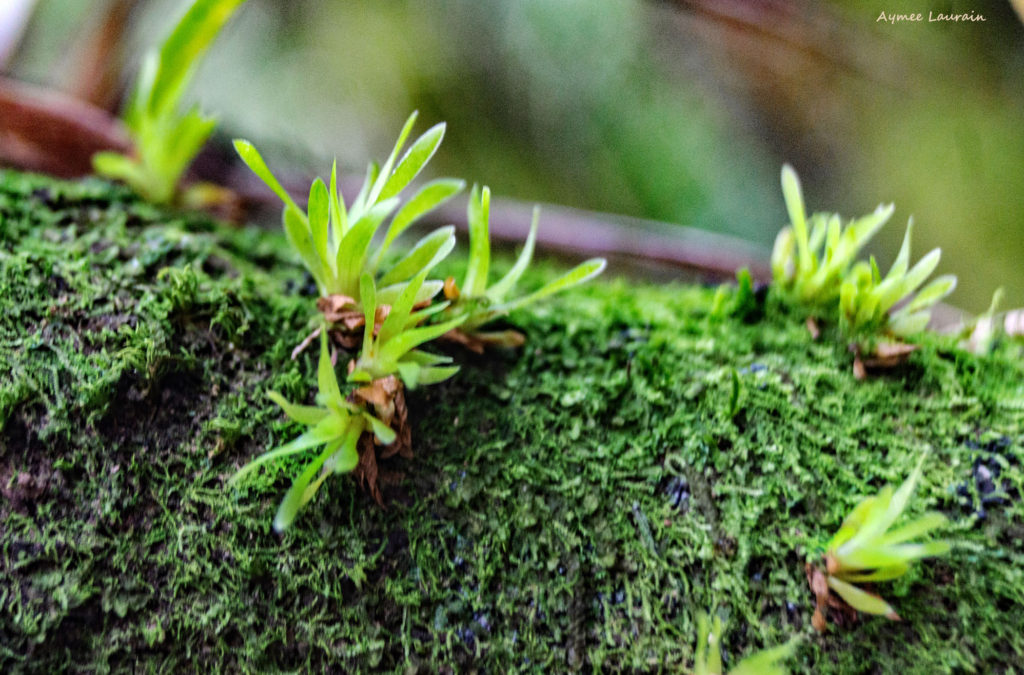
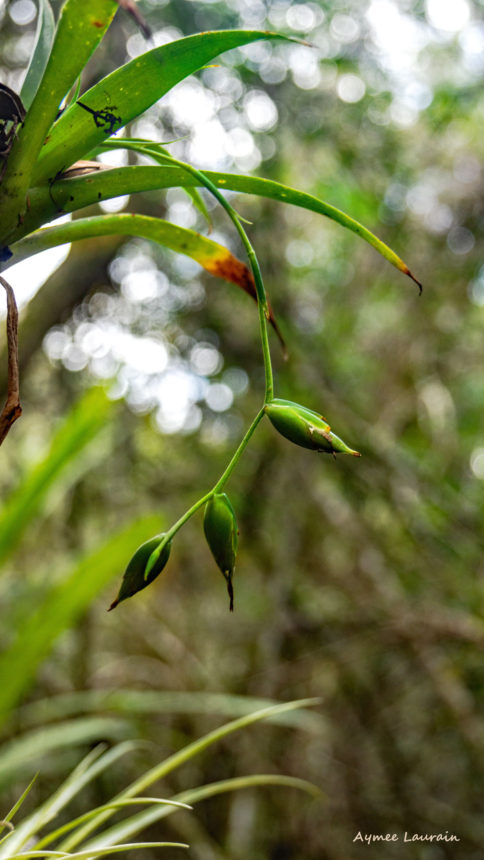
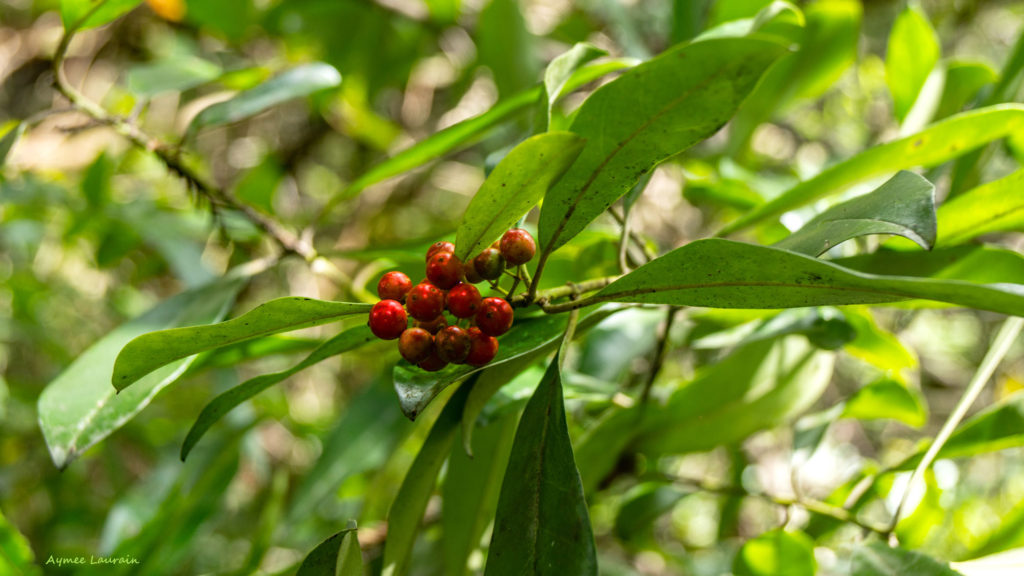
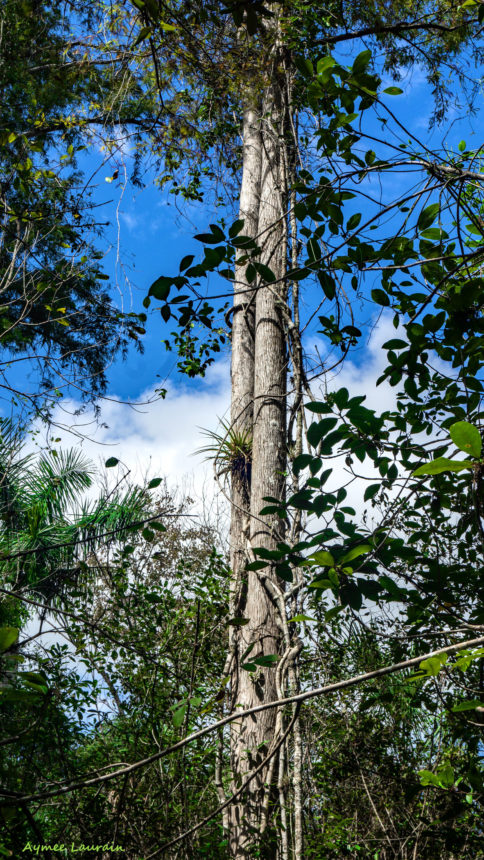
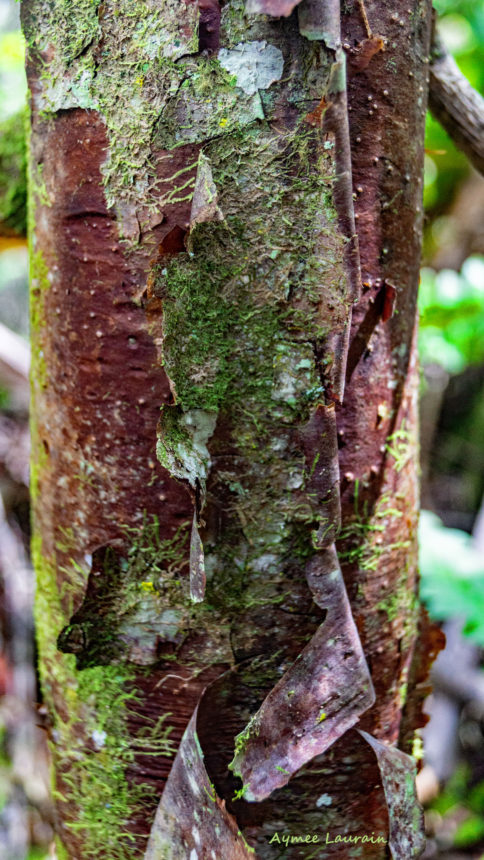
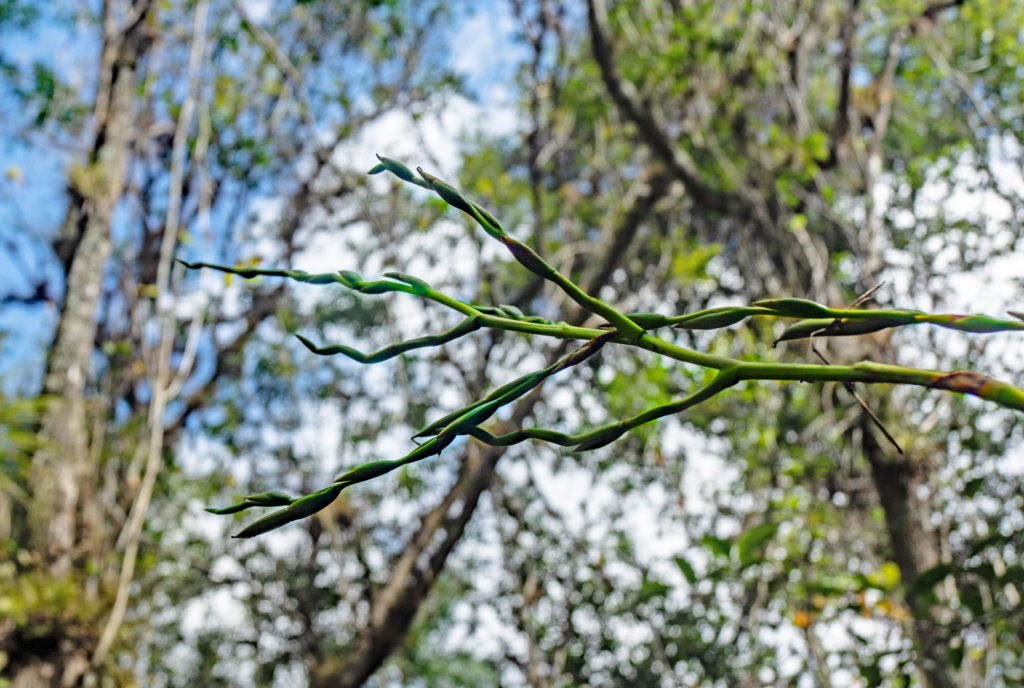
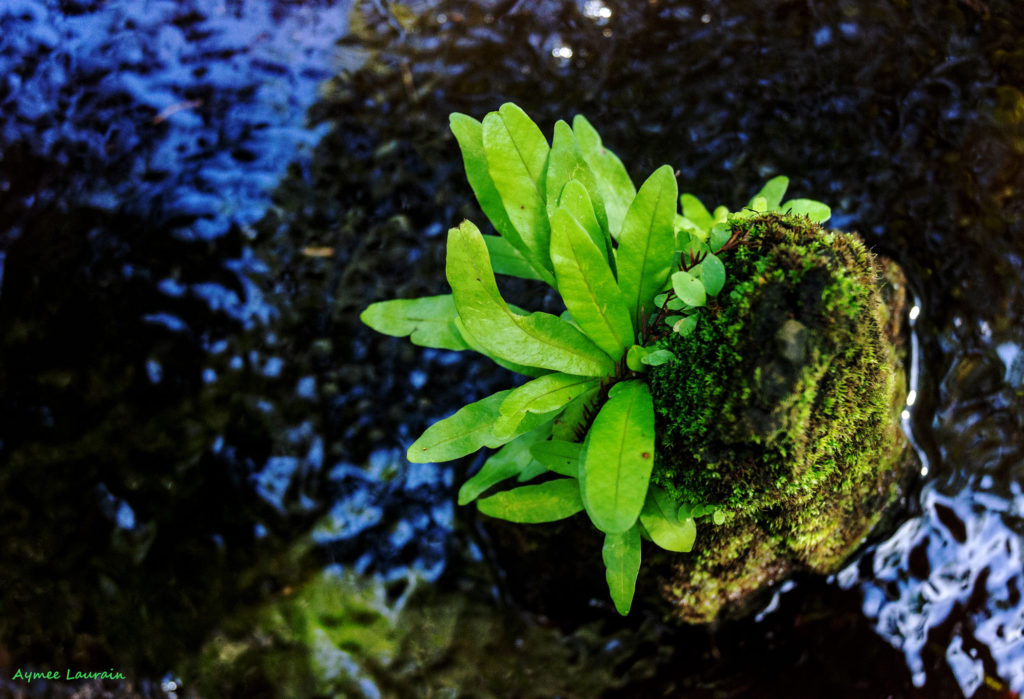
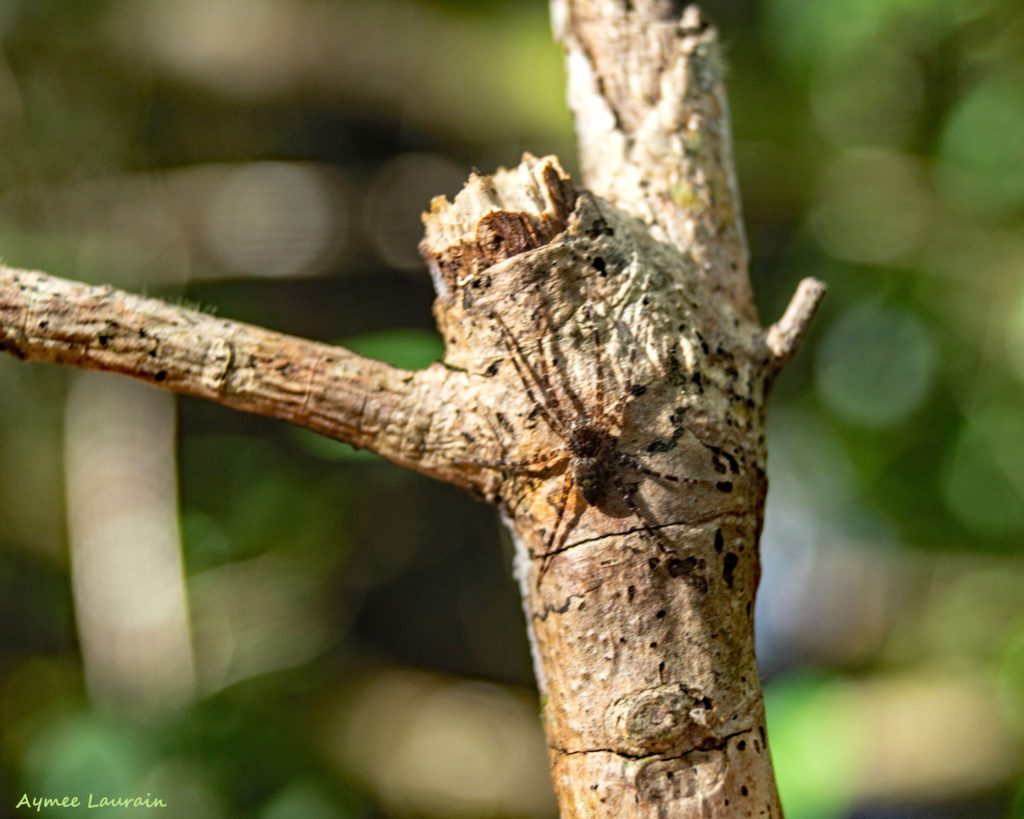
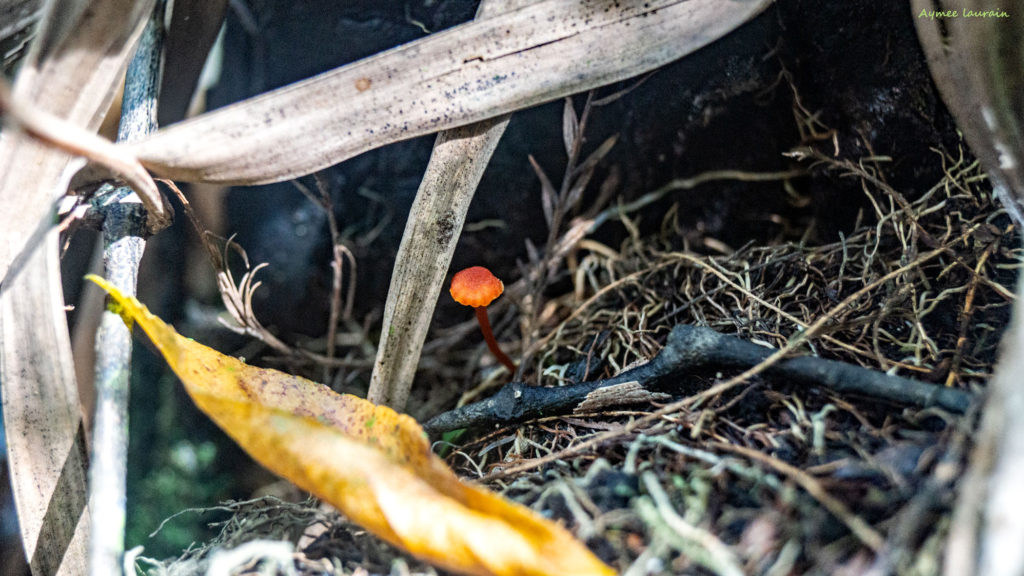
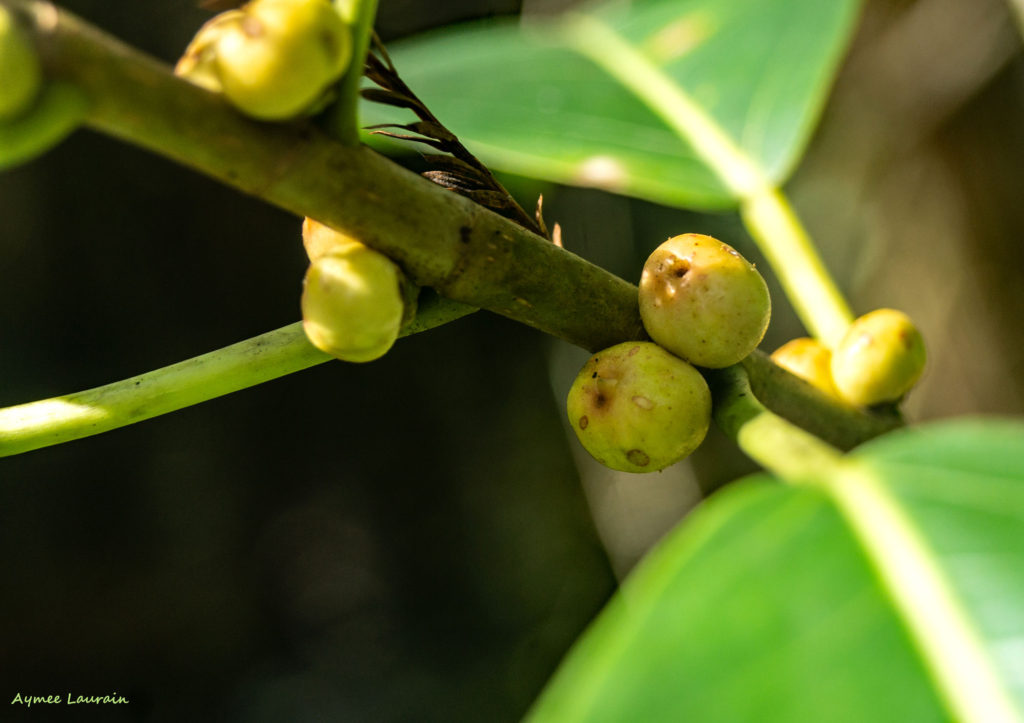
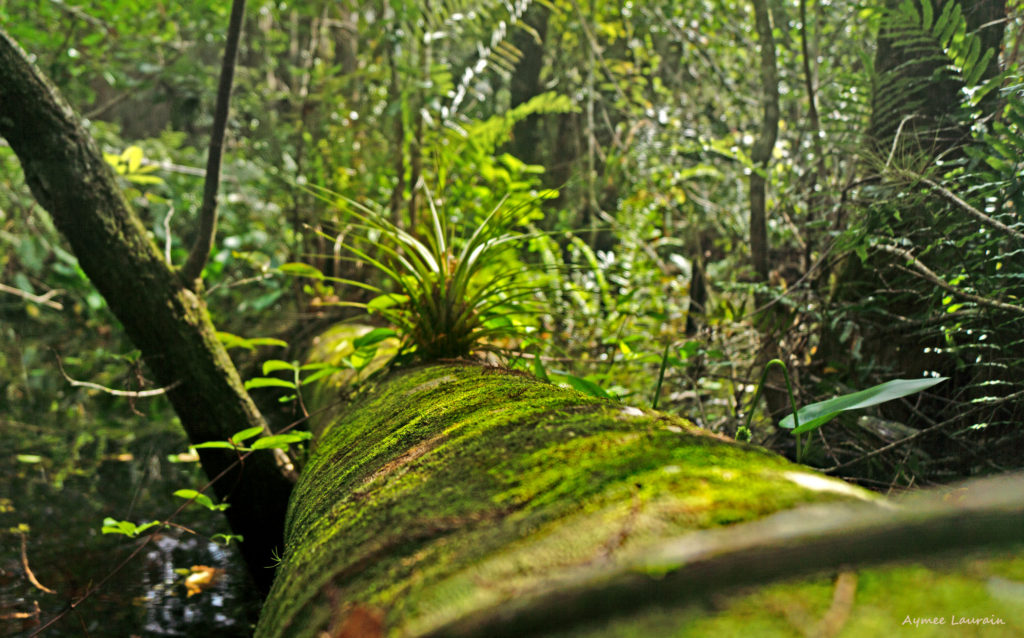
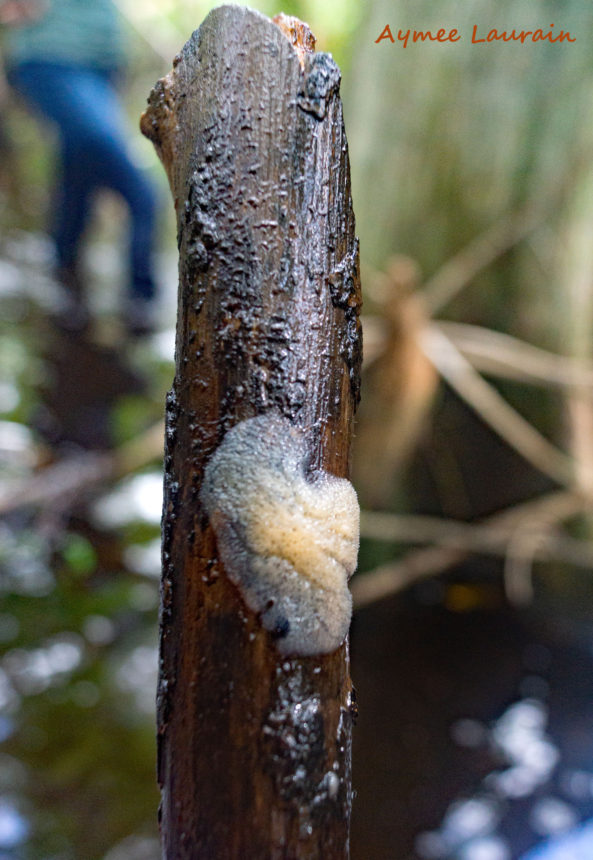
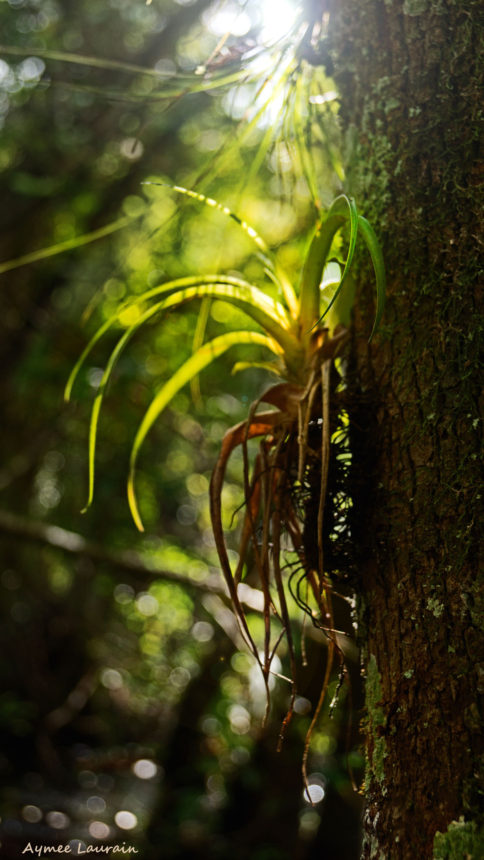
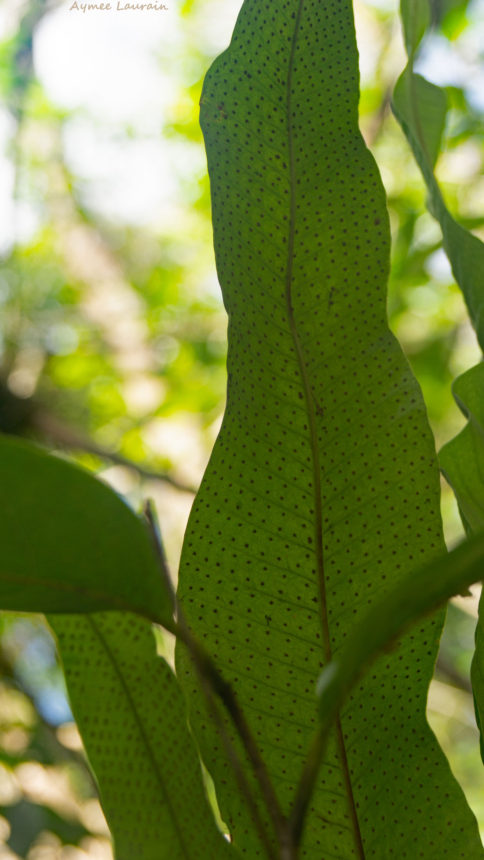
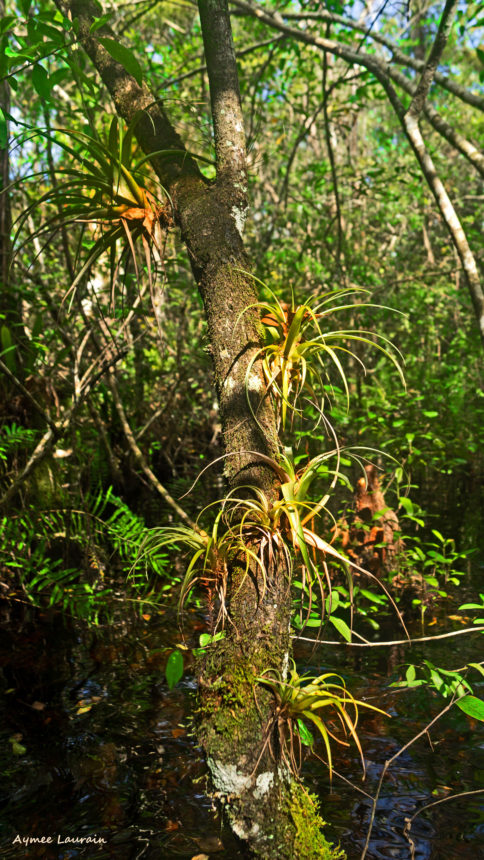
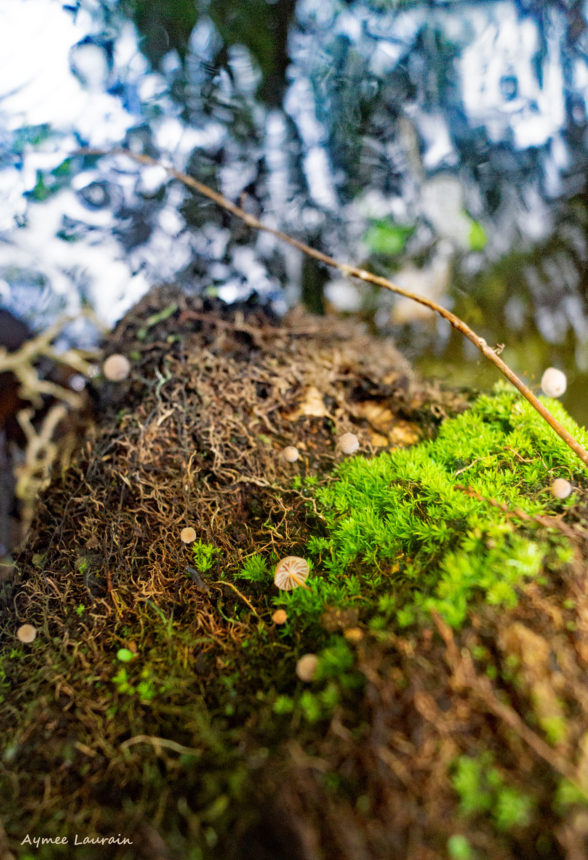
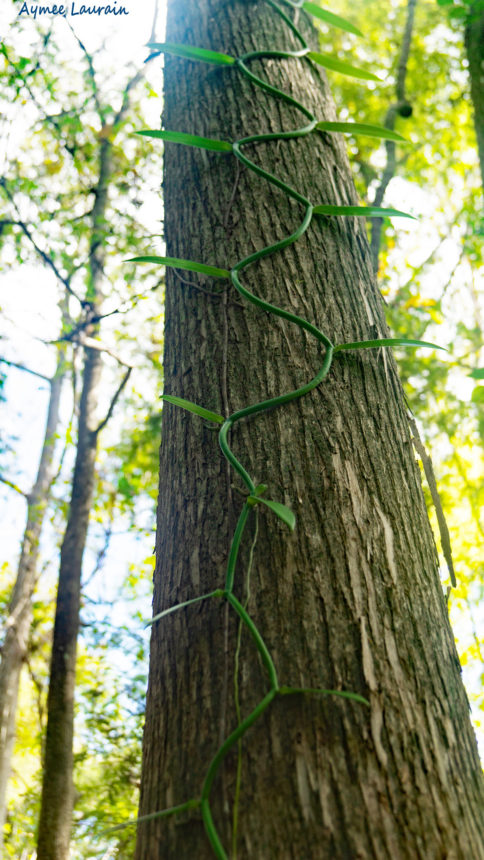
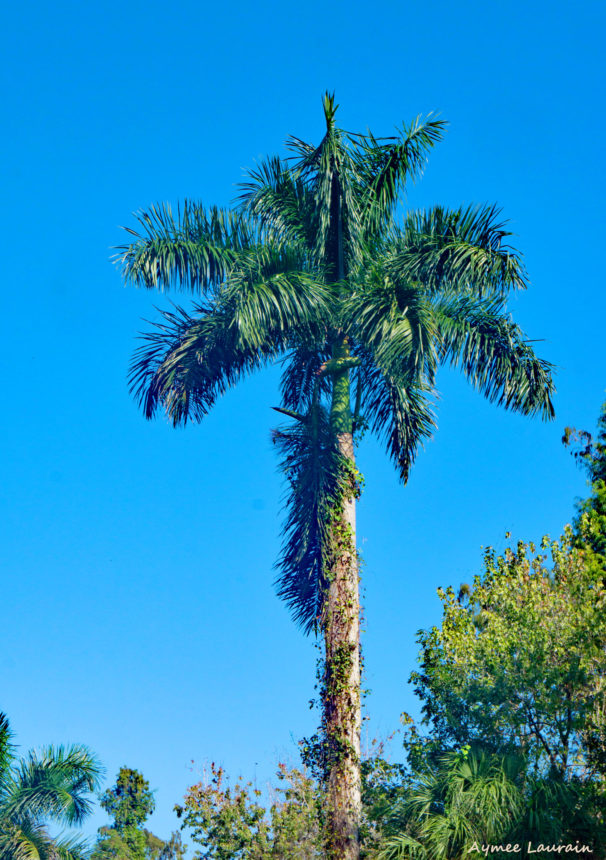
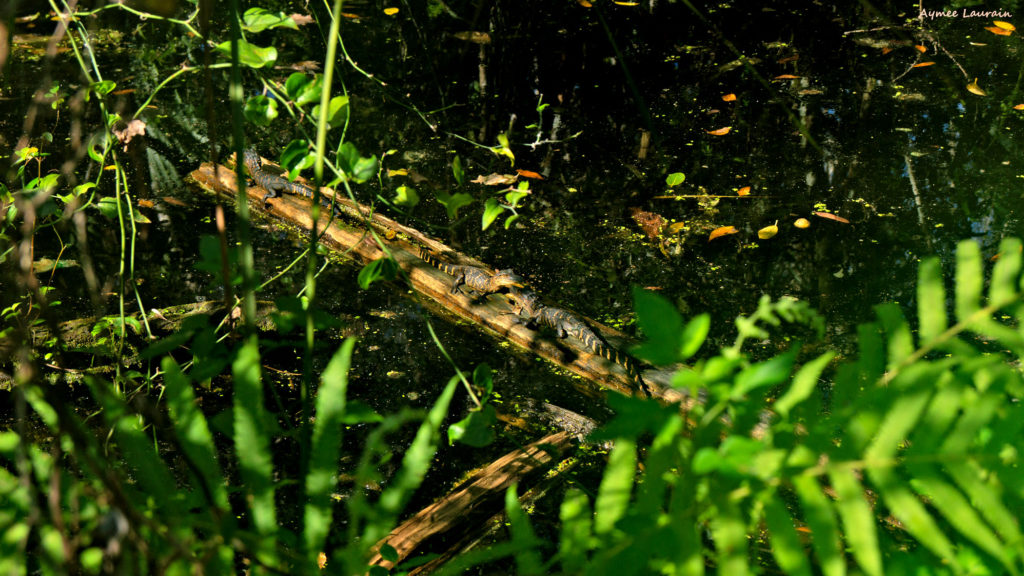
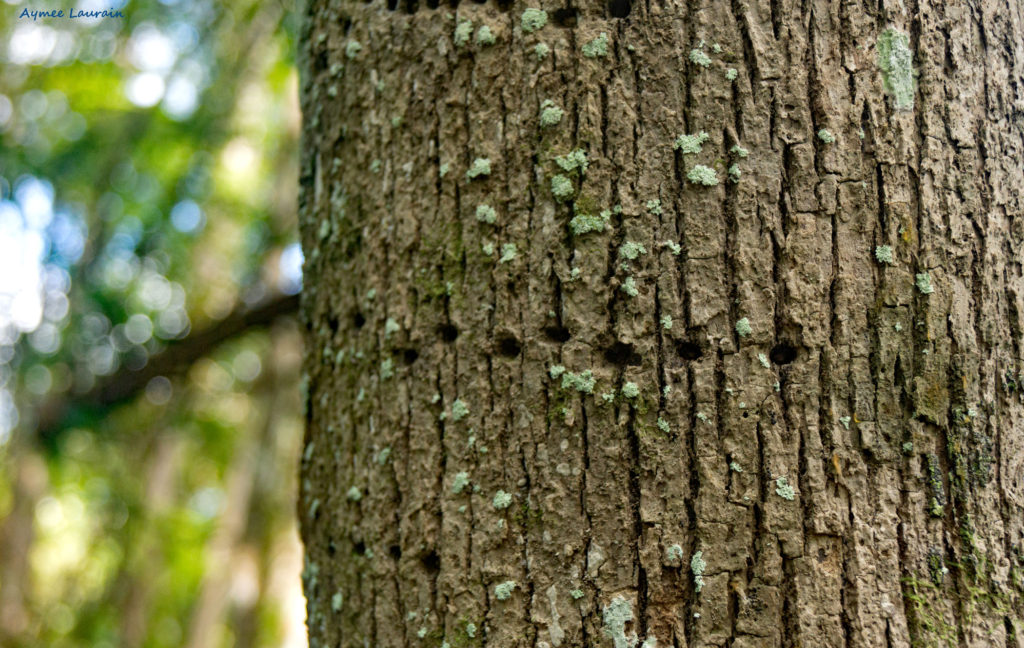
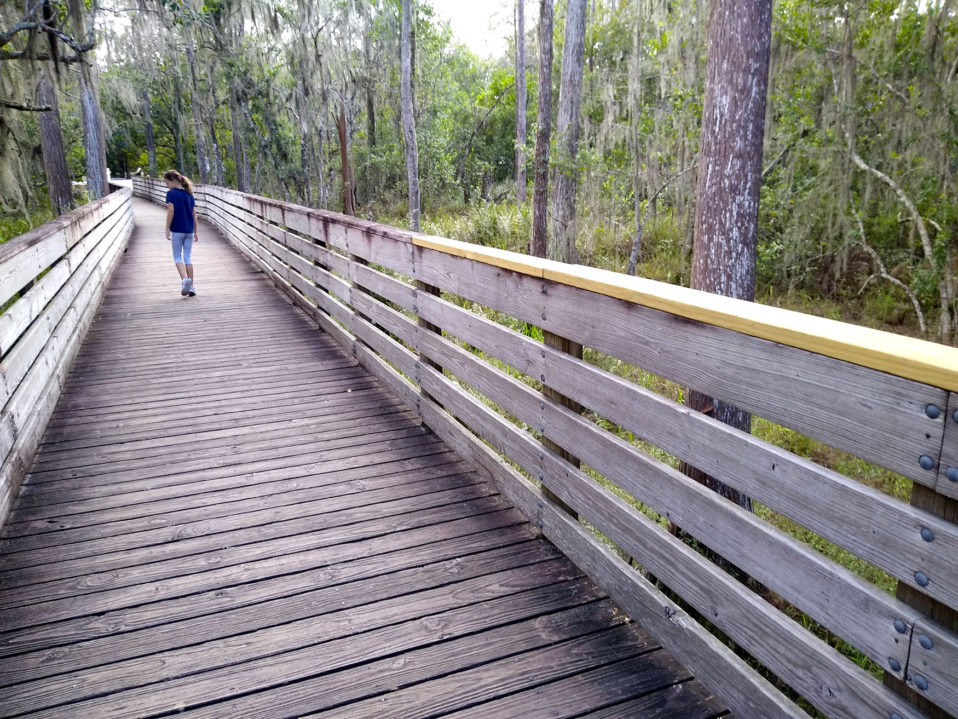
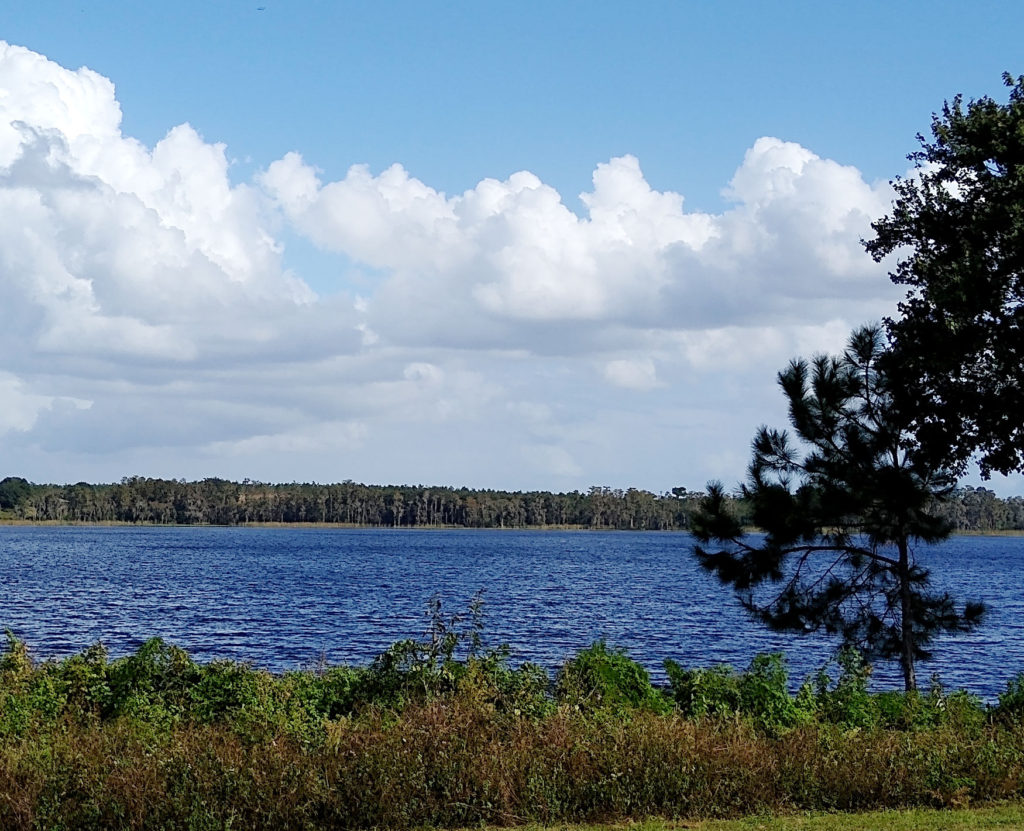
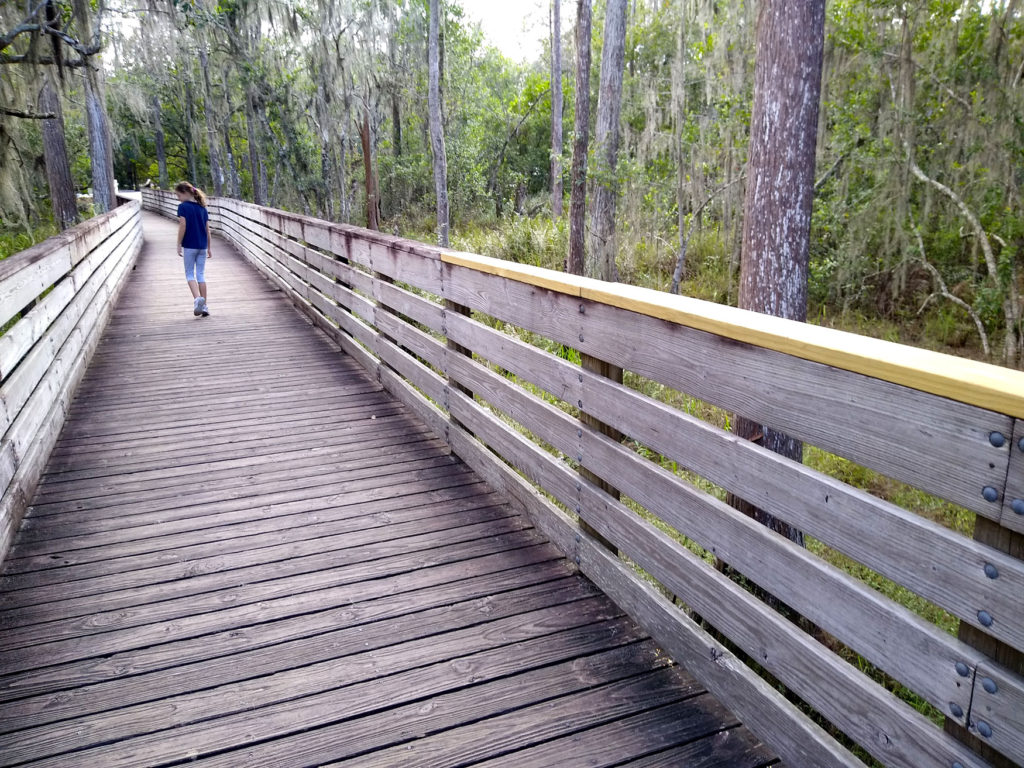
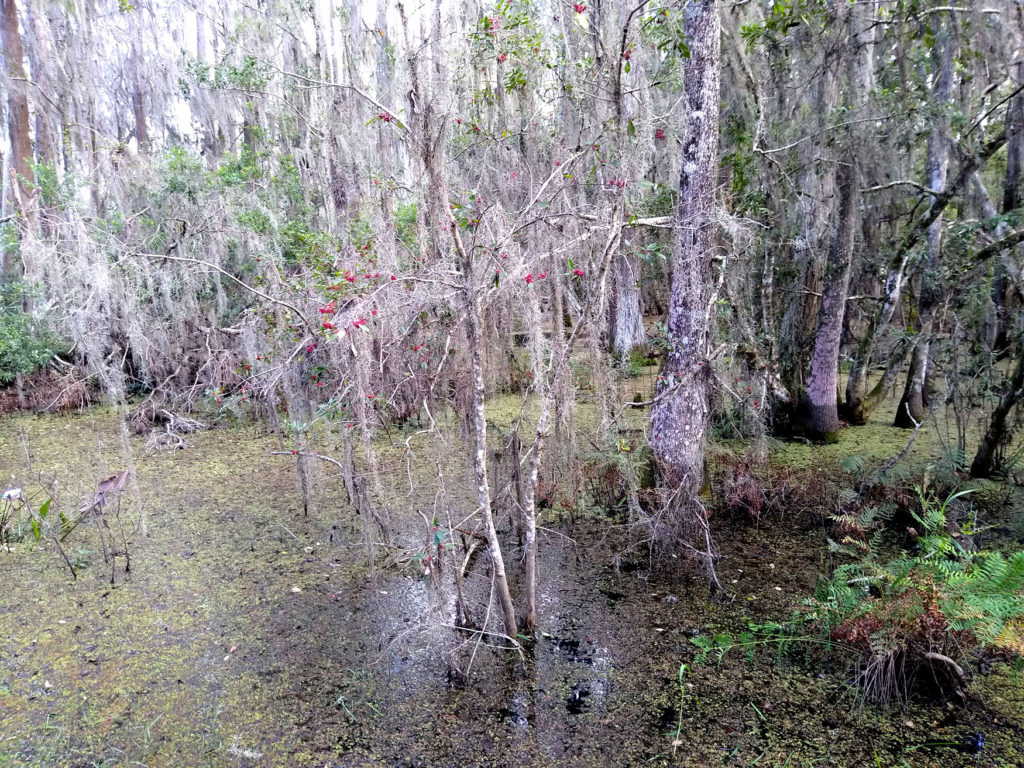
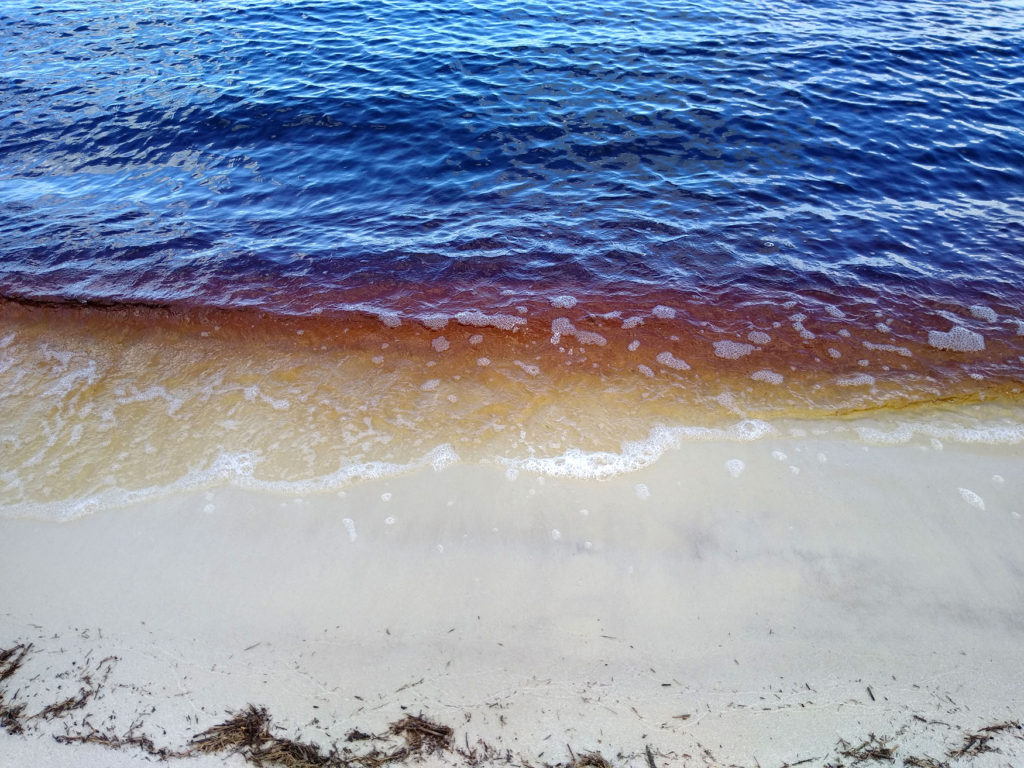
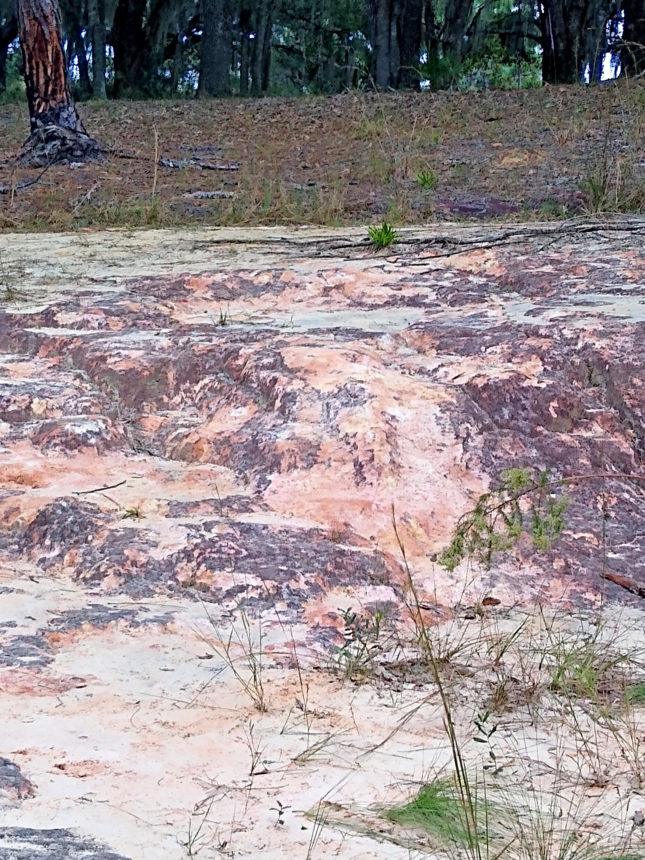
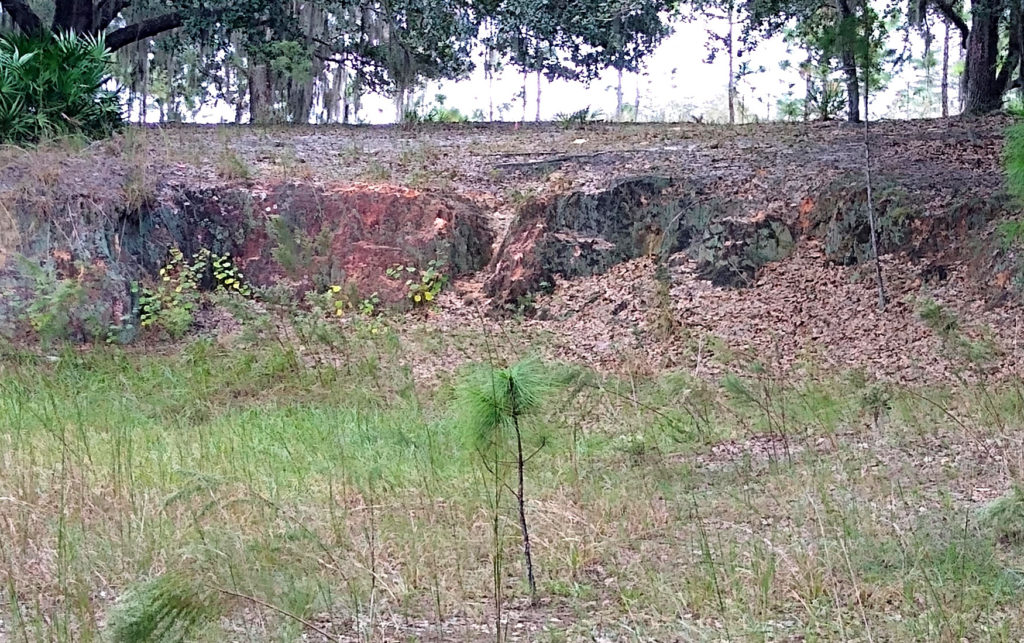
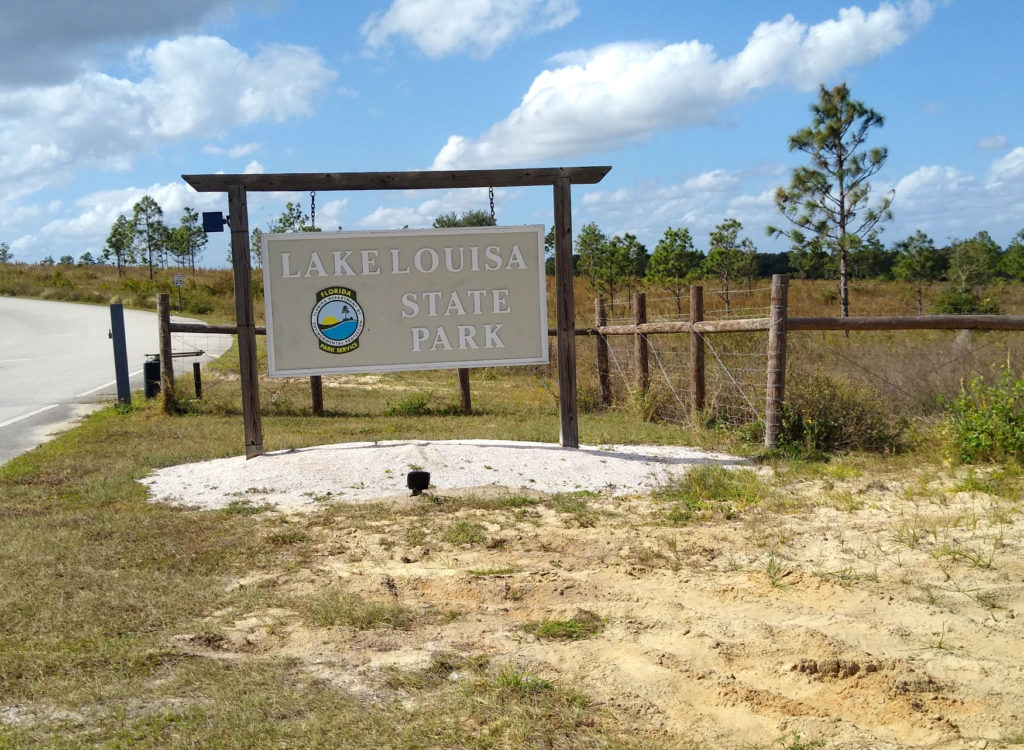
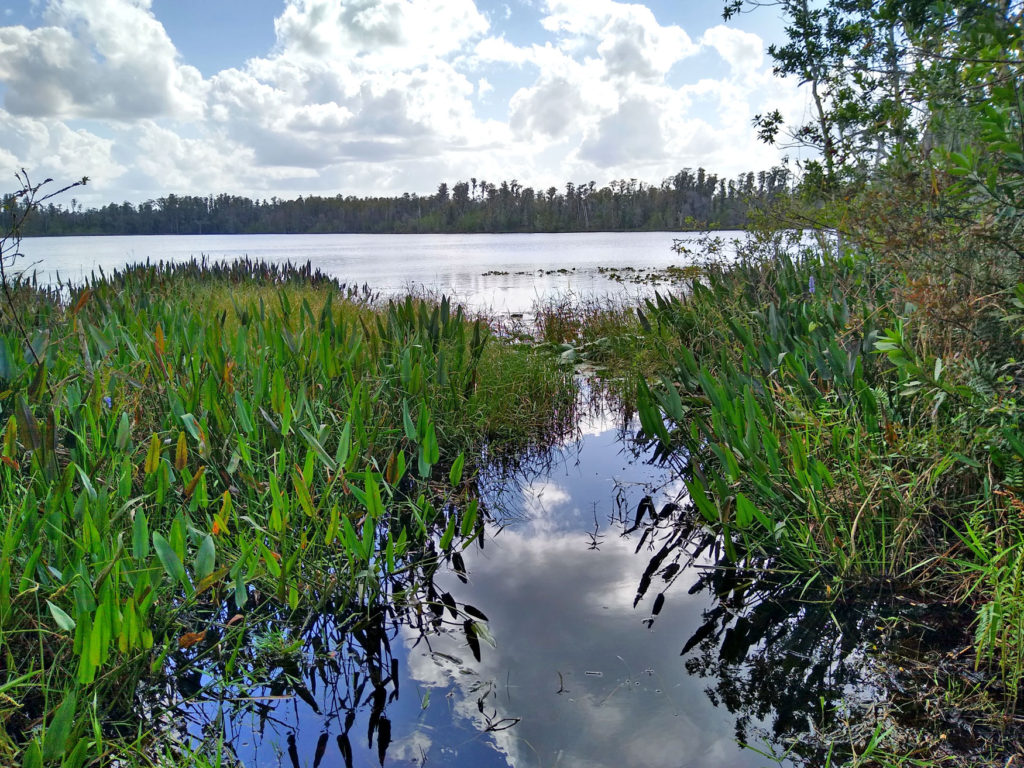
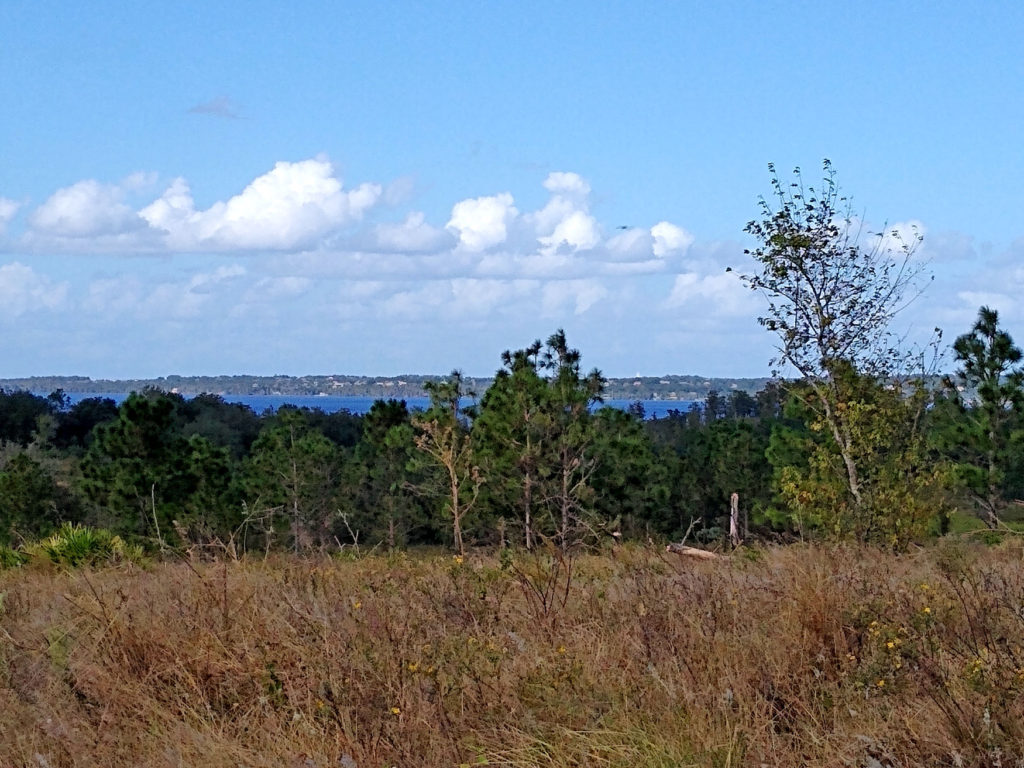
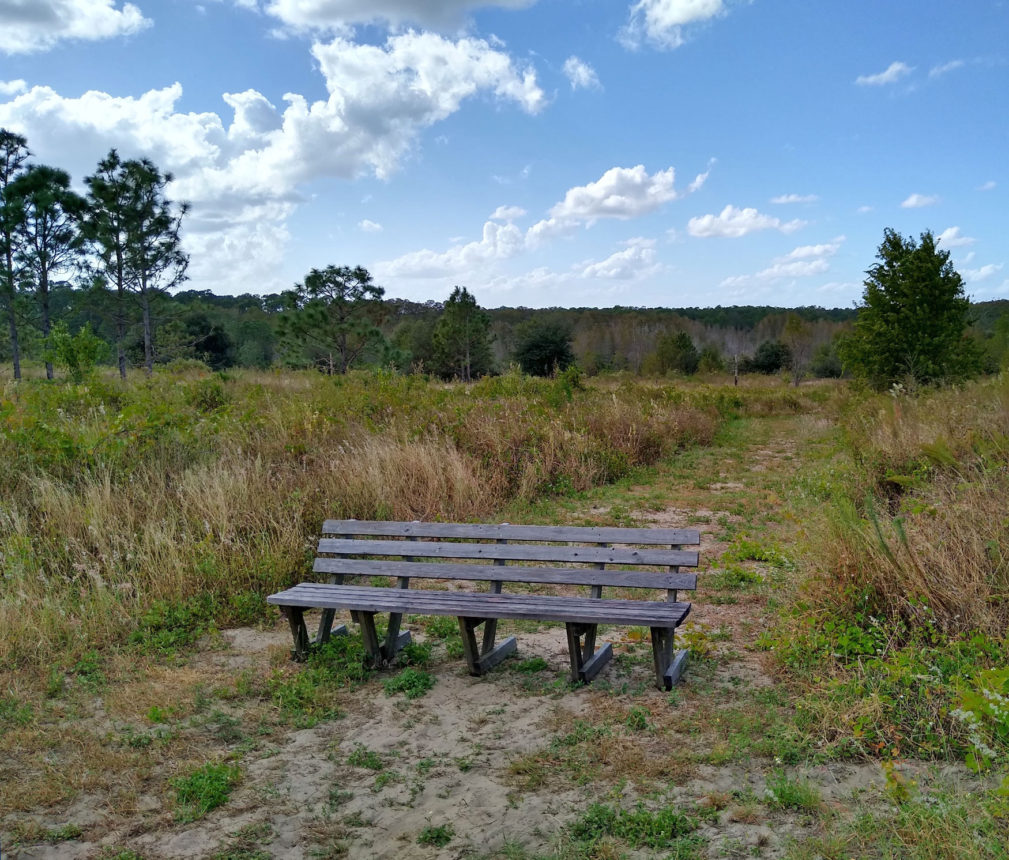
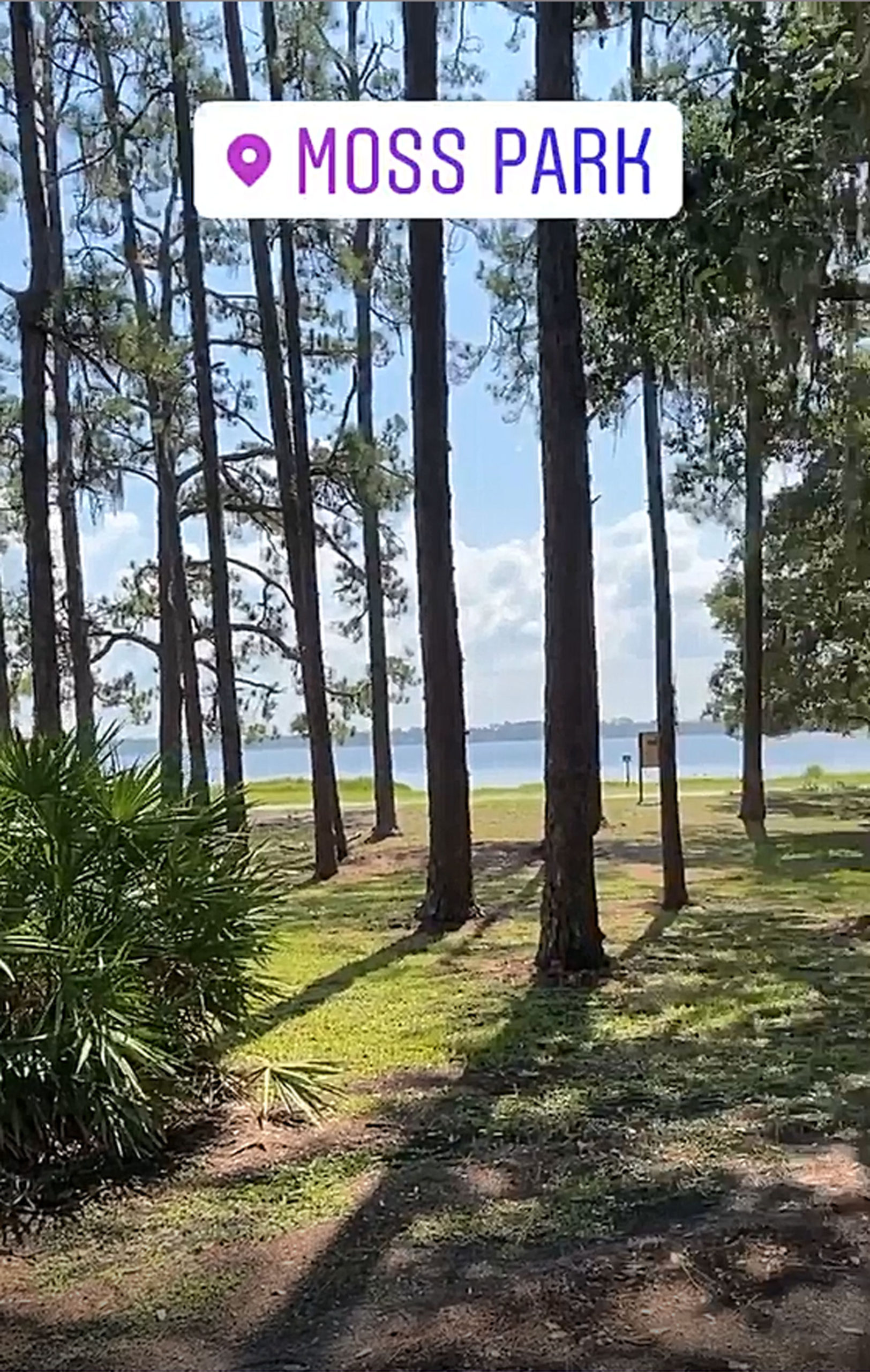
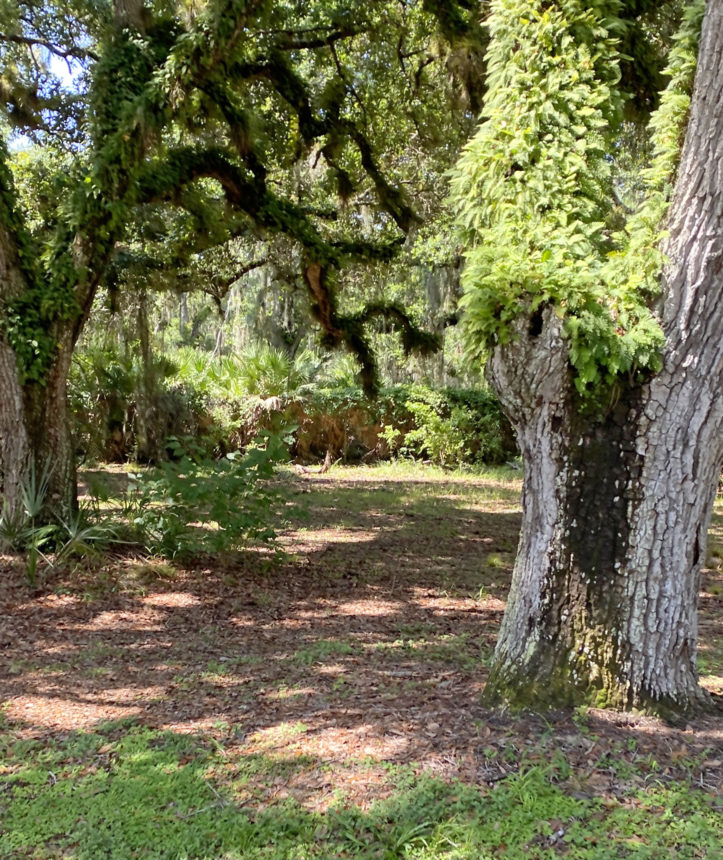
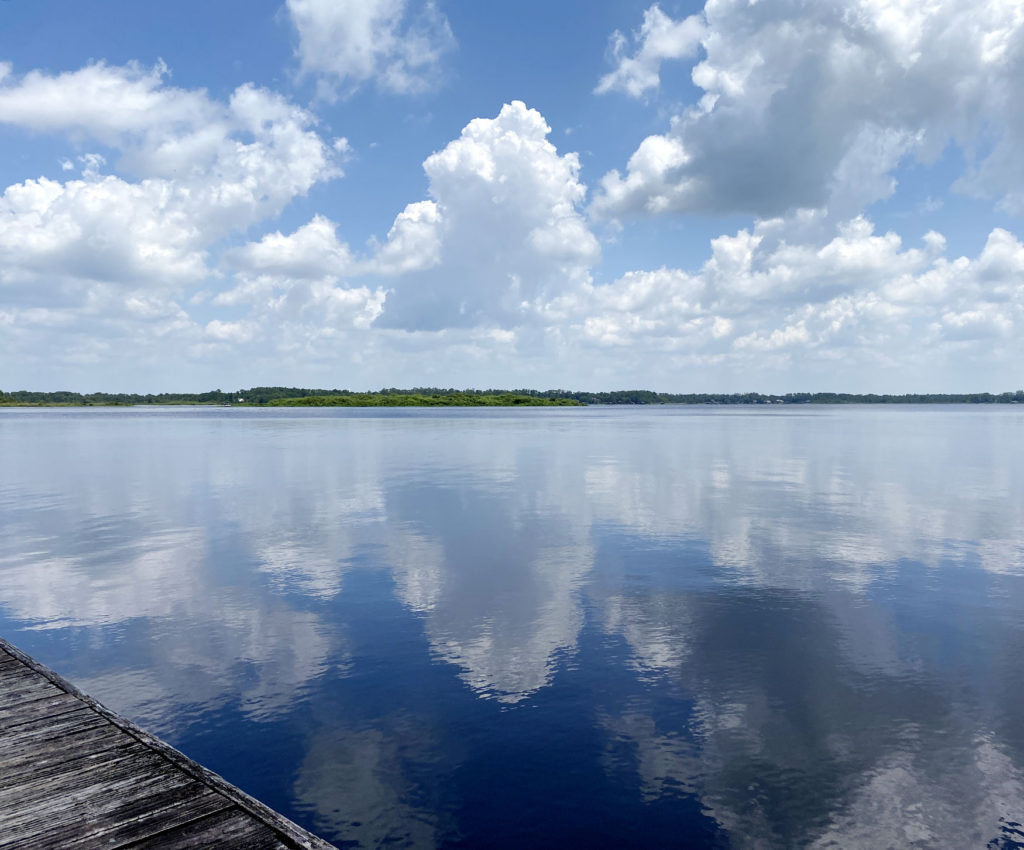
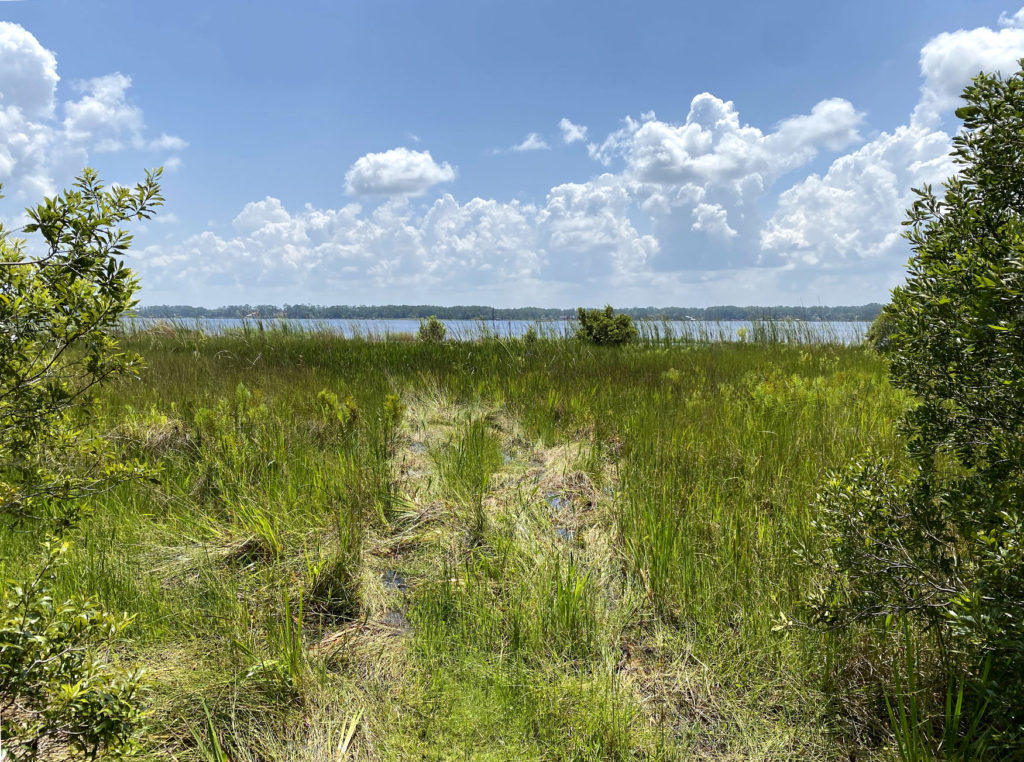
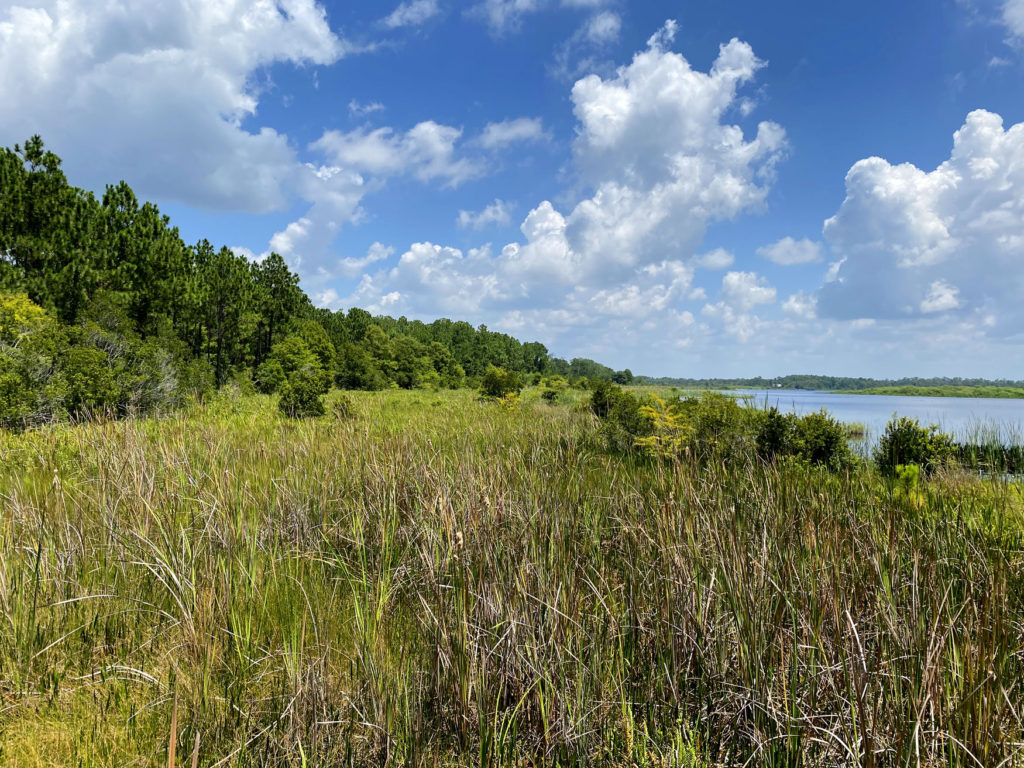
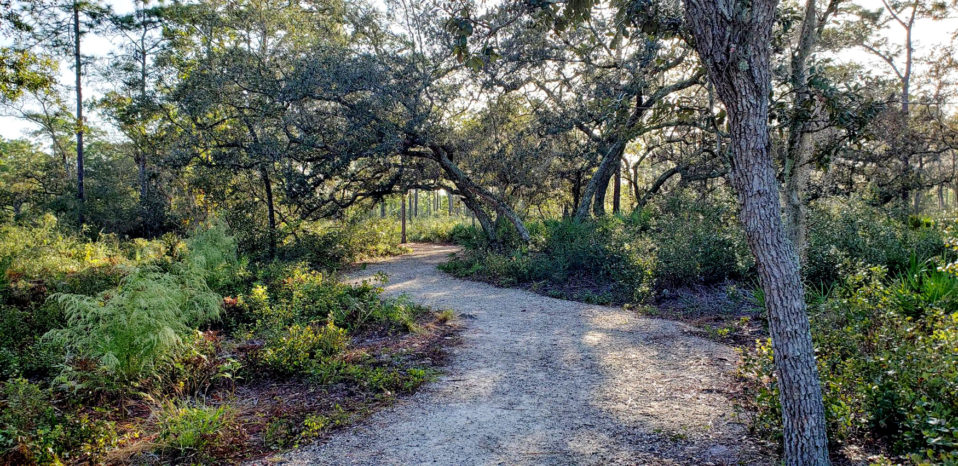
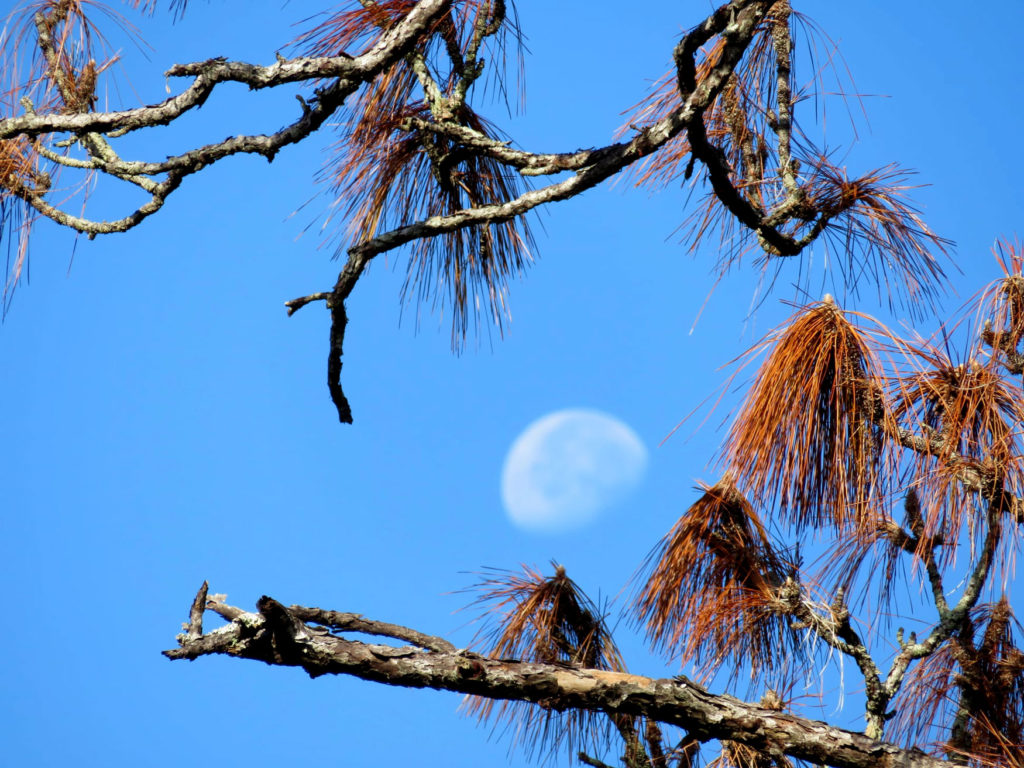
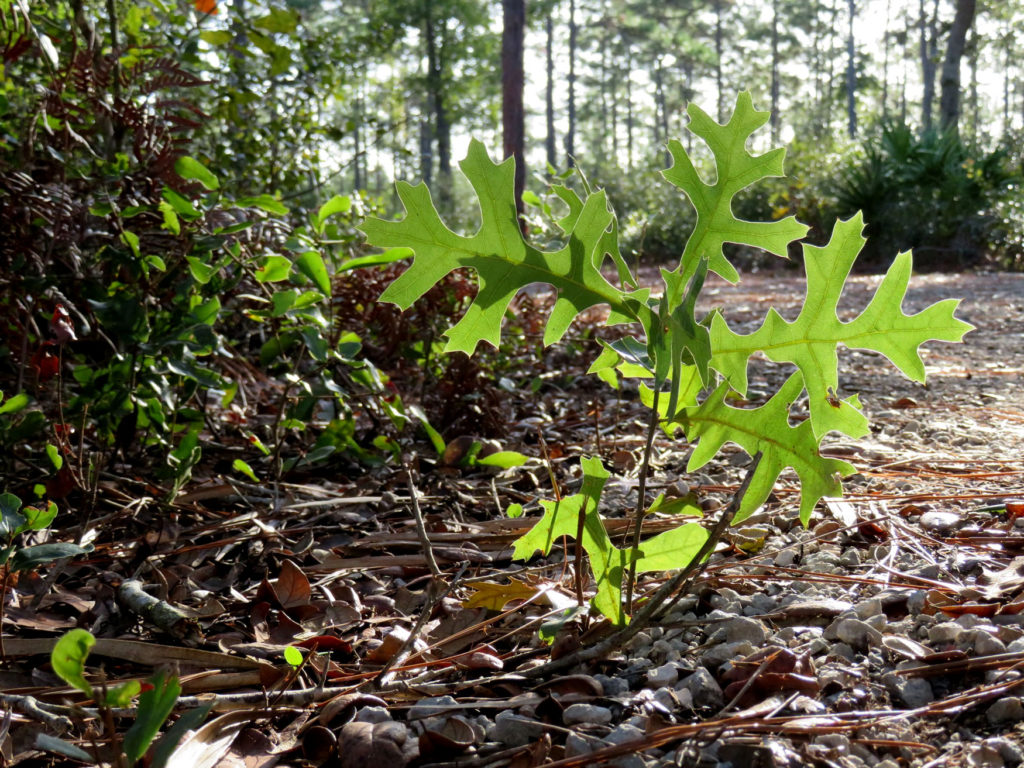
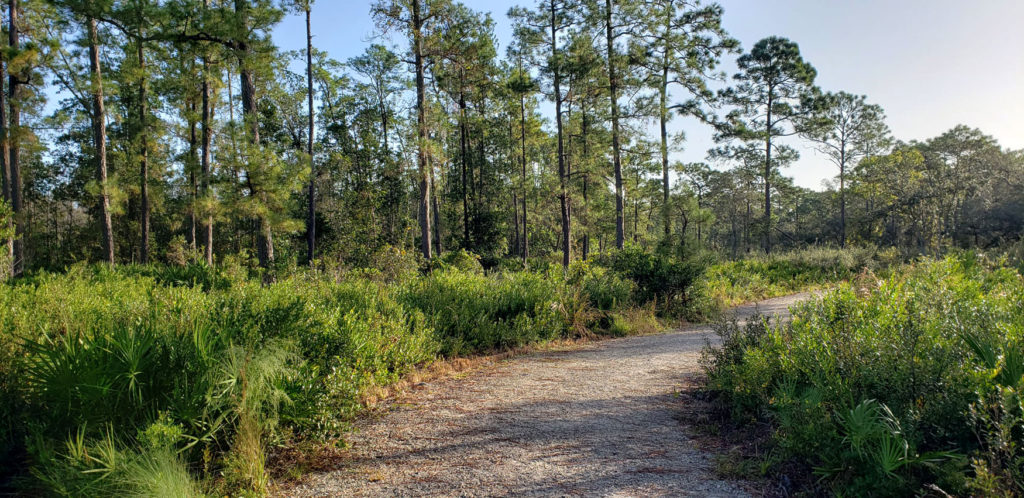
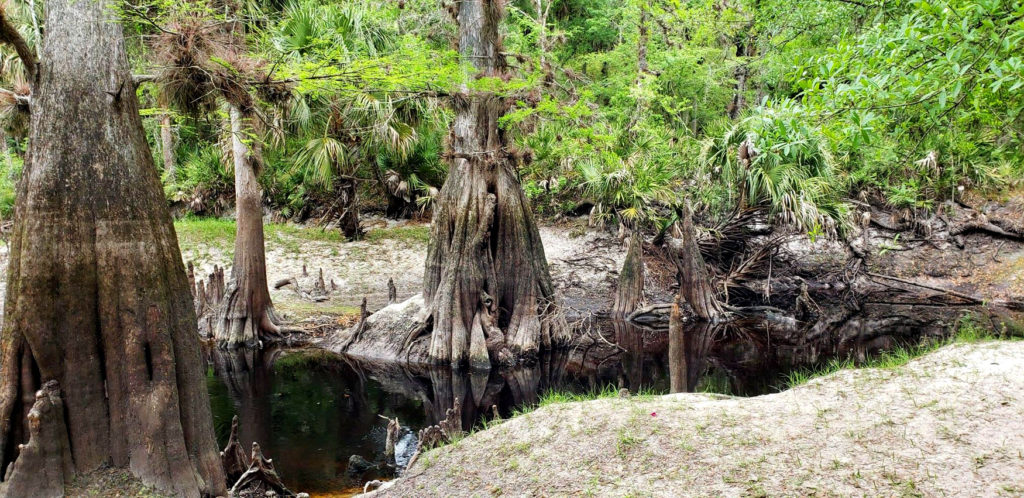
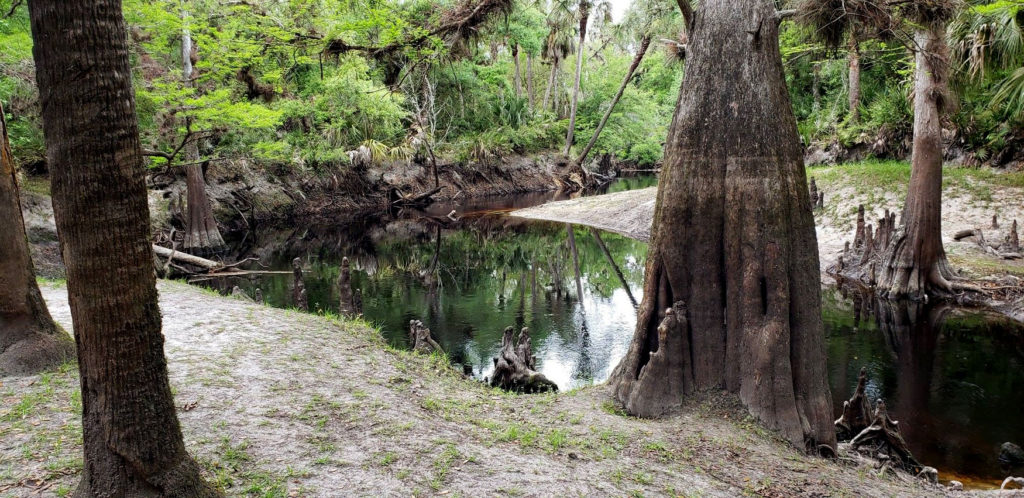
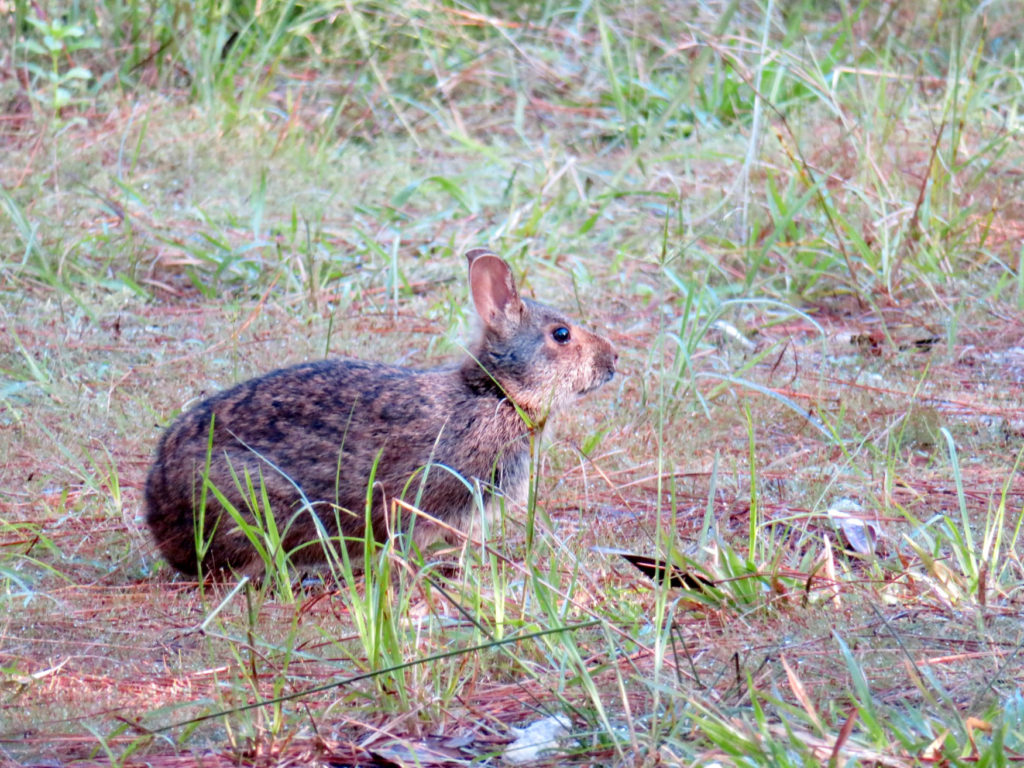
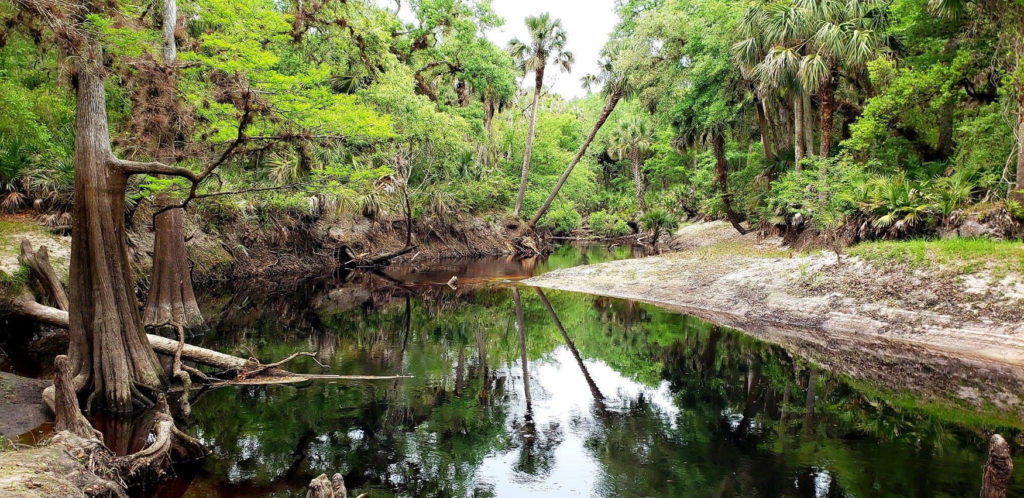
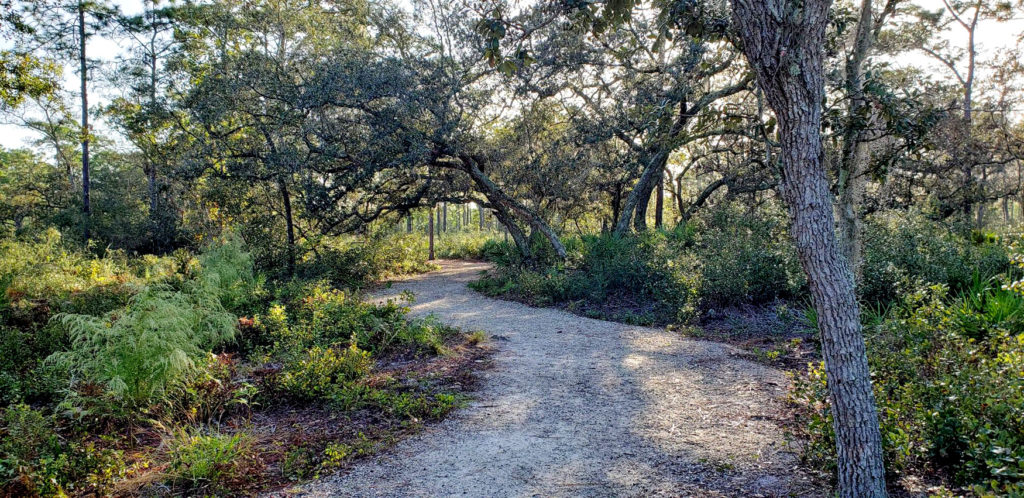
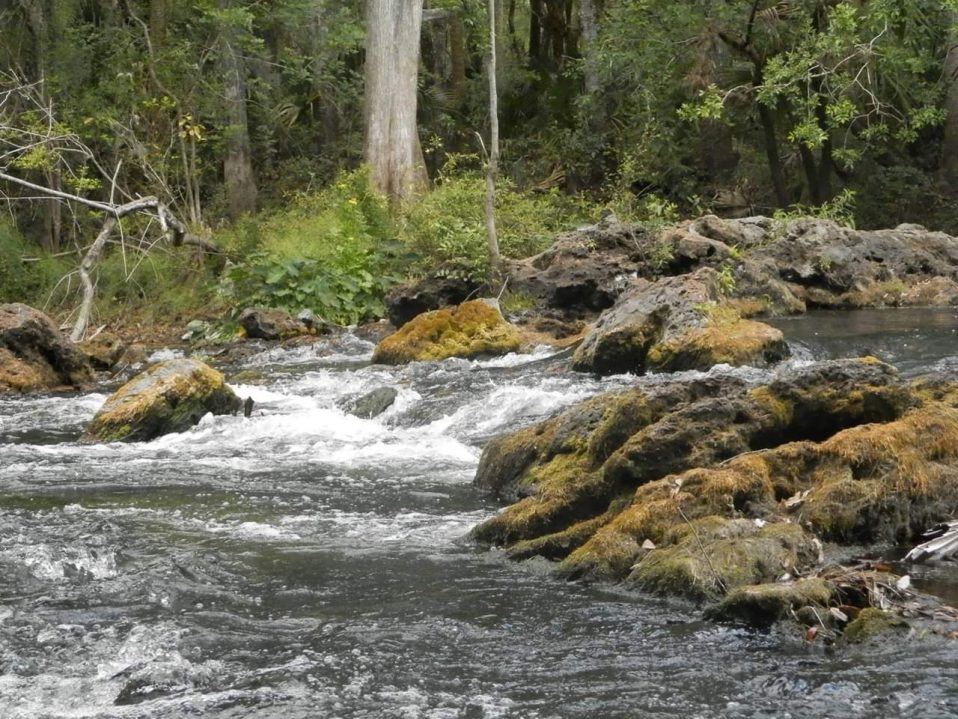
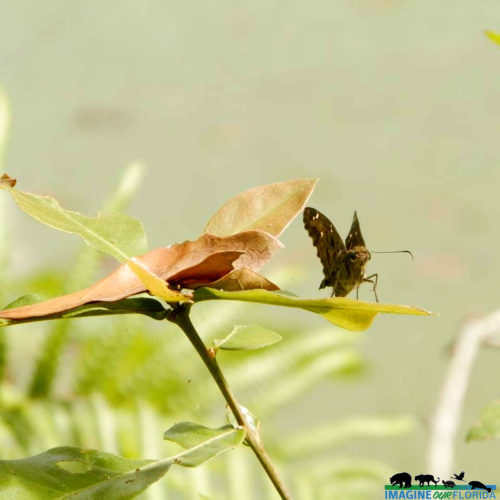
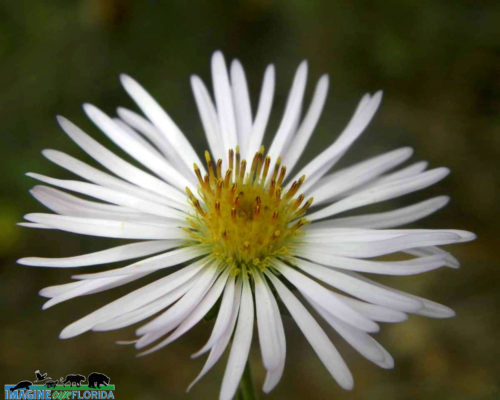
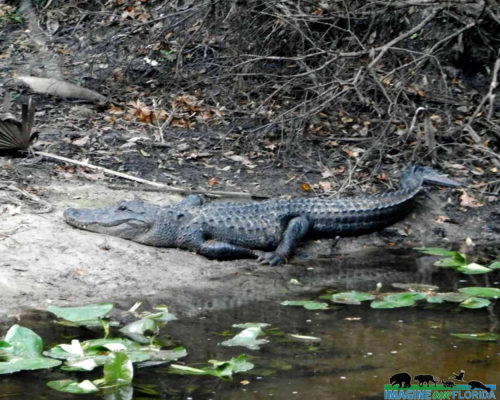
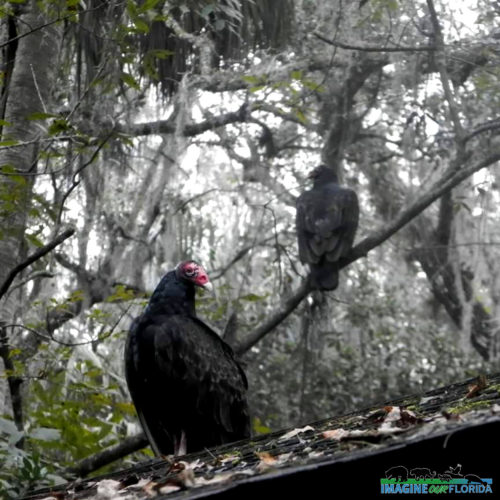
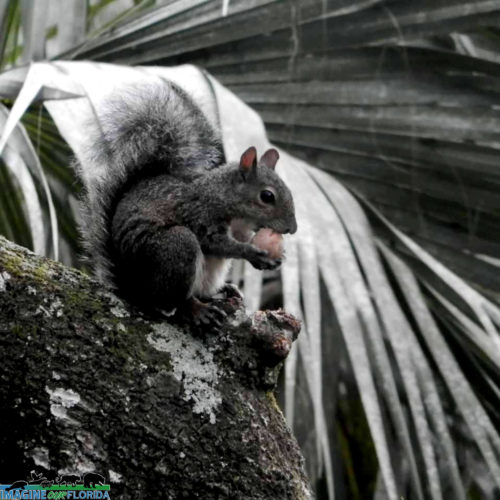
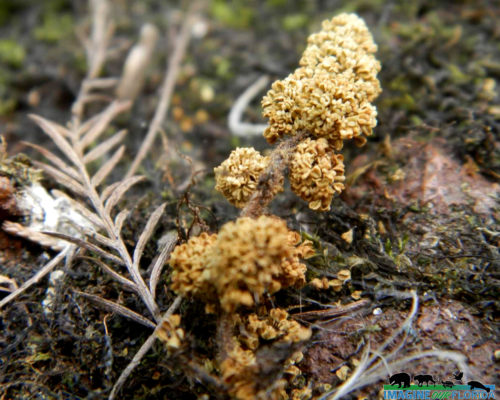
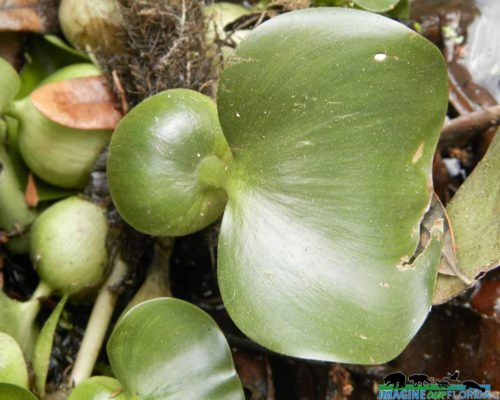
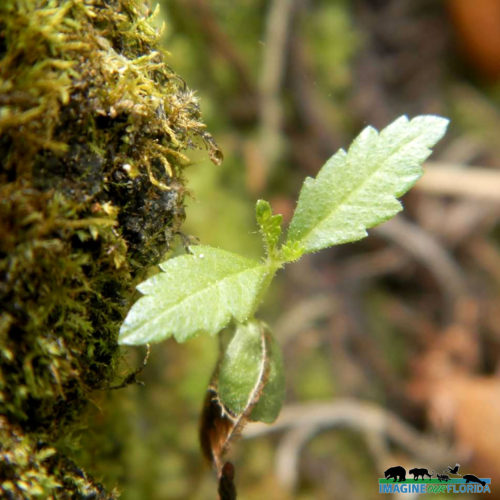
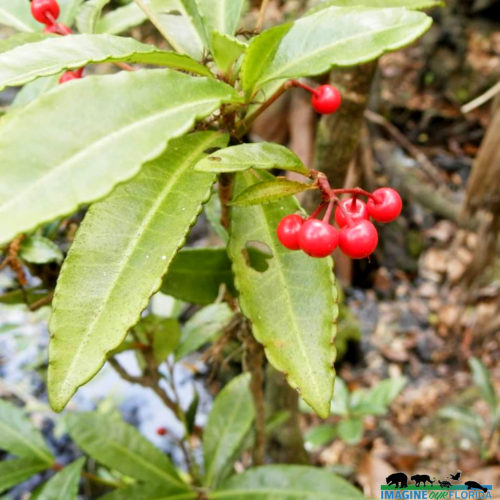
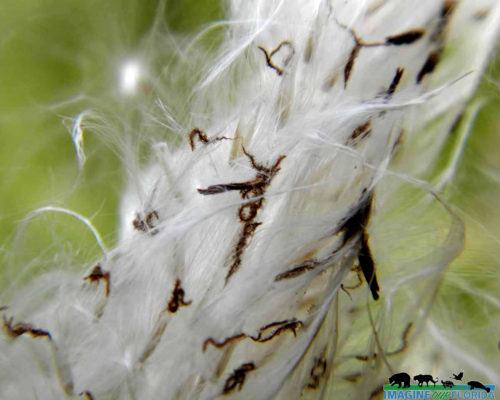
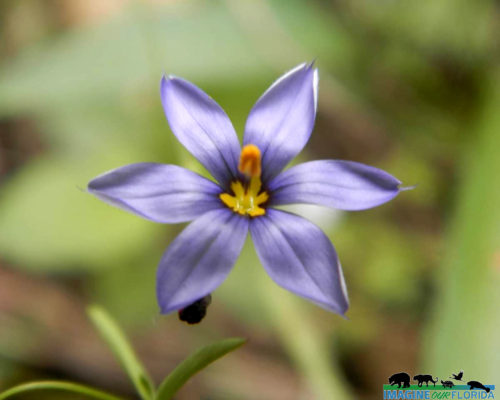
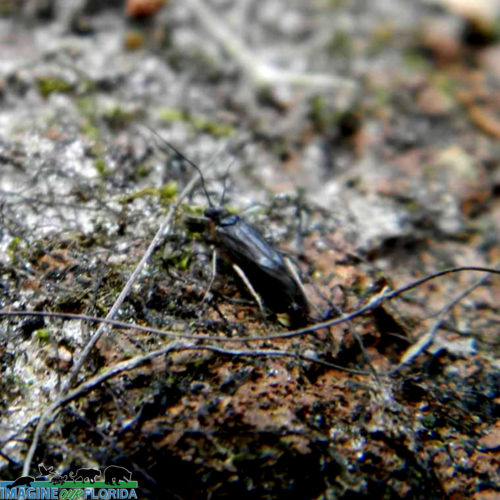
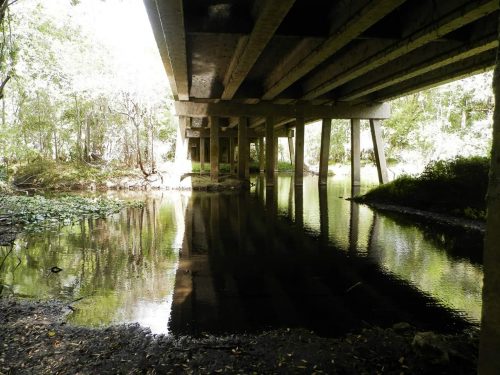
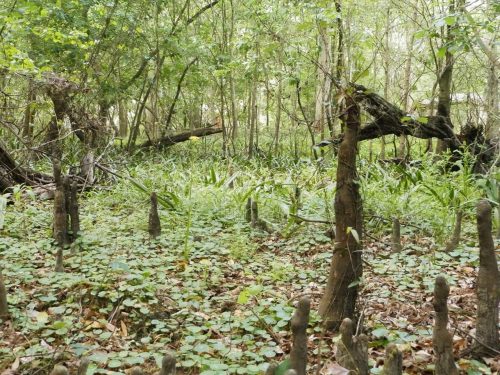


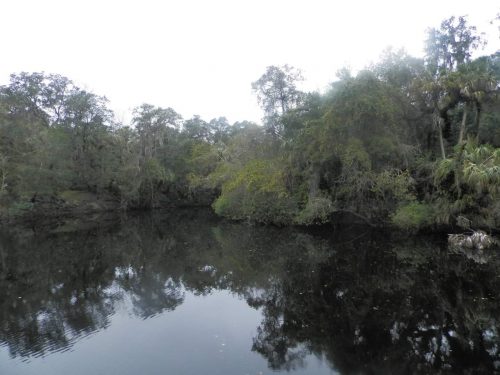
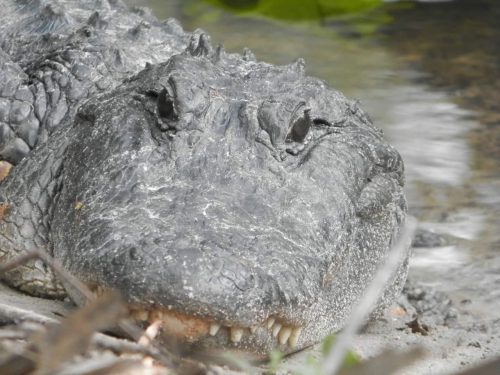
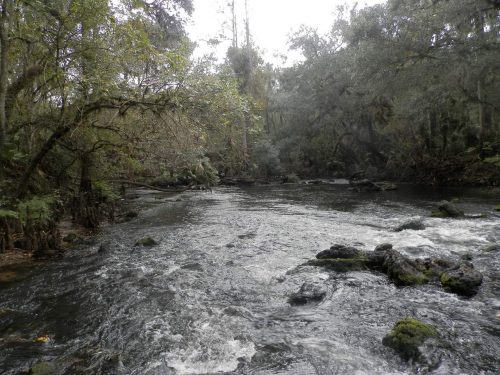
Recent Comments